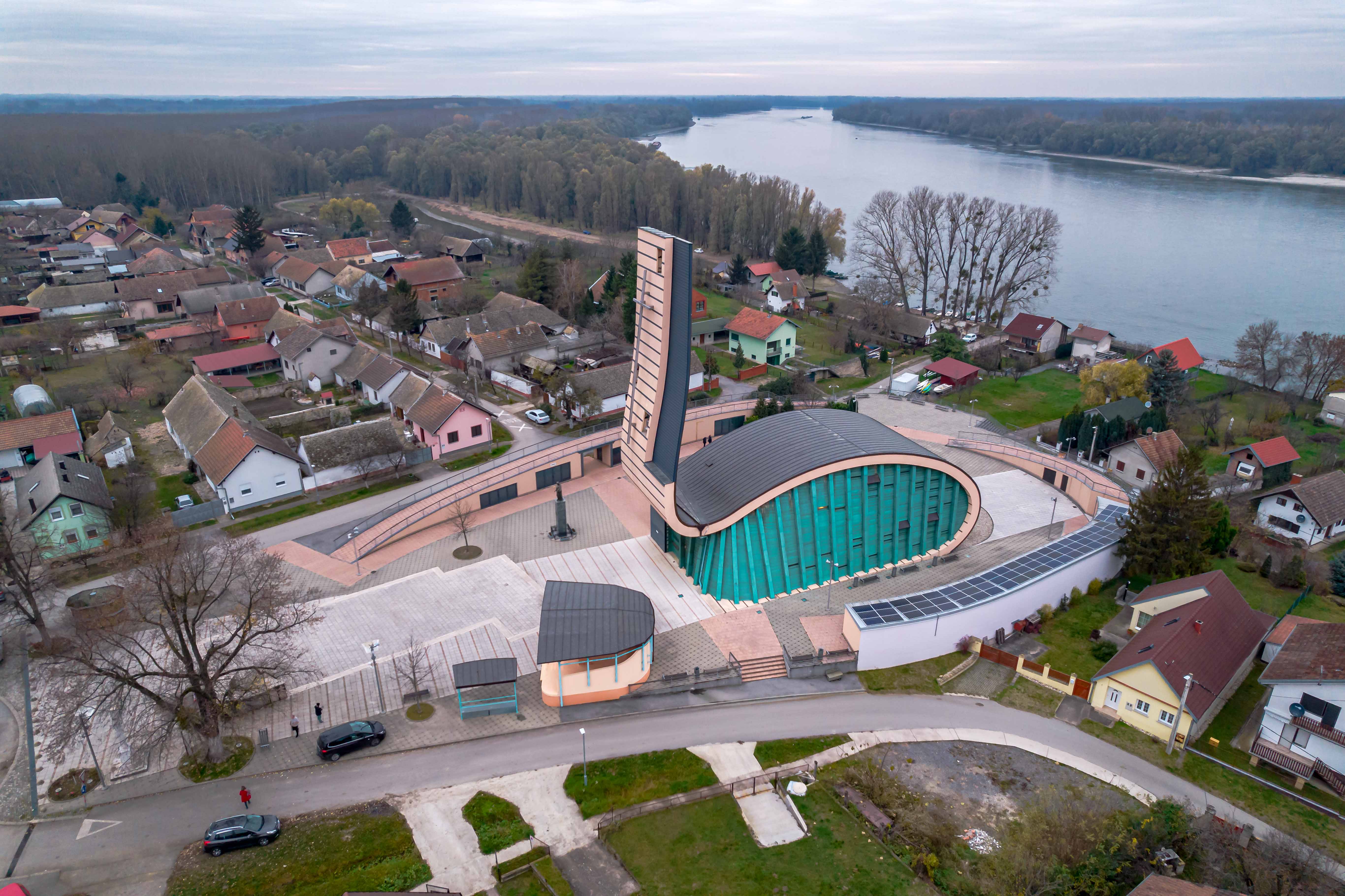River Cruises on Danube, Drava, and Sava Coming Back in Style
August 22, 2022 - The trend that saw continuous growth before the pandemic, river cruises, seems to be coming back in style. From this year, all Croatian river tourism piers will welcome guests with a uniform visual identity.
As SiB writes, from this summer going forward, Croatian river piers will have a common visual identity. A logo, six identical masts, and seven flags were created for the Danube ports of Aljmaš, Batina, Vukovar and Ilok, the Drava port in Osijek, and the Sava ports in Slavonski Brod and Sisak.
The project is worth slightly less than HRK 92,000 and was fully financed by the Croatian Tourist Board, and was realized with the cooperation of the project holder, the Tourist Board of the Vukovar-Srijem County, and the regional tourist boards of Osijek-Baranja, Brod-Posavina, Sisak-Moslavina and the competent port authorities of Vukovar, Osijek, Slavonski Brod, and Sisak.
“With this joint project, our goal is to raise the awareness and interest of the tourism sector in the area of nautical tourism of river cruises. The common visual identity and its application at all seven river piers promotes and strengthens the visibility and position of the Croatian Danube and the Sava River on the market of organised tourist traffic for river cruises”, said Kristjan Staničić, director of the Croatian Tourist Board.
Before the pandemic, river cruises recorded continuous growth, and this year that trend has returned. Additional infrastructure investments on the Danube and Sava will make river tourism in Croatia more attractive.
“This is a rapidly growing product and market within which the Croatian Danube area has taken a significant position. According to data from the Port Authority of Vukovar, 339 dockings at Vukovar pier and 89 at Ilok pier were announced for this year. 75 dockings were announced in Batina, and 62 in Aljmaš, a total of 565 dockings only at the piers on the Danube. For comparison, in pre-pandemic 2019, a total of 557 river cruise ships docked on the Danube”, points out Rujana Bušić Srpak, director of the of the Vukovar-Srijem County Tourist Board.
For more, make sure to check out our dedicated Travel section.
The Story of Drava - Dravska Priča Visitor Centre Gaining Popularity
August 19, 2022 - Croatia's natural heritage is vast, and you will find something to soothe your soul on every step. From the Adriatic Sea in the west, to the Danube in the east, don't miss what is in between. Drava is the second longest river in Croatia. Witness its beauty and discover the Dravska Priča Visitor Centre where you can learn some of its many secrets.
As Glas Slavonije writes, the visitor centre of the Public Institution for the Management of Protected Areas of Nature and the Ecological Network of the Virovitica-Podravina County, Dravska Priča in Noskovci, has become one of the most attractive visitor destinations in Slavonia in recent years.

Photos: Dravska Priča
This Sunday, members of the Gudovac Women's Association visited the centre. In addition to seeing all the contents of the Visitor Centre, the visit was also an opportunity to agree on further cooperation in the implementation of the activities planned by the association. During the previous two months in Noskovci, the visitors included the employees and users of the Borova Care Home, the teachers of Antun Gustav Matoš Elementary School from Čačinci, the students and their teachers from the elementary schools Petar Preradović in Pitomača, Matija Petar Katančić from Valpovo, Ivana Brlić - Mažuranić from Virovitica, August Cesarec from Špišić Bukovica and primary schools Suhopolje and Ferdinandovac. With the expert guidance of the employees of the Institution, all visitors were presented with the contents of the Dravska Priča Visitor Centre.
As part of the study trip "Teci Dravo, teci...", organized by the Tourist Board of VPŽ and the Tourist Board of Dravski Peski from Kloštar Podravski, a group of journalists and bloggers from Croatia also visited Dravska Priča in Noskovci. Field teaching was also held there for students of the 1st year of the undergraduate studies of Hunting and Nature Protection of the Polytechnic in Karlovac, who got to know the ecosystem of floodplain and lowland forests along the Drava River through part of the program from the courses General Ecology and Zooecology, Applied Zoology, Geobotany, and Forestry. In addition, students investigated the presence of medium-sized and large mammals (otter, beaver, jackal, badger, fox, wild boar, deer...), the biology and ecology of bats, the ecology of grasslands, the presence of birds, etc. All this points to the different possibilities of the Centre, which also offers accommodation. Visitors can also prepare their own food, or have catering arranged.
In the first six months of 2022, the centre had 351 overnight stays, a total of 1,633 visitors, and approximately 500 more people participated in various activities, either as public institutions or as partners in various projects.

Given that many educational institutions, as well as other nature lovers and conservationists, have recognized the significance of Dravska Priča and its role in preserving the natural values of the area, GS asked the director of the public institution, Tatjana Arnold Sabo, what Dravska Priča offers and why the destination should definitely be visited.
“The Dravska Priča visitor centre offers a different view of nature, understanding nature, and simply experiencing nature. The contents of the Visitor Centre and its thematic decoration have been adapted for this. Each room has its own little story of our complete story, nature is not presented to visitors in a classic, museum way, looking at thigns and having someone talk about them. There are also different sounds, the possibility of smelling, interactive participation, discovering what our multimedia display offers. There is also the scientific aspect where visitors, especially those who stay with us for several days, after collecting samples in nature have the opportunity to analyse them in our bioresearch station. In addition, we have had a recovery facility for storks in the park of the centre for six years, and since last autumn we have had aviaries for birds of prey and a shelter for invasive species of red-eared turtles, and a month ago we got hawksbill turtles, which have also become our residents”.
Director Arnold Sabo says that the Dravska Priča Visitor Centre is currently implementing six different projects, while in the recent past there were periods when twice as many would be implemented at the same time. “But we are also preparing new projects”, says the director.
How good is your knowledge of eastern Croatia? Take the CROMADS test above - how many places do you recognise?
For more, make sure to check out our dedicated Travel section.
Discover the Croatian Danube: Fishing Village of Aljmaš (Part 1)
August 15, 2022 – The blue, the mighty, the grand, the Danube. One of the most important rivers in the world that was the lifeline of an entire civilisation in Vučedol remains an aspect of life without which life would be unimaginable everywhere along its course. The German, the Austrian, and the Hungarian Danube are well known. It is time to discover the Croatian Danube. From Osijek to Ilok, its course is adorned with picturesque little villages. In part one of the series, welcome to Aljmaš.
Located some twenty-six kilometres east of Osijek and the same distance north of Vukovar, between the slopes of Alma Mons, or Fruška Gora, and the bank of the Danube, this small fishing village patiently awaits the arrival of all who seek peace and quiet. Four streets, a thousand or so houses, one big church, some 350 people. Is that all there is? Of course not. Hundreds of years of history, legends, traditions, and the best fish stew you would ever hope to try. An easy, quiet lifestyle with all that you might need. Even business opportunities.

Photo: Dubravka Petric (PIXSELL)
It has been 785 years since the first mention of the name Aljmaš. The area itself, though, has hosted life since long before, and the locals keep finding remains of Roman architecture to this day. With its geographical position in proximity to the river, the settlement surely played an important role in the Roman empire. A theory excitedly discussed among the locals is that a yet-to-be-located battle between the Romans and the Illyrians might have happened in the valley of Aljmaš itself.
The historical importance of the village also lies in the fact that the well-known Hungarian humanist and poet Janus Panonnius was born in none other than Aljmaš. Though Čazma was previously believed to be his birthplace, his verses confirm that it was indeed “Where the Drava surrounds its name and water to the Danube”. And during the Austro-Hungarian rule, it was the beloved summer garden of Maria Theresa.
As for other popular sources of debate, there is an interesting theory that explores the possibility that Novi Sad in Serbia was built by settlers from Aljmaš, somewhat resembling the New Amsterdam story. In the early 18th century, when the plague was the main threat in Europe, a group of people from Aljmaš apparently sailed out on a raft down the Danube to escape the disease. They might have settled some 130 km east, around the area of today’s Novi Sad. To confirm this theory, the locals point out that the streets of Aljmaš were called sadovi, which is an old Slavic word for garden, and the name Novi Sad, you guessed it, means a new garden. Secondly, Novi Sad, the city is only about three hundred years old, which would correspond to the time of movement.
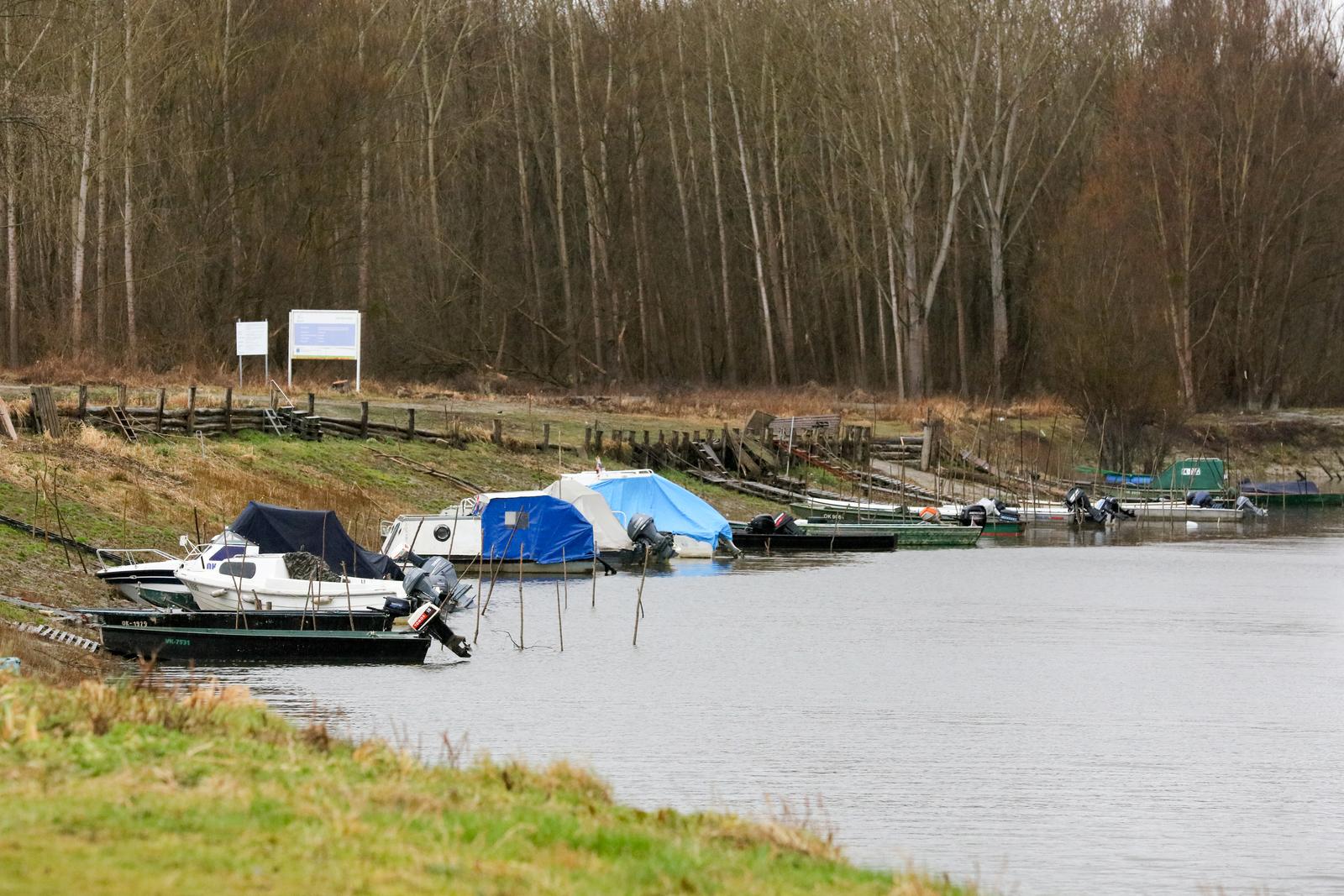
Photo: Dubravka Petric (PIXSELL)
Modern Aljmaš lived its golden age between the two world wars, when 1446 people lived there, who owned 46 businesses, and the village had 2 butchers and 3 bakeries. It was an important port on the way from the Black Sea to Budapest, which, as you can imagine, ensured that the birth rate would steadily grow. It was also an important weekend and summer home for the nobles of Osijek and Vukovar who needed a quiet place in nature, especially those who liked fishing. After the second world war, as well as the Homeland war, the population of Aljmaš unfortunately significantly declined, leaving it at approximately a quarter of what it used to be.
It is, however, slowly being rediscovered. Trying to escape a busy hectic lifestyle, many will naturally gravitate towards picturesque little places like this to spend their holidays, weekends, or retirement, but people have also started permanently moving there to live a relaxed life and raise their children in a safe environment where nature still dictates the way of life.
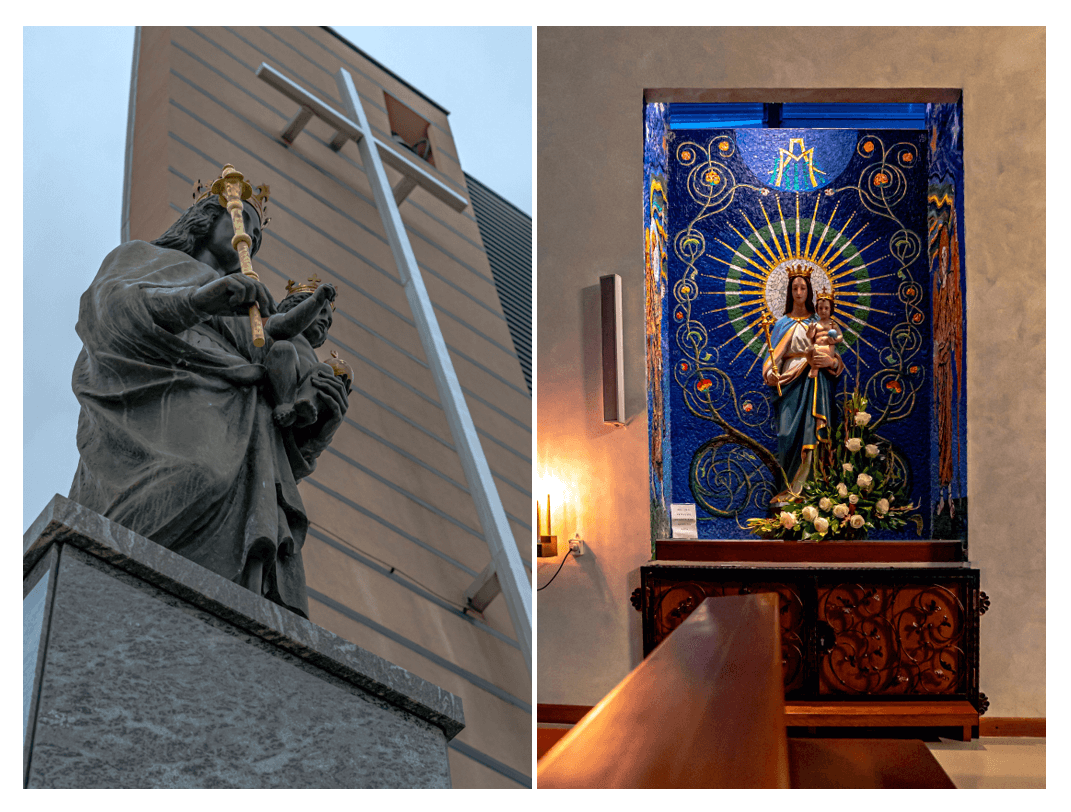
Photos: Steve Tsentserensky
Catholicism has always played a very important role here, so much so that even during the Ottoman rule when many were forced to convert to Islam, Aljmaš remained a Catholic settlement. Nowadays, it is one of the famous places of worship and pilgrimage in the name of Mary. Even though a legend does exist of a sighting of the Virgin Mary, the reason why Aljmaš became her home is different. In 1704, a statue of Mary was brought from the village of Lug in Baranja to save it from the rebellion that was brewing there against the Habsburg monarchy. A humble little church made of branches and mud stood in Aljmaš to provide shelter. Mary has been the symbol of Aljmaš ever since. In 1846 the village church burnt down, along with the statue, only leaving a painting of the former statue. A new baroque church was built, and the bishop Josip Juraj Strossmayer financed a new statue to be made in Vienna. During the Homeland war in 1991, the said church was heavily bombarded and taken down, and the statue was believed to be destroyed. In 1992, however, a Russian UN soldier found the statue with only the crown and a part of one arm missing, dressed it in his vest, and put a helmet on it to conceal it and safely transport it to Osijek. Just like the people of Aljmaš, it spent years in exile. It remained in Osijek until 1998 when it was taken back to Aljmaš. The road, of course, was the Danube. It was taken on a boat, with hundreds of fishing boats following.
Photo: Steve Tsentserensky
With the old church destroyed and the statue of Mary having been returned to Aljmaš, the local government decided to invest in a new place for worship and built the new, monumental church in 2003. It is famous for its architecture, but this does spark debate among the locals. While some think that its modern design draws people in, others disagree since its architectural integrity might not be the best, and it is questionable how long the church will withstand the humidity and the winds from the Danube.
One thing is for sure, though. The church is still an important place not only for the residents of Aljmaš but for many who visit to pray and contemplate. Without a doubt, the most important date remains today, August 15, marking the Assumption of Mary. Year after year, the holy mass in the open gathers thousands of pilgrims. Though it is a quiet celebration, the village comes alive in its former glory with people walking, talking, praying, and the children all gathering around the little stalls for ice cream, cotton candy, or plastic toys.
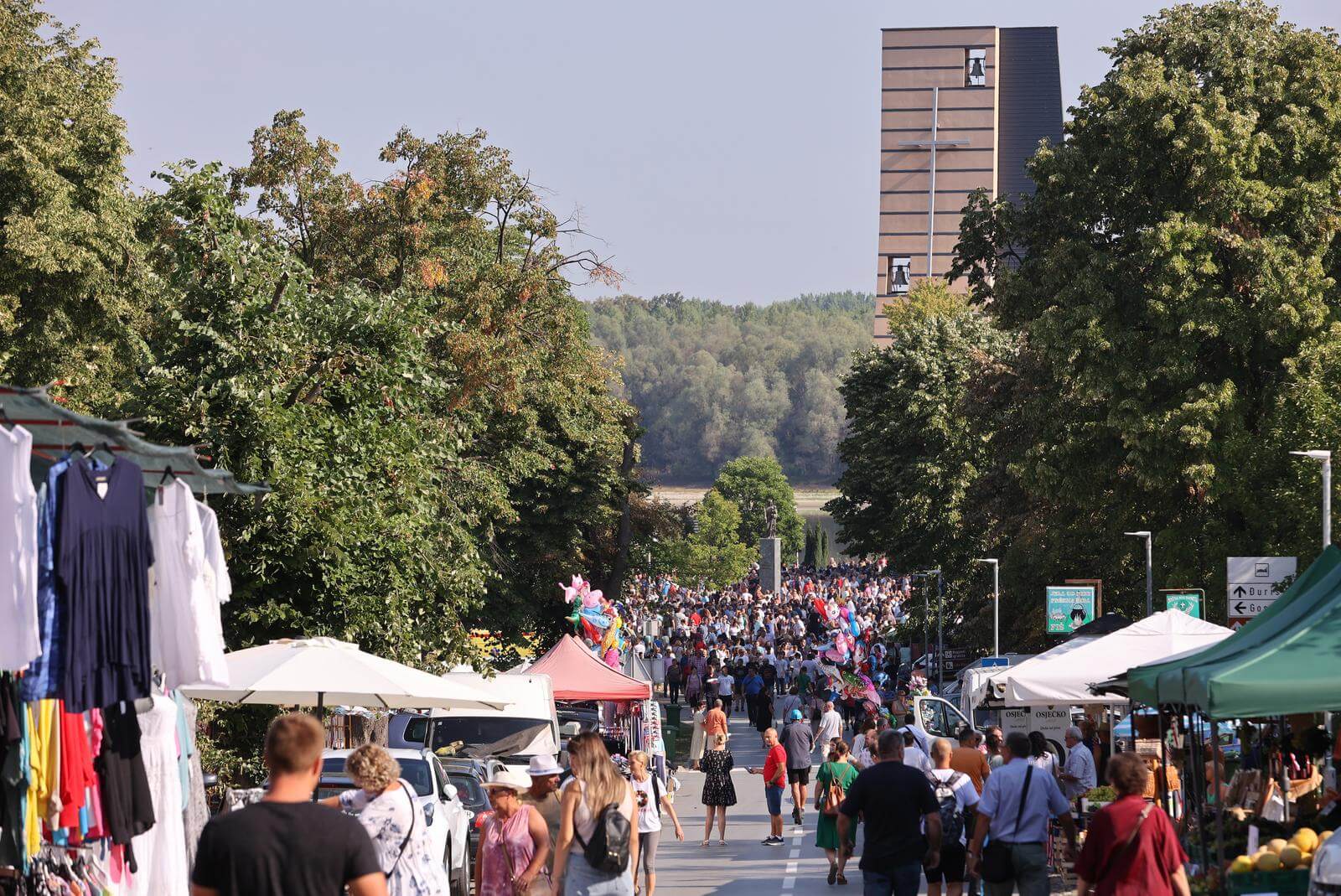
Photo: Davor Javorovic (PIXSELL)
Even though August 15 remains the most important day for Aljmaš, it is not the only day when something happens. The locals gathered in cultural societies make sure that the traditions keep on living, and that daily life is still eventful. To find out more about the local customs and traditions which live on, how the village Google makes sure they know it all, why foreigners keep buying houses there, and when you should make sure you visit, stay tuned for part 2 next week on TCN.
Special thanks to Marina, a tourist guide from Aljmaš, who works hard to keep tradition alive and who happily shared her stories with TCN.
How good is your knowledge of eastern Croatia? Take the CROMADS test above - how many places do you recognise?
For more, make sure to check out our dedicated Lifestyle section.
PHOTOS: Snowy Riversides and Magical Mountains of Croatia in January 2022
January 28, 2022 – The snowy riversides and magical mountains of Croatia in January 2022 show a spectacular and all-natural winter wonderland.
Snow finally stuck to the streets of central Zagreb for a couple of days this week. Early morning temperatures dropped to the lowest yet of this winter. Despite the chill, clear skies and sunshine days were enough to see the snow soon melt away.
But, far from the city, the snowy riversides and magical mountains of Croatia in January 2022 have kept their white blanket for longer. These all-natural landscapes look epic after the snowfall. For winter walkers and climbers – or even just lovers of photography – these images are way more spectacular than the bright lights and theatre of the Advent season.
Let's take a closer look at the winter wonderland of snowy riversides and magical mountains of Croatia in January 2022.
Gorski Kotar
Delnice, Lokve, Fužine, Stara Sušica, Ravna Gora
 © Turistička zajednica Gorskog kotara
© Turistička zajednica Gorskog kotara
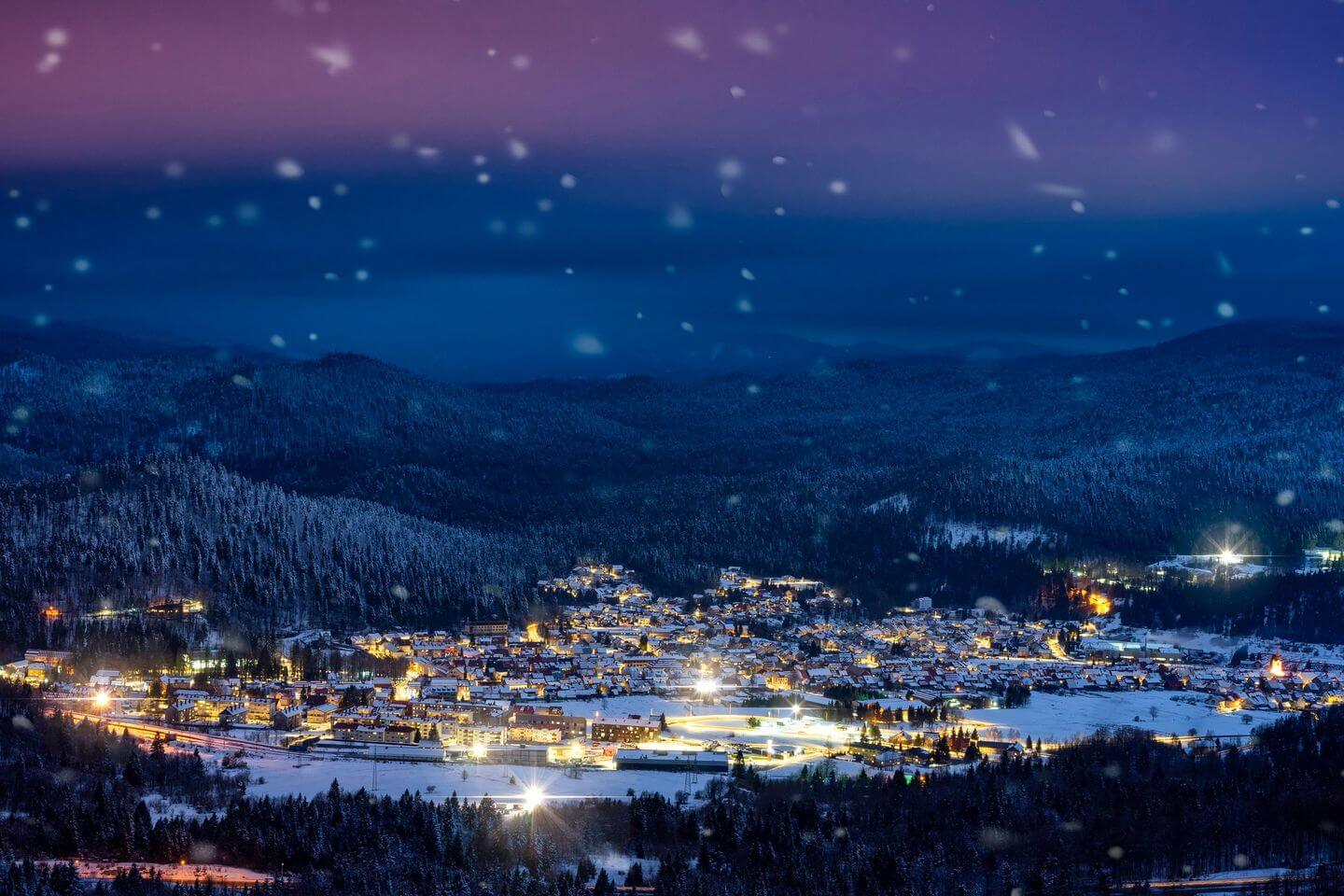 © Turistička zajednica Gorskog kotara
© Turistička zajednica Gorskog kotara
 From above, Dvorac Stara Sušica © Vladimir Franolić
From above, Dvorac Stara Sušica © Vladimir Franolić
 © Branko Lautar & Višnja Bolf
© Branko Lautar & Višnja Bolf
 Jezero Bajer near Fužine © Marino Kirinčić
Jezero Bajer near Fužine © Marino Kirinčić
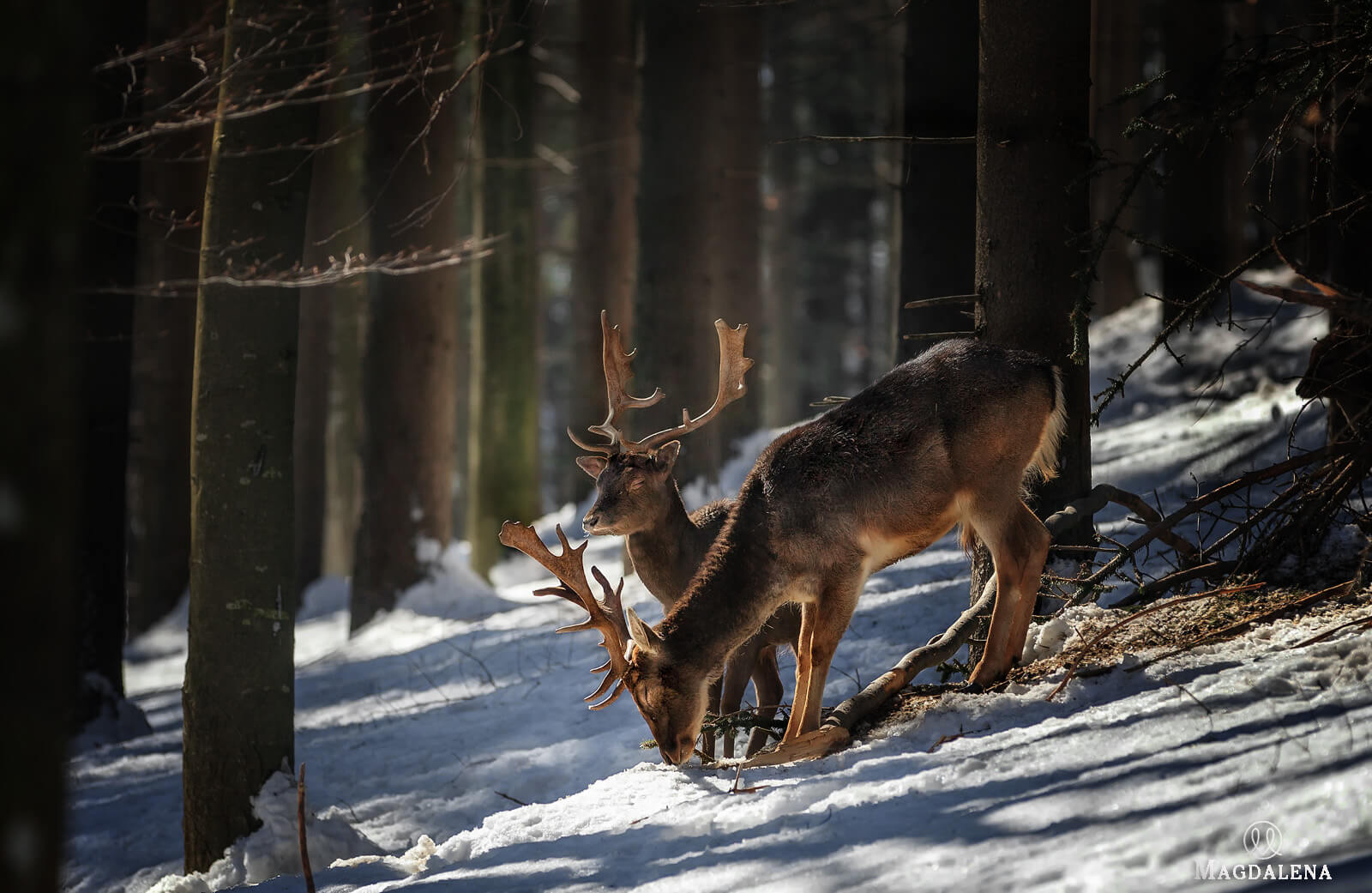 © Branko Lautar & Višnja Bolf
© Branko Lautar & Višnja Bolf
 © Turistička zajednica Gorskog kotara
© Turistička zajednica Gorskog kotara
 Another view of Dvorac Stara Sušica © Branko Lautar & Višnja Bolf
Another view of Dvorac Stara Sušica © Branko Lautar & Višnja Bolf
Risnjak National Park and Snježnik Hrvatski
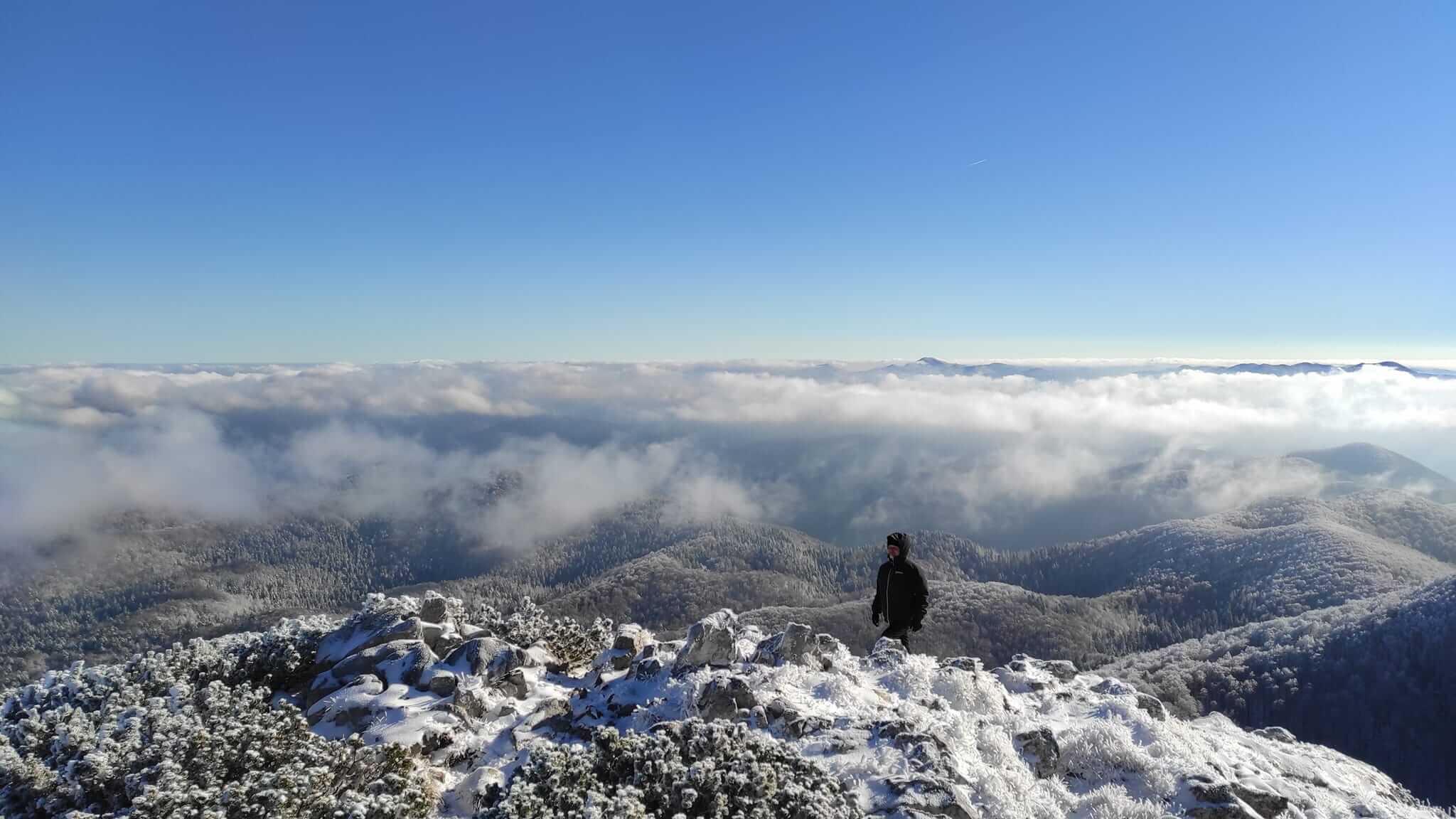 © Risnjak National Park
© Risnjak National Park
 Snježnik hrvatski © Ivan Ćuća-Žentil
Snježnik hrvatski © Ivan Ćuća-Žentil
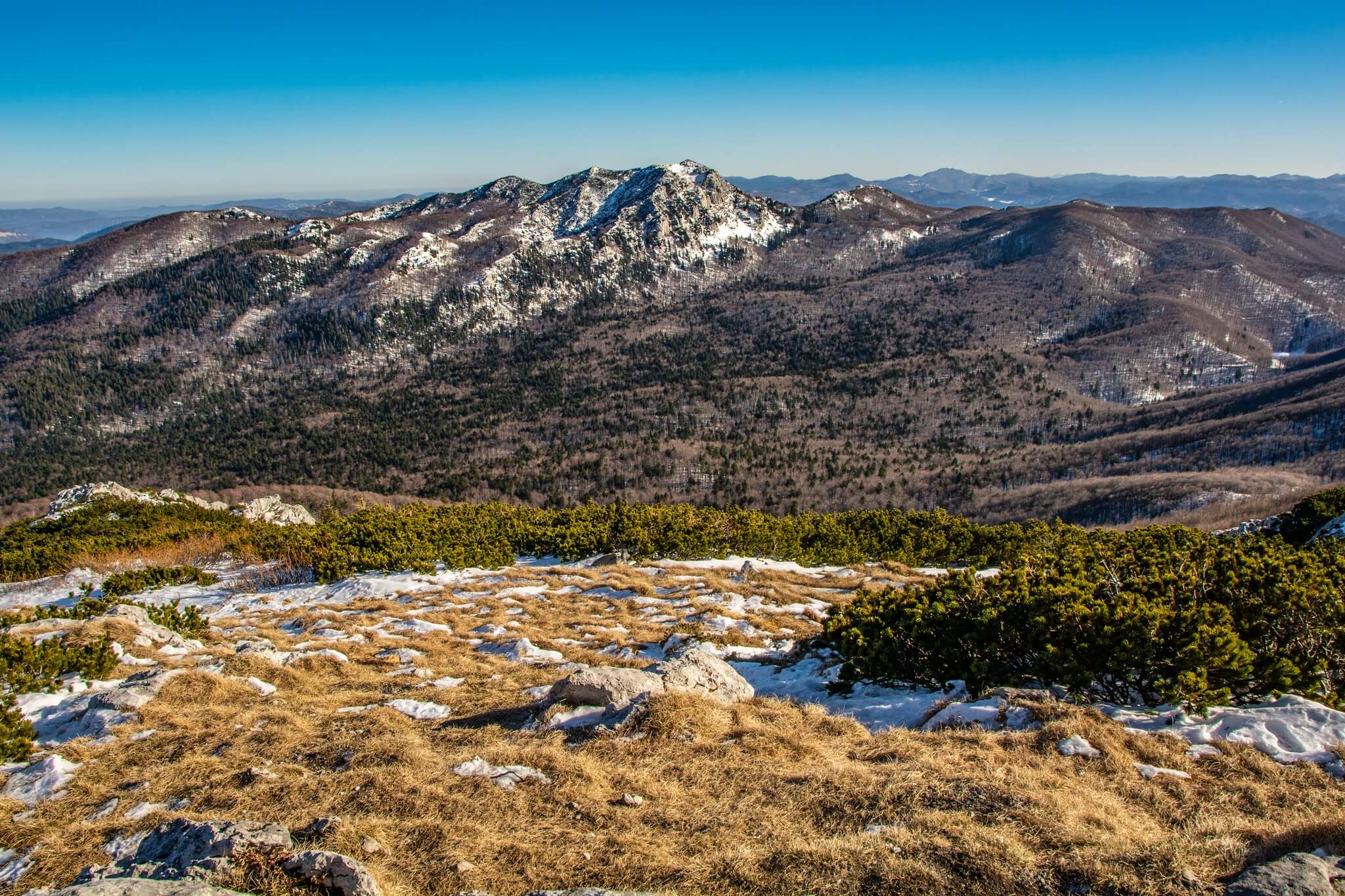 Snježnik hrvatski © Ivan Ćuća-Žentil
Snježnik hrvatski © Ivan Ćuća-Žentil
 Snježnik hrvatski © Ivan Ćuća-Žentil
Snježnik hrvatski © Ivan Ćuća-Žentil
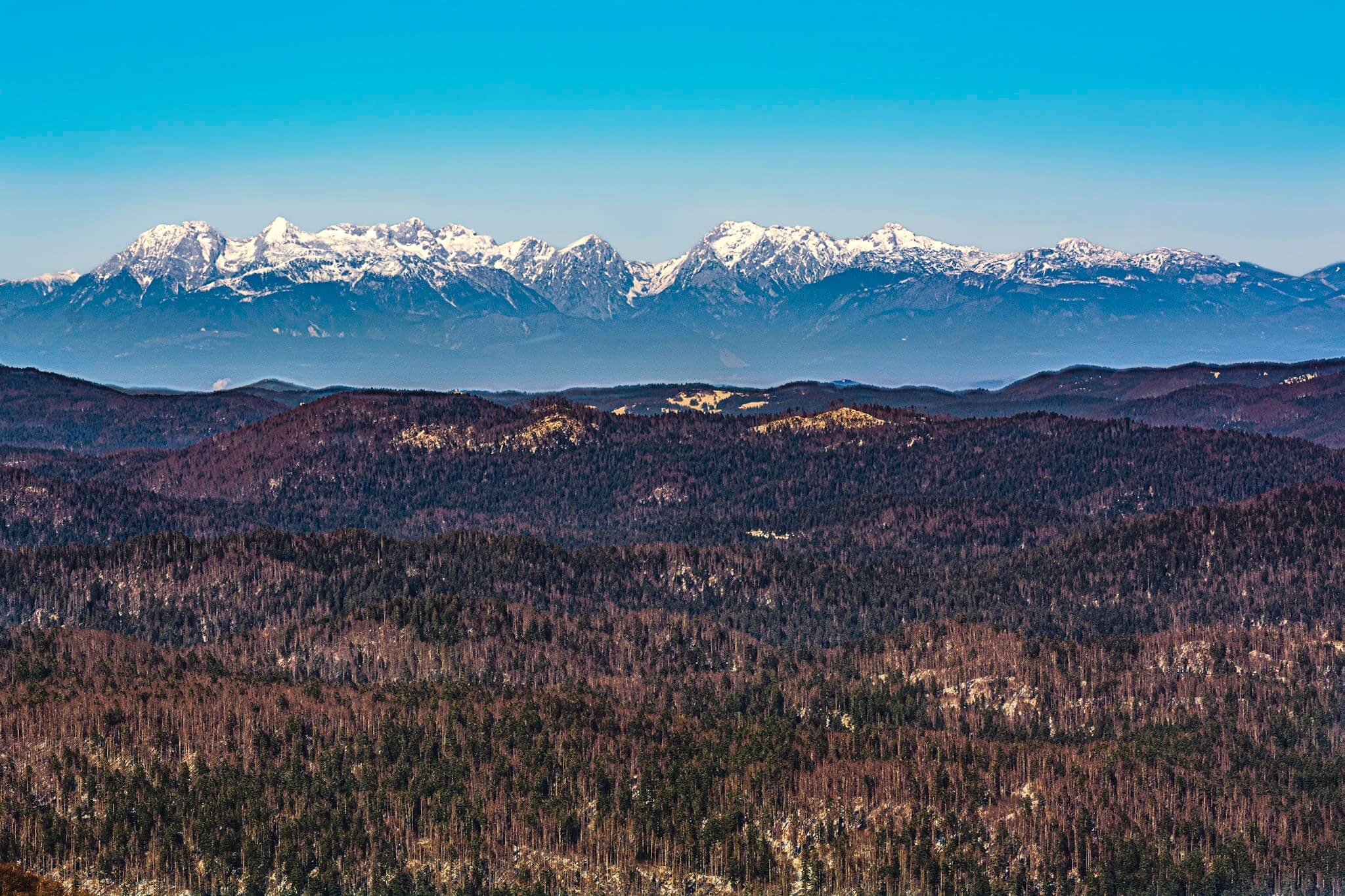 Snježnik hrvatski © Ivan Ćuća-Žentil
Snježnik hrvatski © Ivan Ćuća-Žentil
 Snježnik hrvatski © Ivan Ćuća-Žentil
Snježnik hrvatski © Ivan Ćuća-Žentil
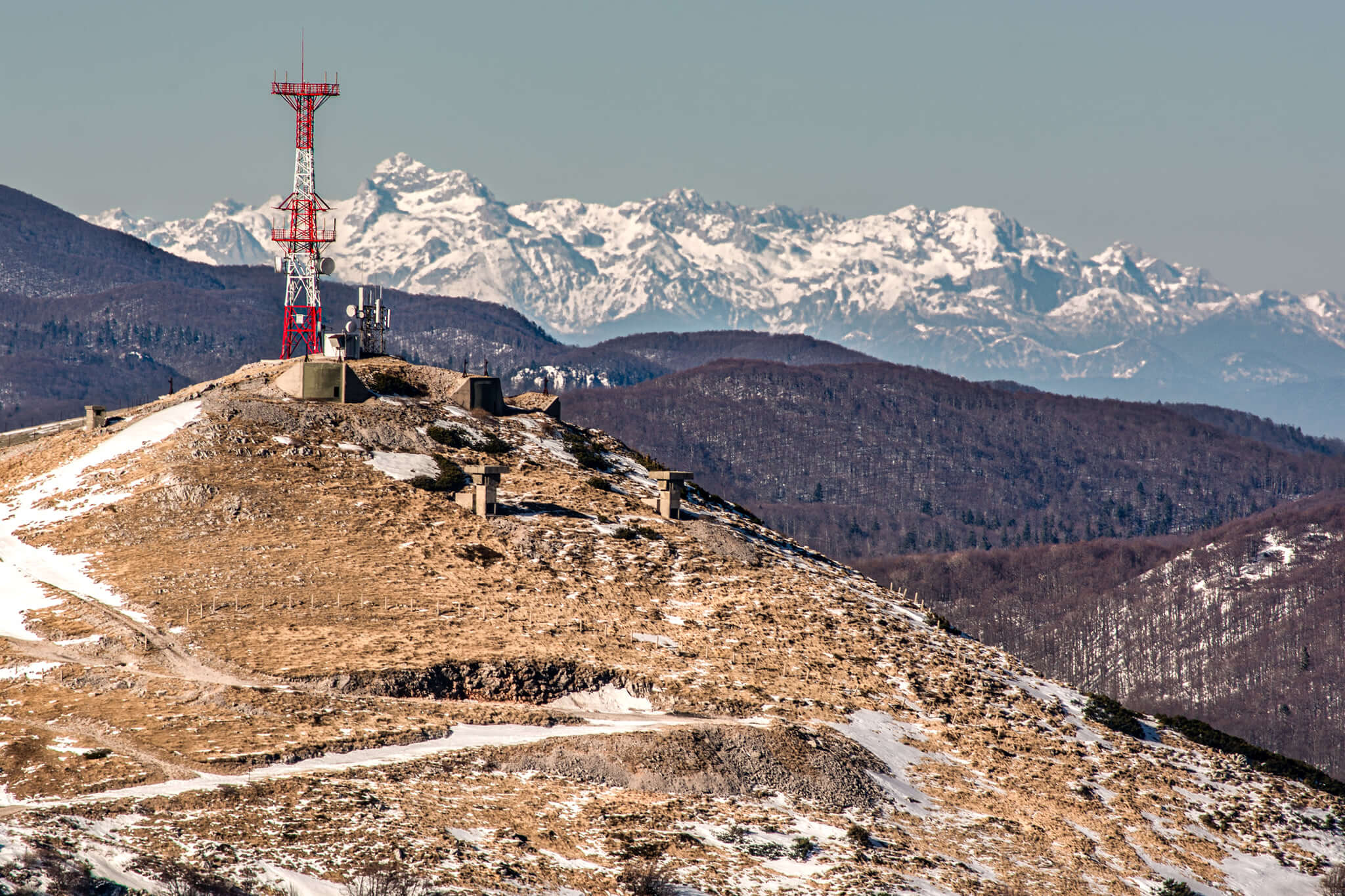 Snježnik hrvatski © Ivan Ćuća-Žentil
Snježnik hrvatski © Ivan Ćuća-Žentil
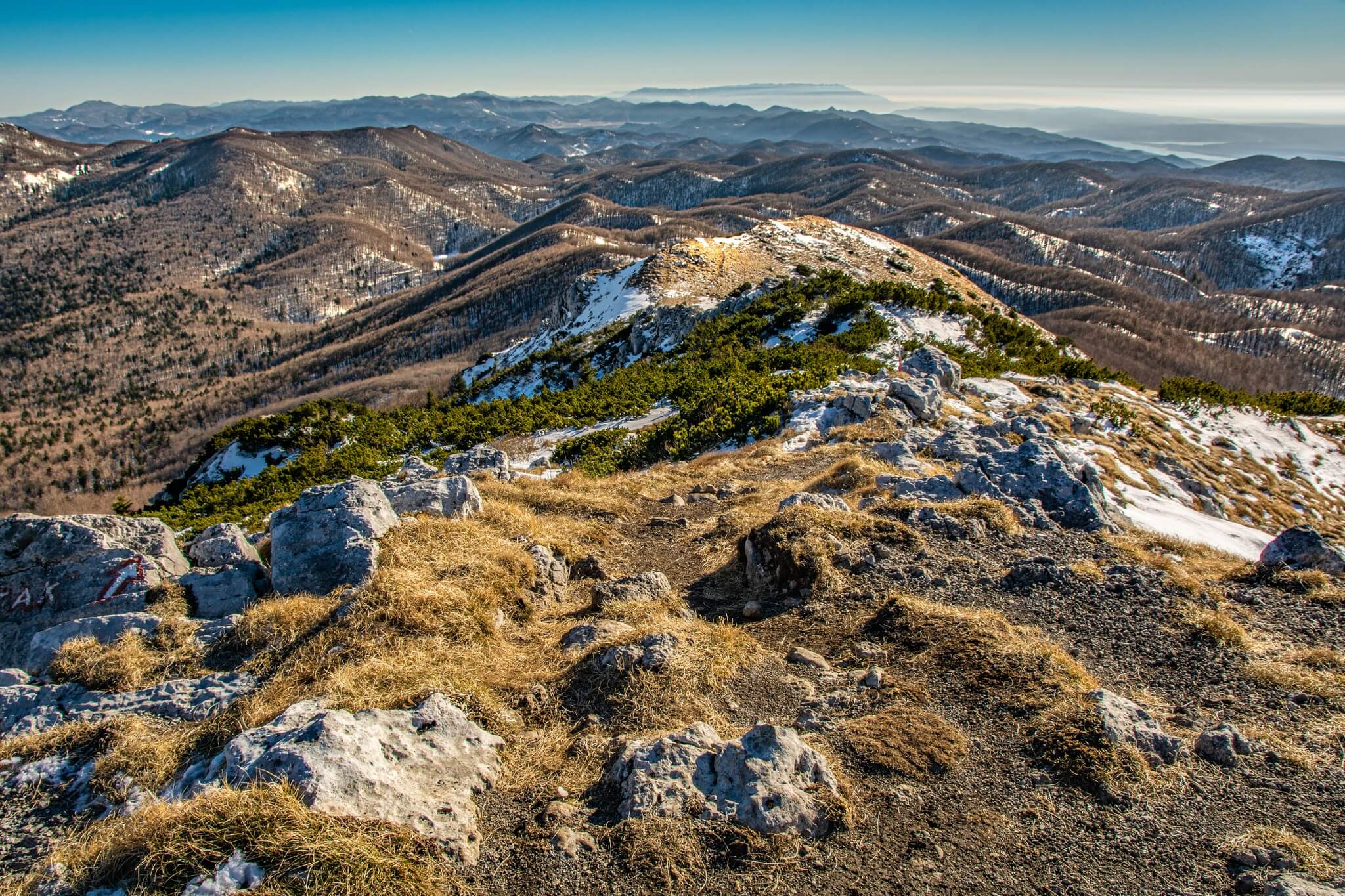 Snježnik hrvatski © Ivan Ćuća-Žentil
Snježnik hrvatski © Ivan Ćuća-Žentil
For more about Risnjak National Park, look here
Velebit
Northern Velebit National Park
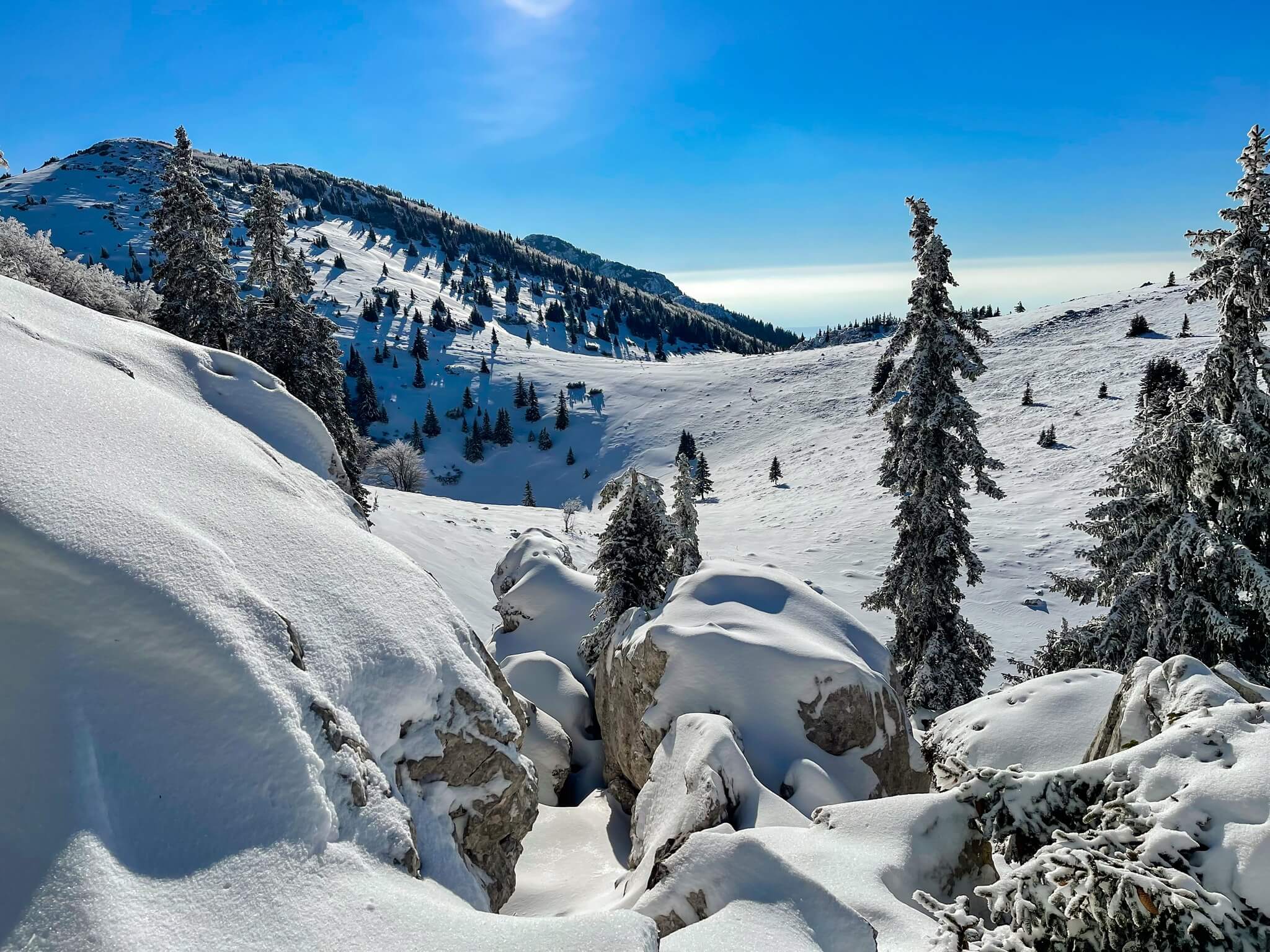 © Dejan Delač
© Dejan Delač
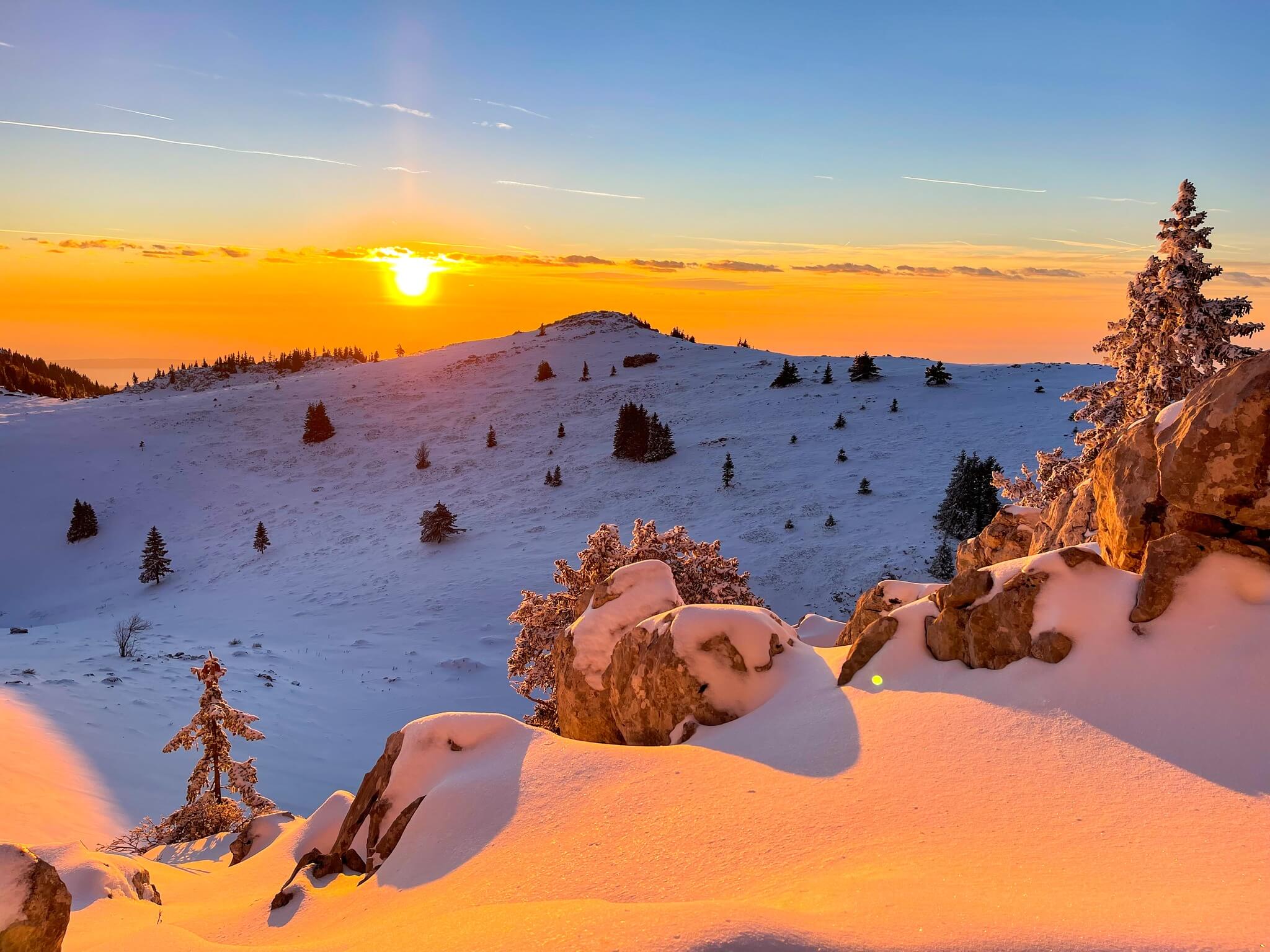 © Dejan Delač
© Dejan Delač
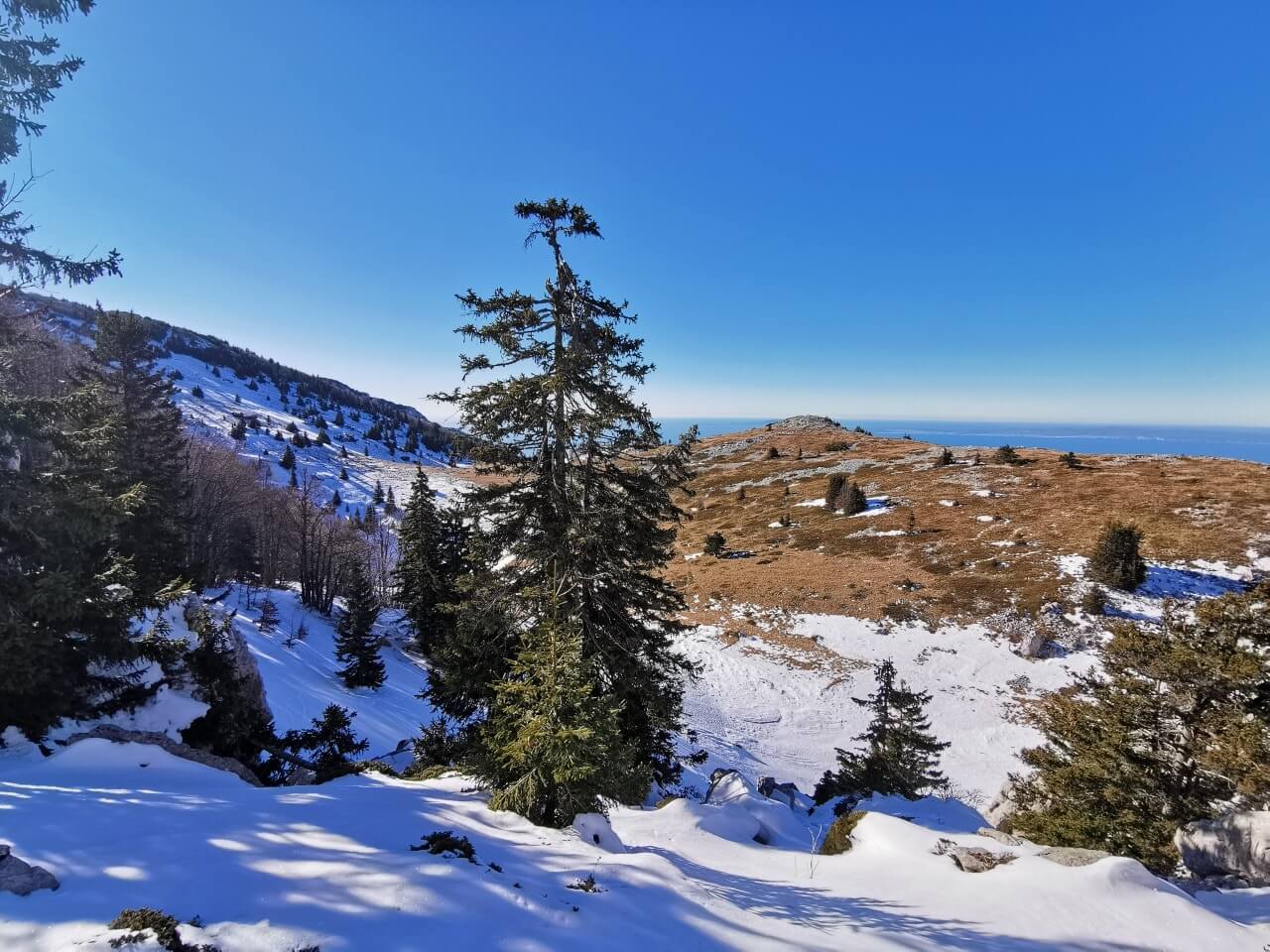 © Vedran Katalinić
© Vedran Katalinić
For more about Northern Velebit National Park, look here
Velebit Nature Park
 Ljubičko Brdo © Ivan Ćuća-Žentil
Ljubičko Brdo © Ivan Ćuća-Žentil
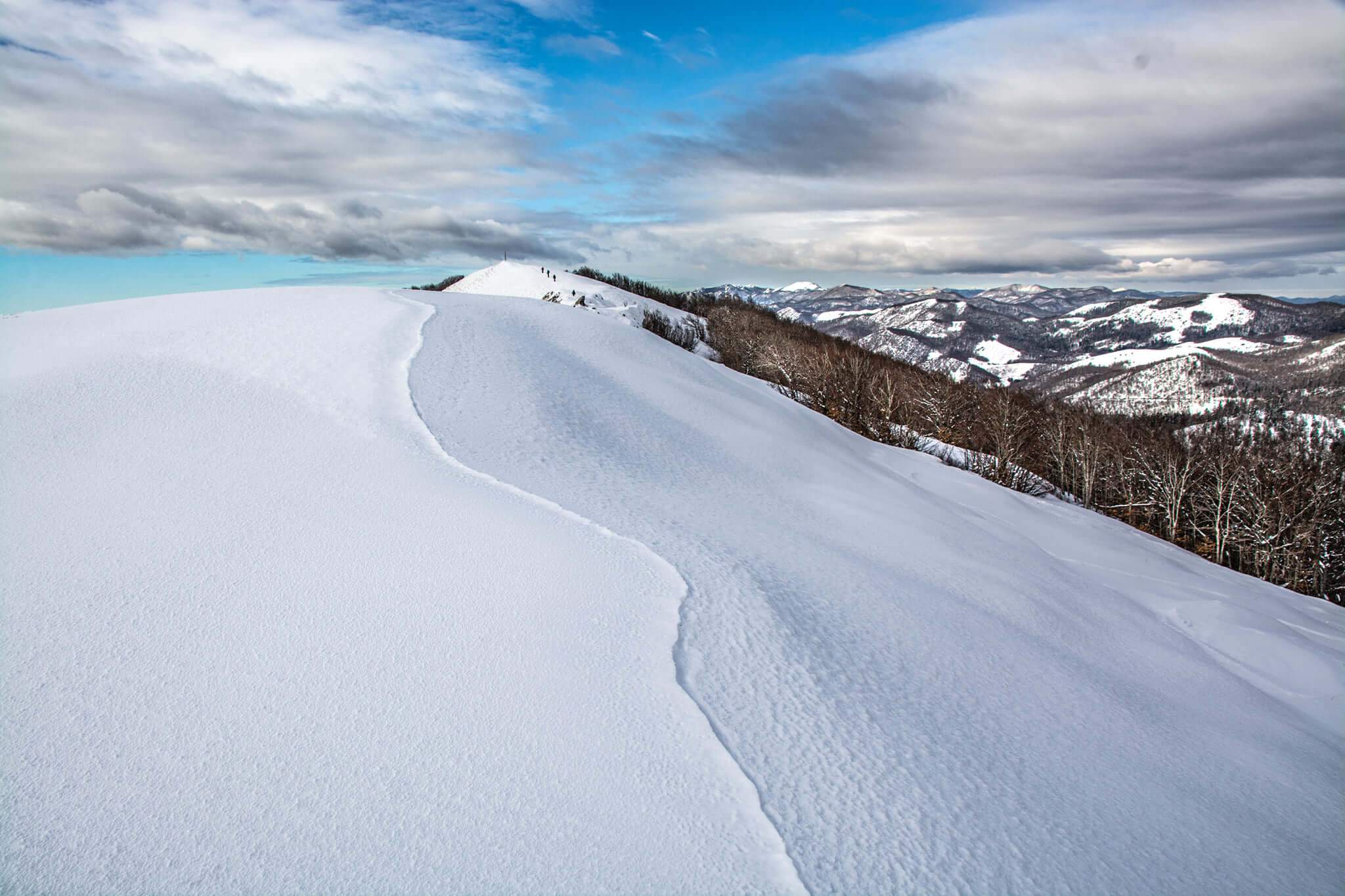 Ljubičko Brdo © Ivan Ćuća-Žentil
Ljubičko Brdo © Ivan Ćuća-Žentil
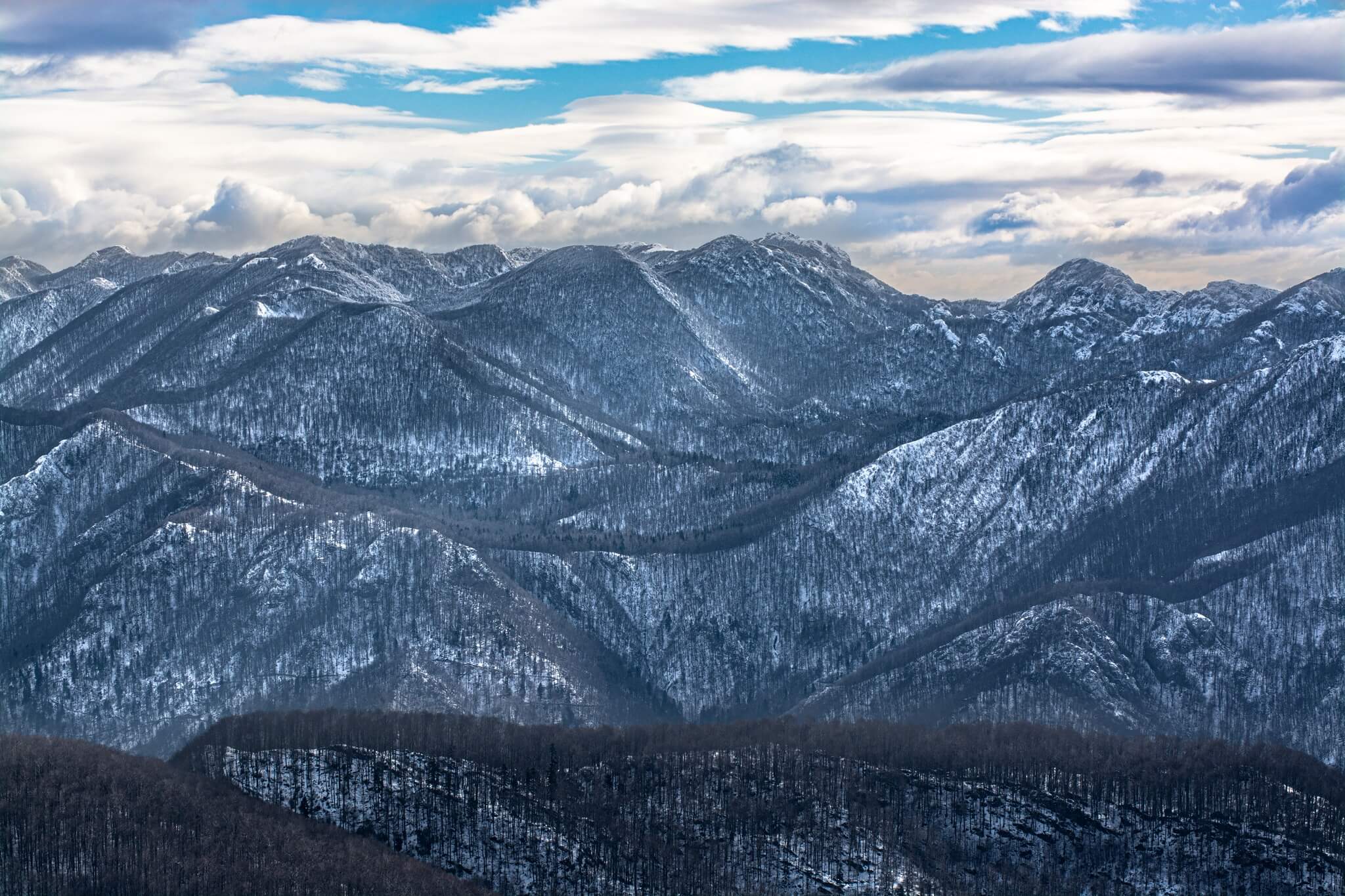 Ljubičko Brdo © Ivan Ćuća-Žentil
Ljubičko Brdo © Ivan Ćuća-Žentil
 Ljubičko Brdo © Ivan Ćuća-Žentil
Ljubičko Brdo © Ivan Ćuća-Žentil
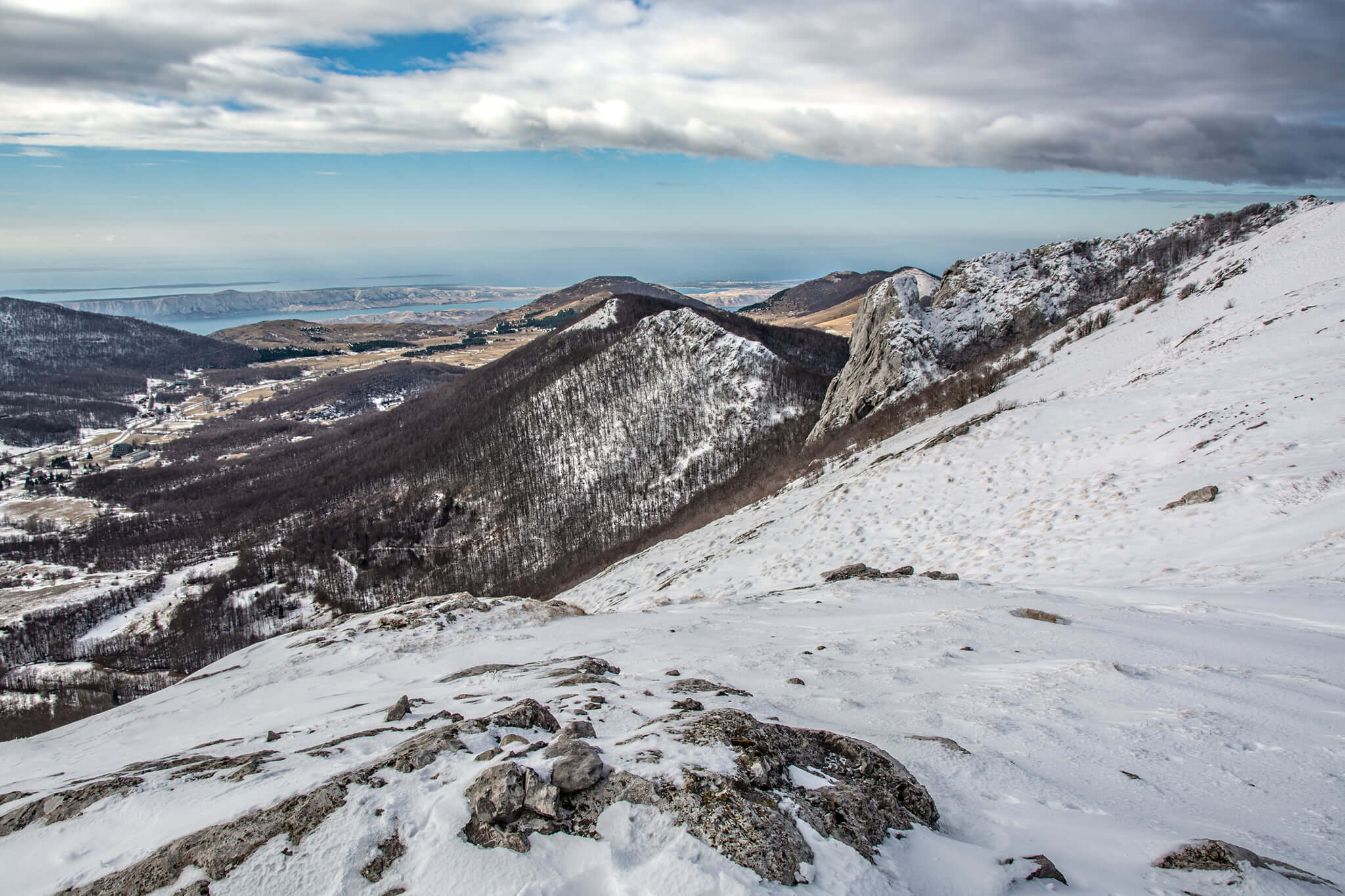 Ljubičko Brdo © Ivan Ćuća-Žentil
Ljubičko Brdo © Ivan Ćuća-Žentil
Paklenica National Park
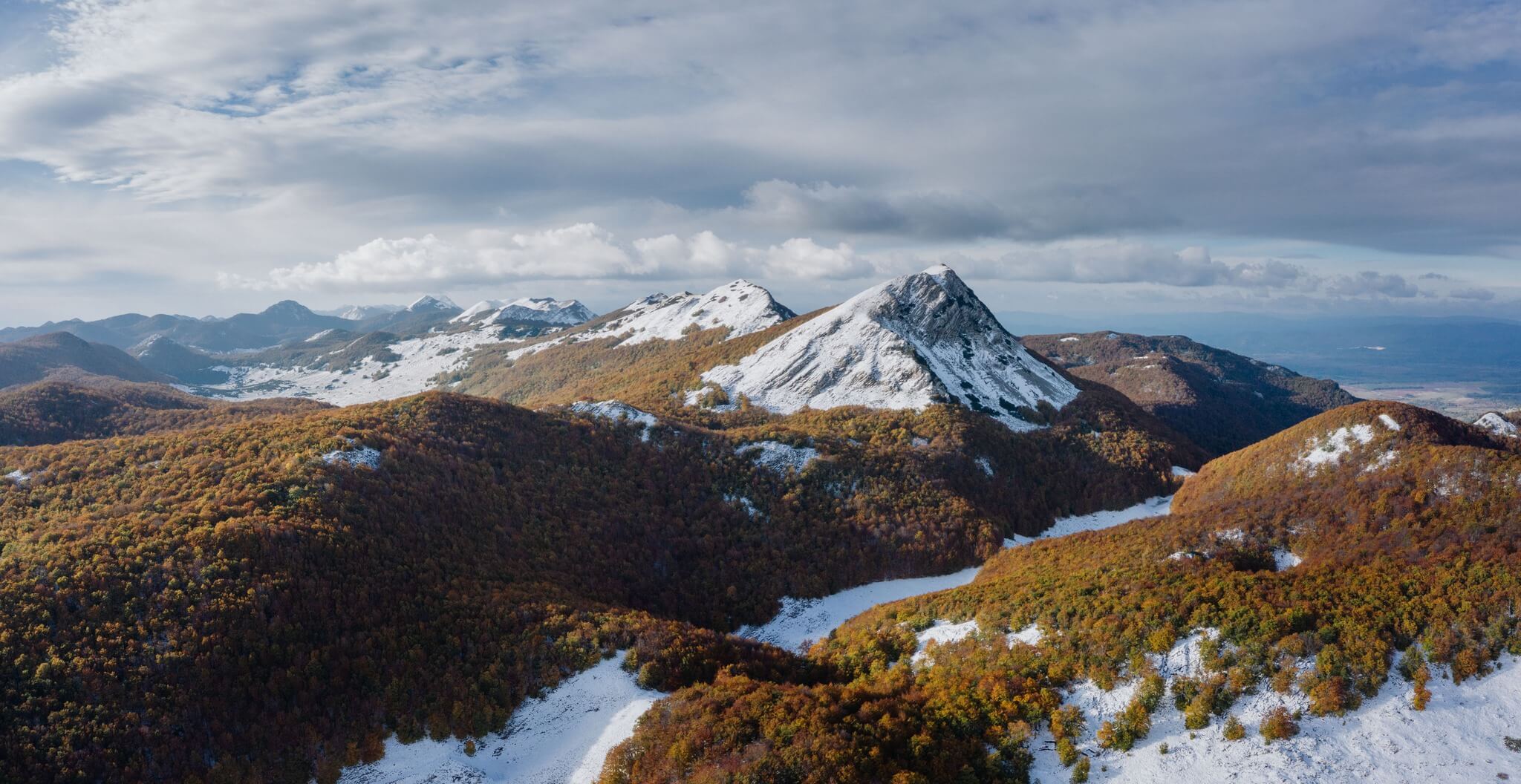 © Mario Jurina
© Mario Jurina
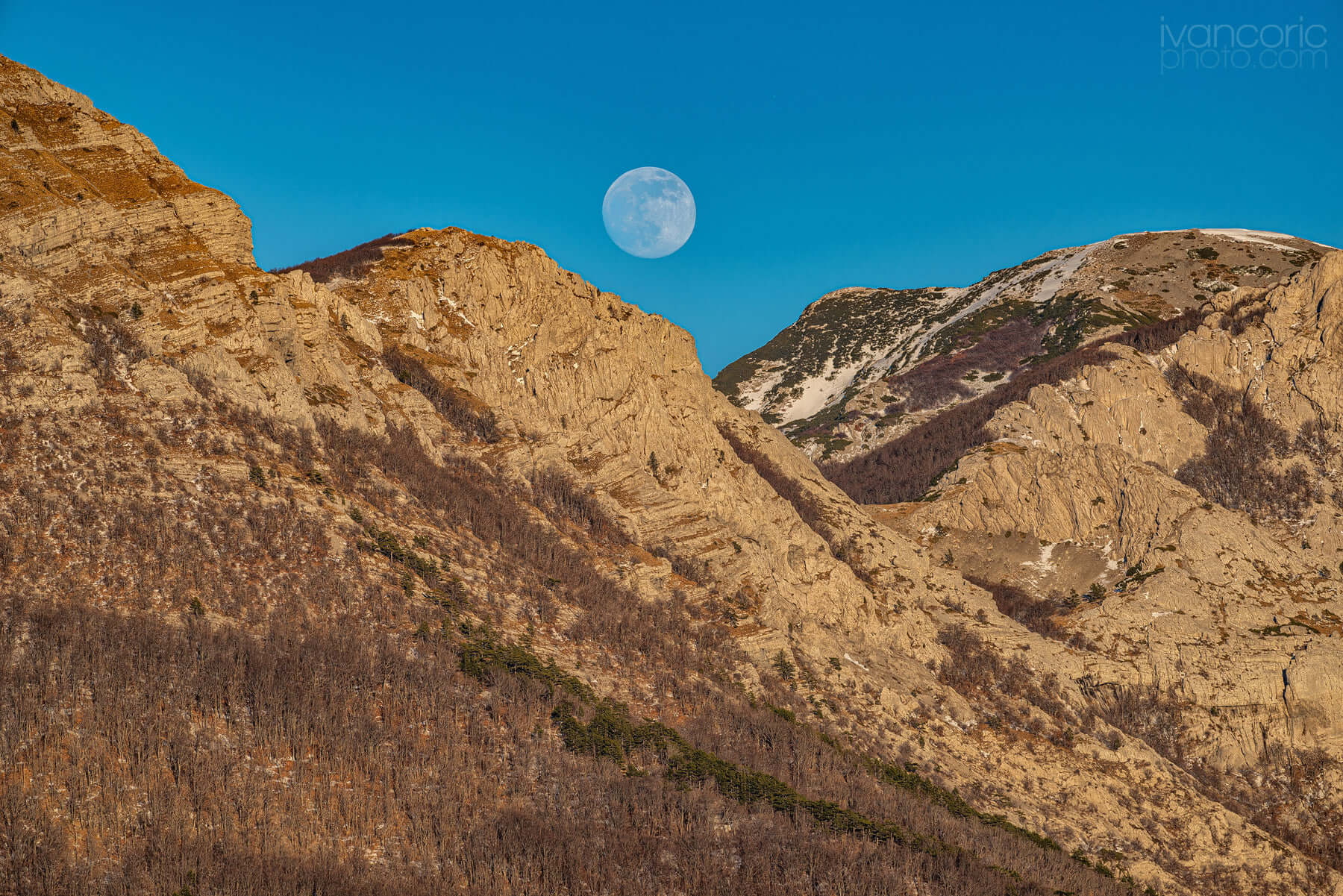 Bojinac © Ivan Coric Photography
Bojinac © Ivan Coric Photography
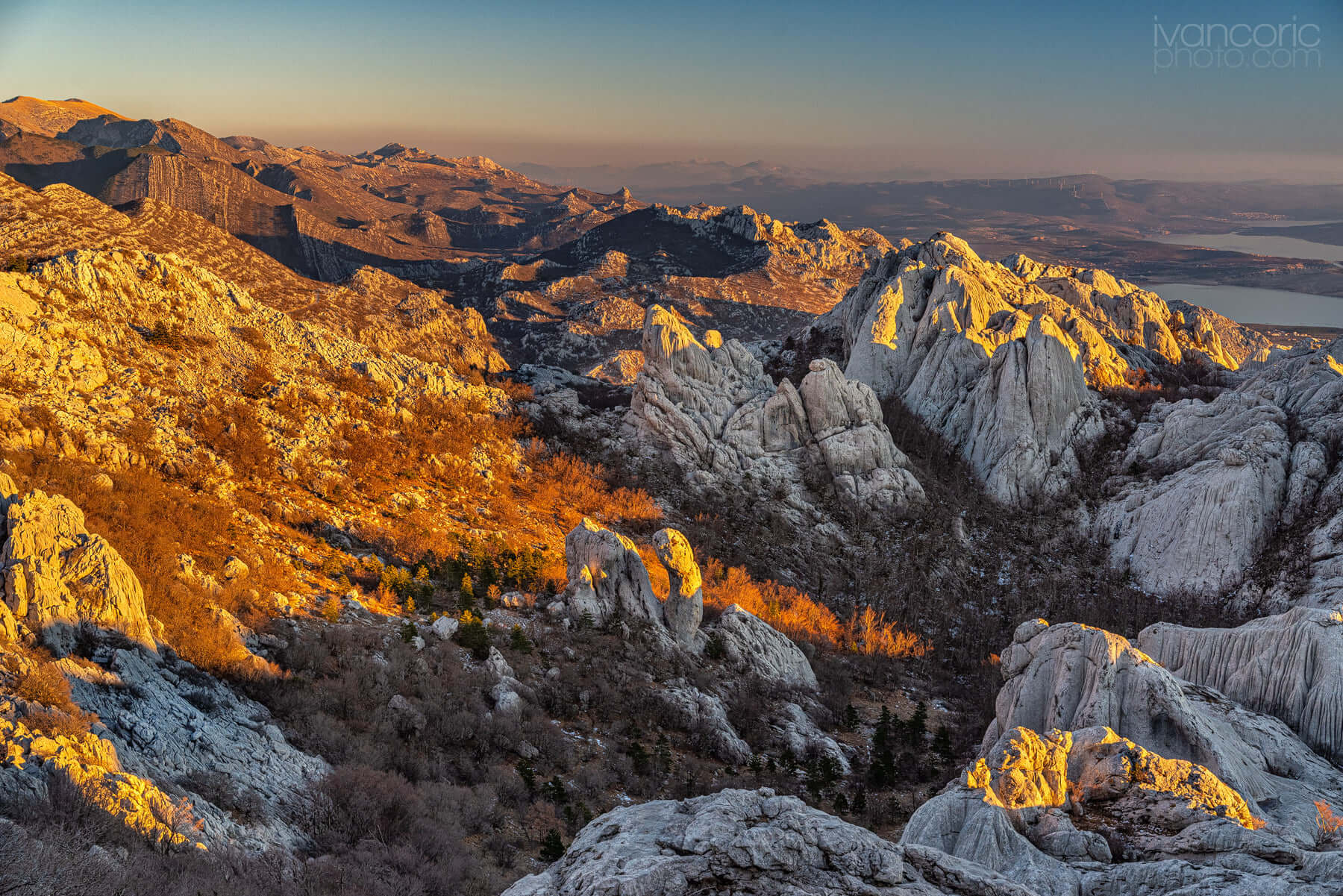 Bojinac © Ivan Coric Photography
Bojinac © Ivan Coric Photography
For more about Paklenica National Park, look here
Kloštar Podravski, Podravina and Koprivnica-Križevci County
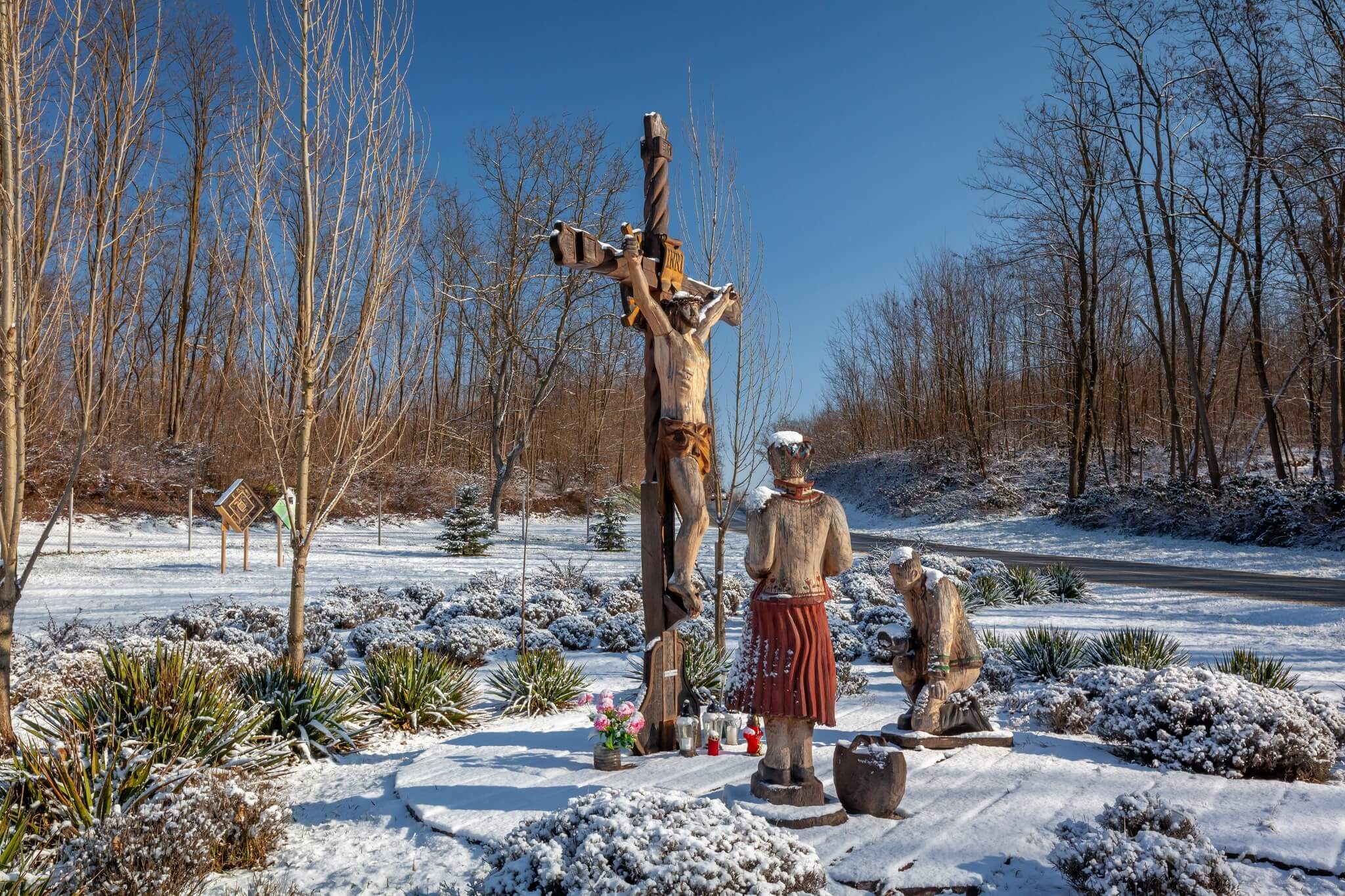 © Ivan Nemet
© Ivan Nemet
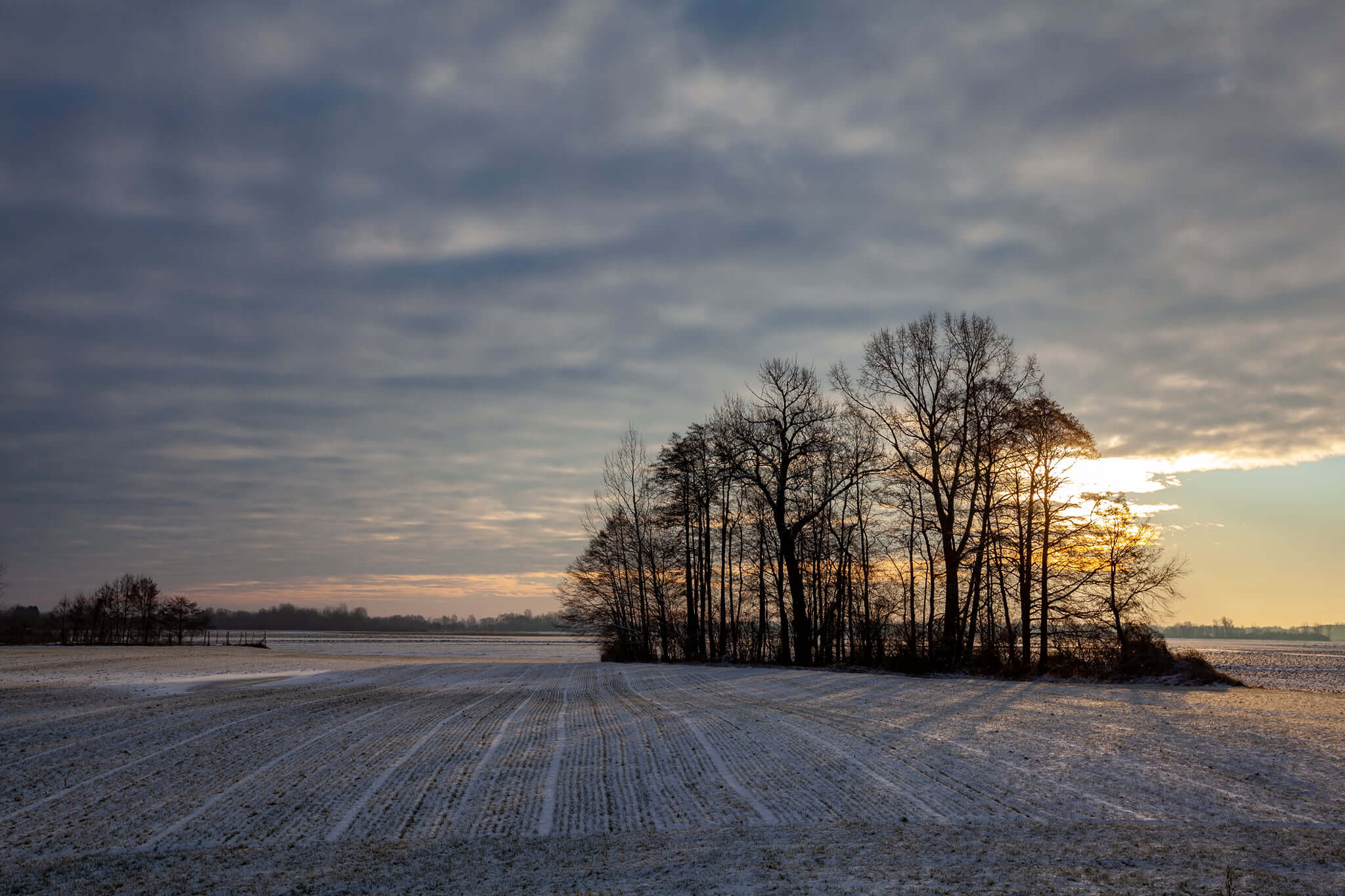 © Ivan Nemet
© Ivan Nemet
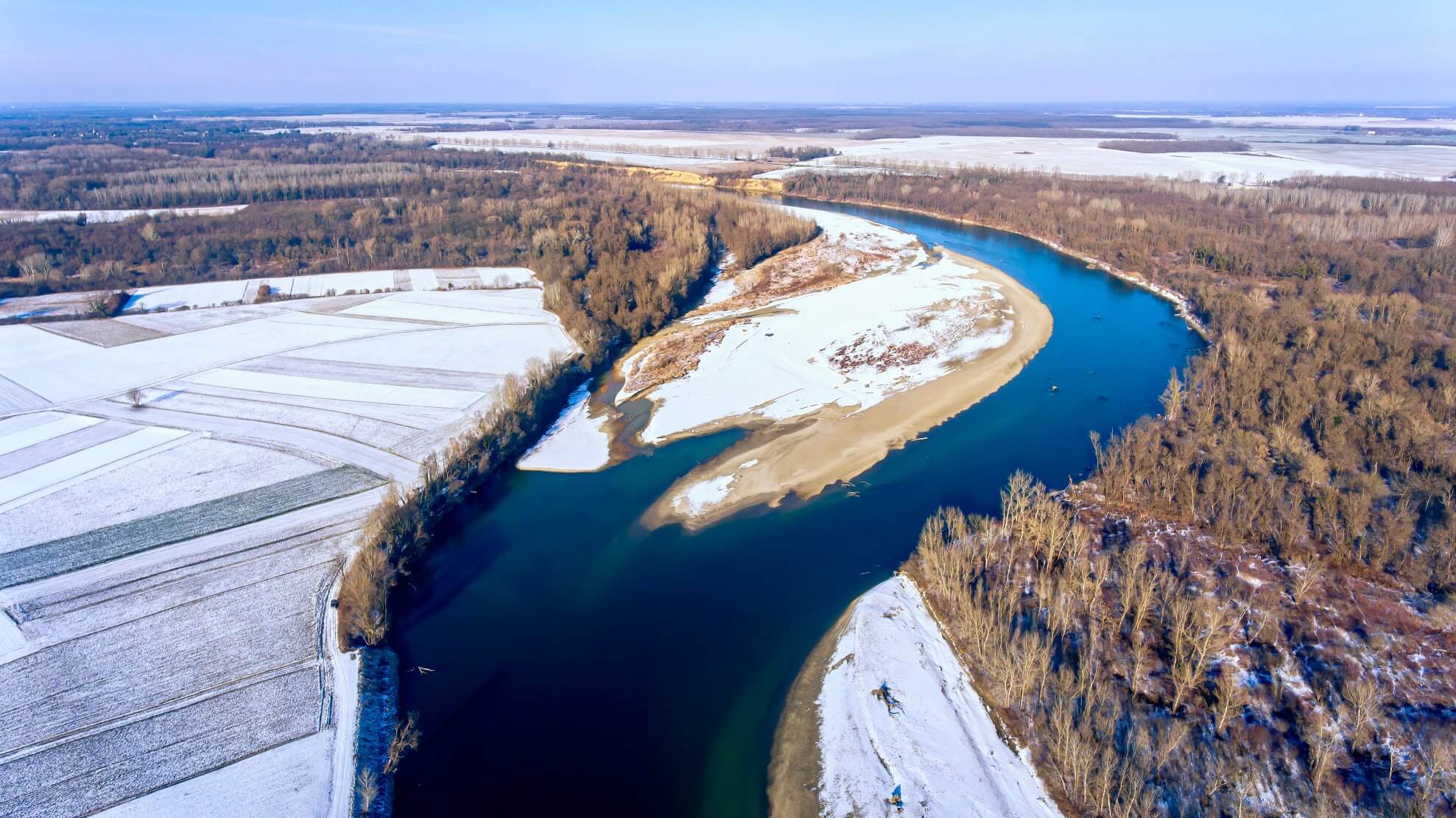 © Ivan Nemet
© Ivan Nemet
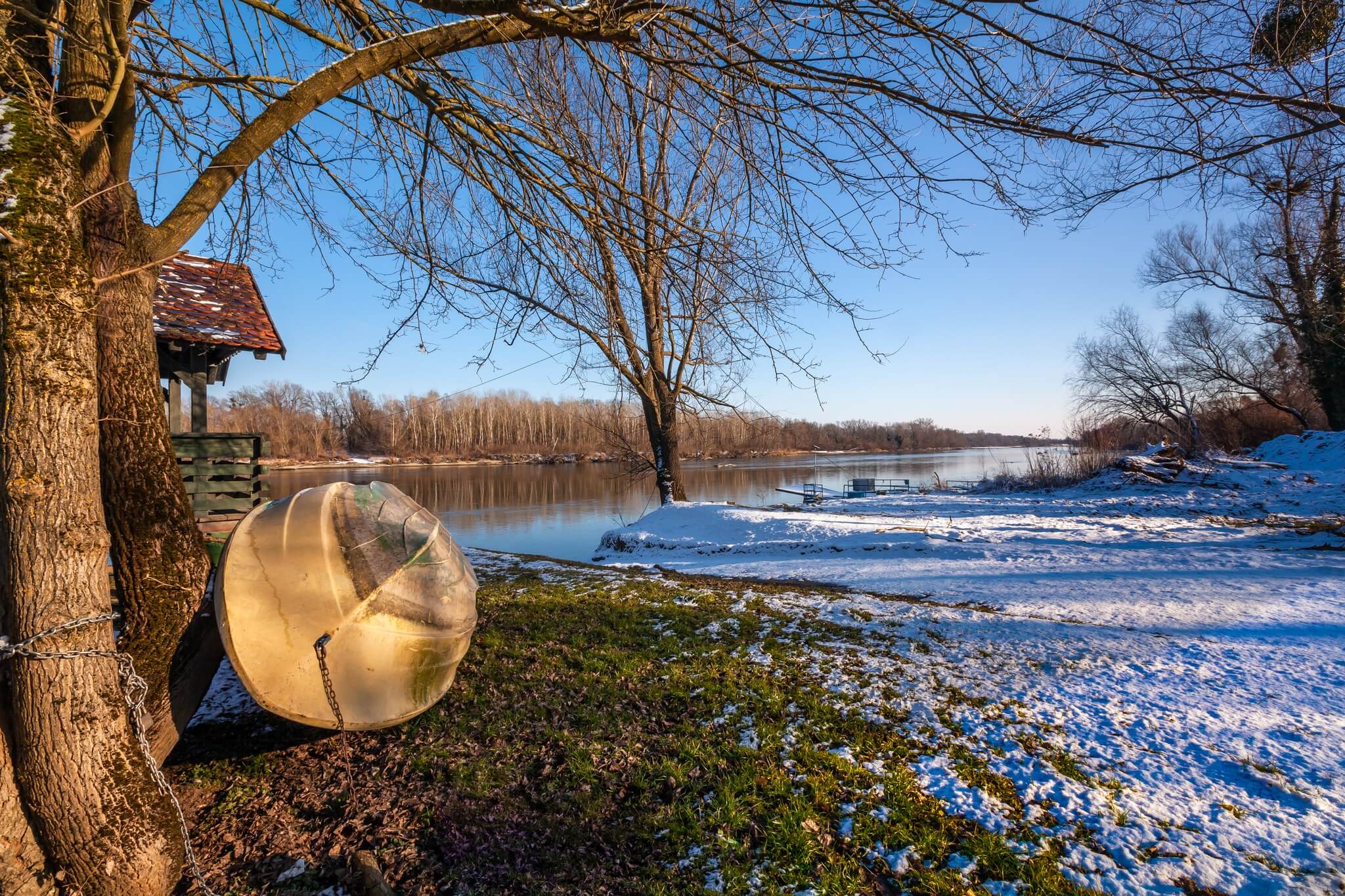 © Ivan Nemet
© Ivan Nemet
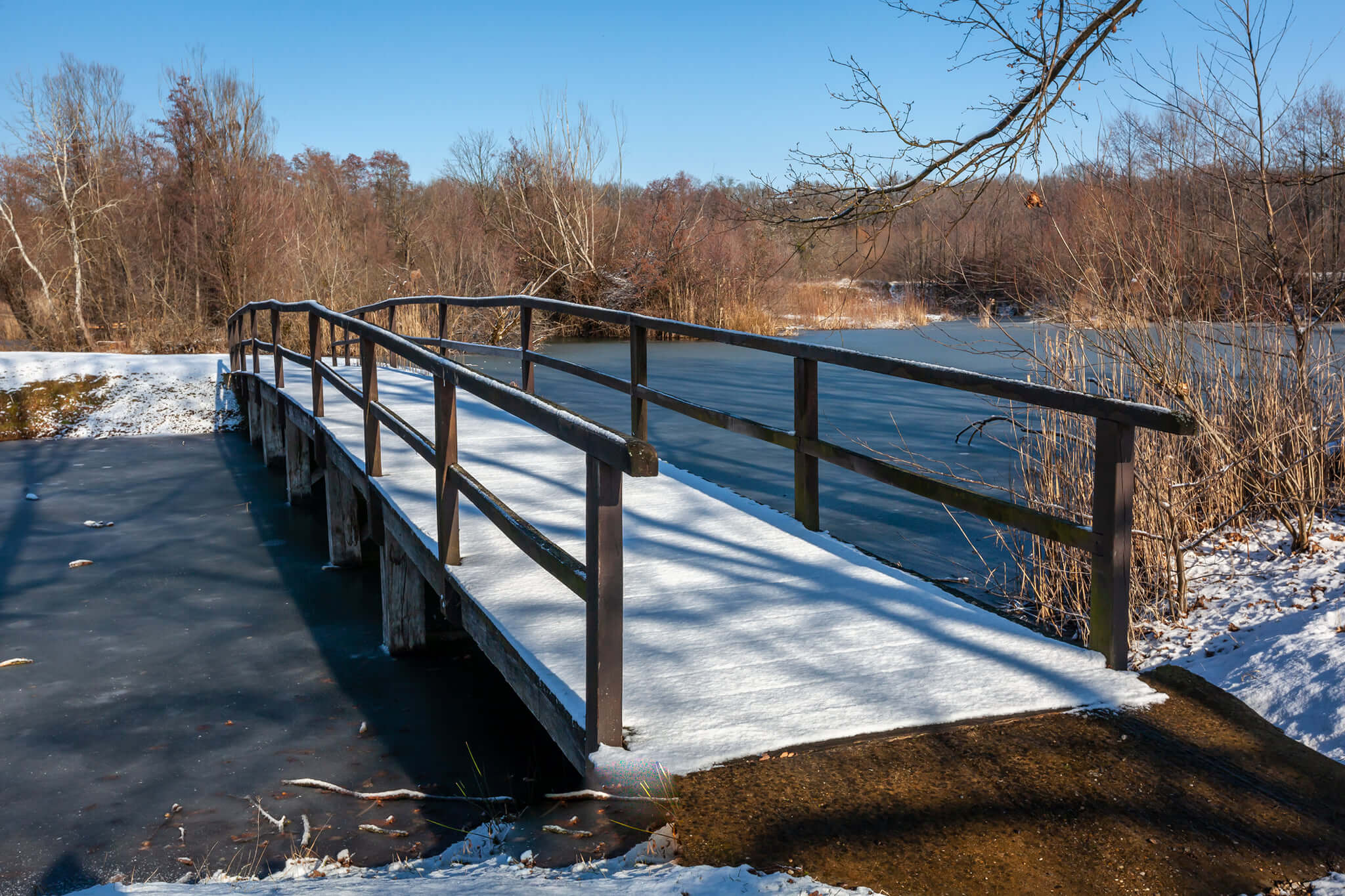 © Ivan Nemet
© Ivan Nemet
 © Ivan Nemet
© Ivan Nemet
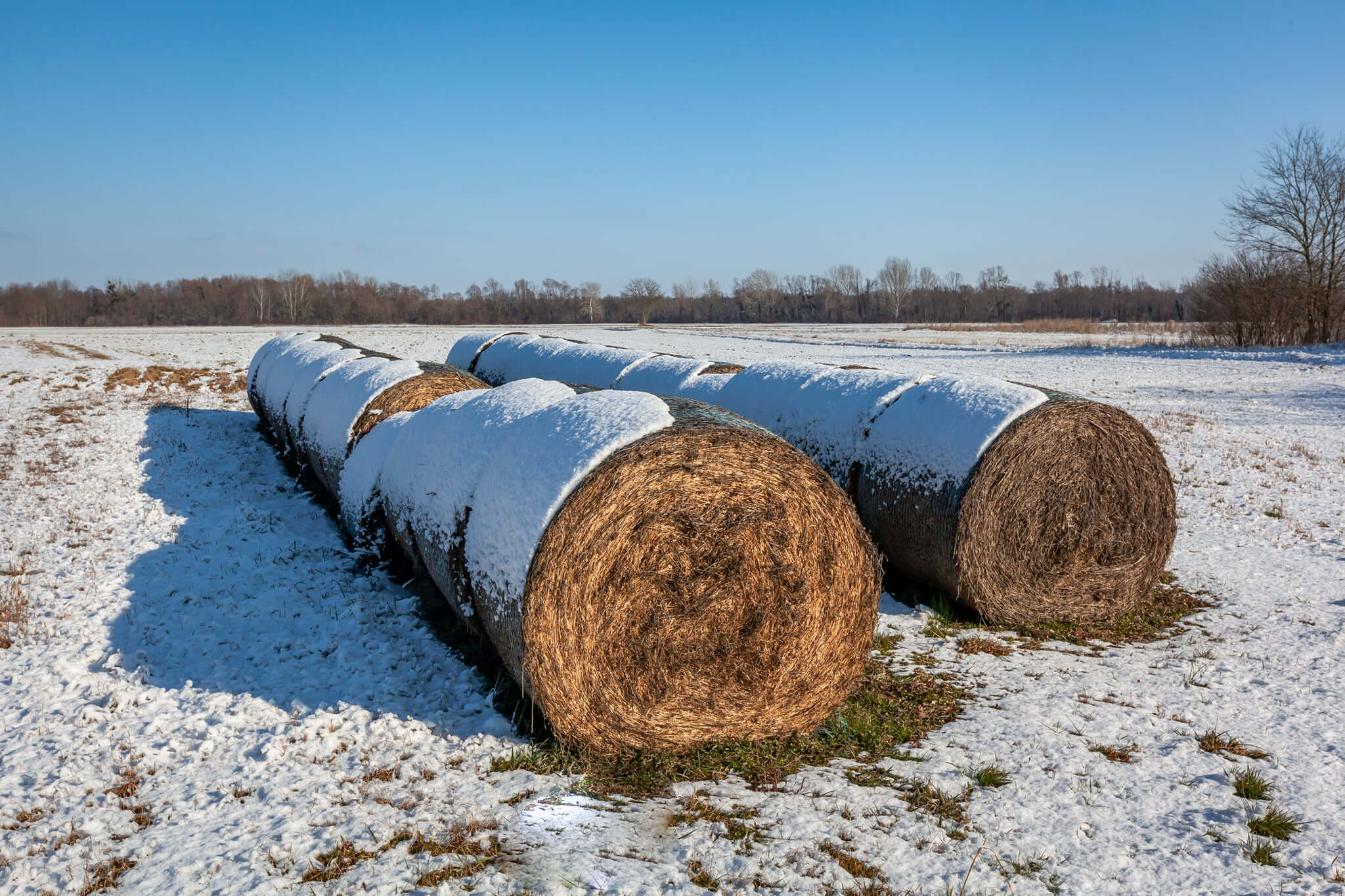 © Ivan Nemet
© Ivan Nemet
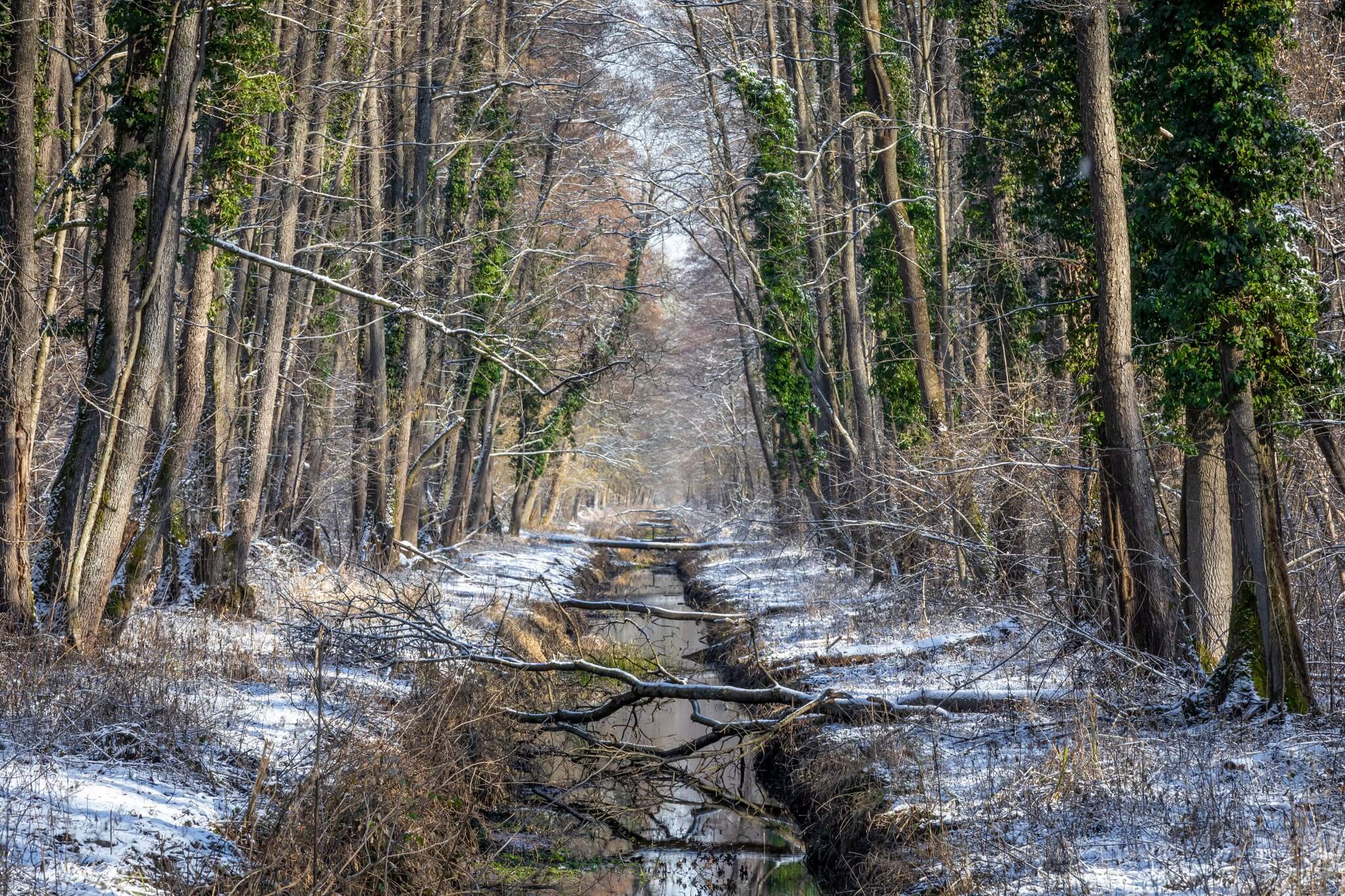 © Ivan Nemet
© Ivan Nemet
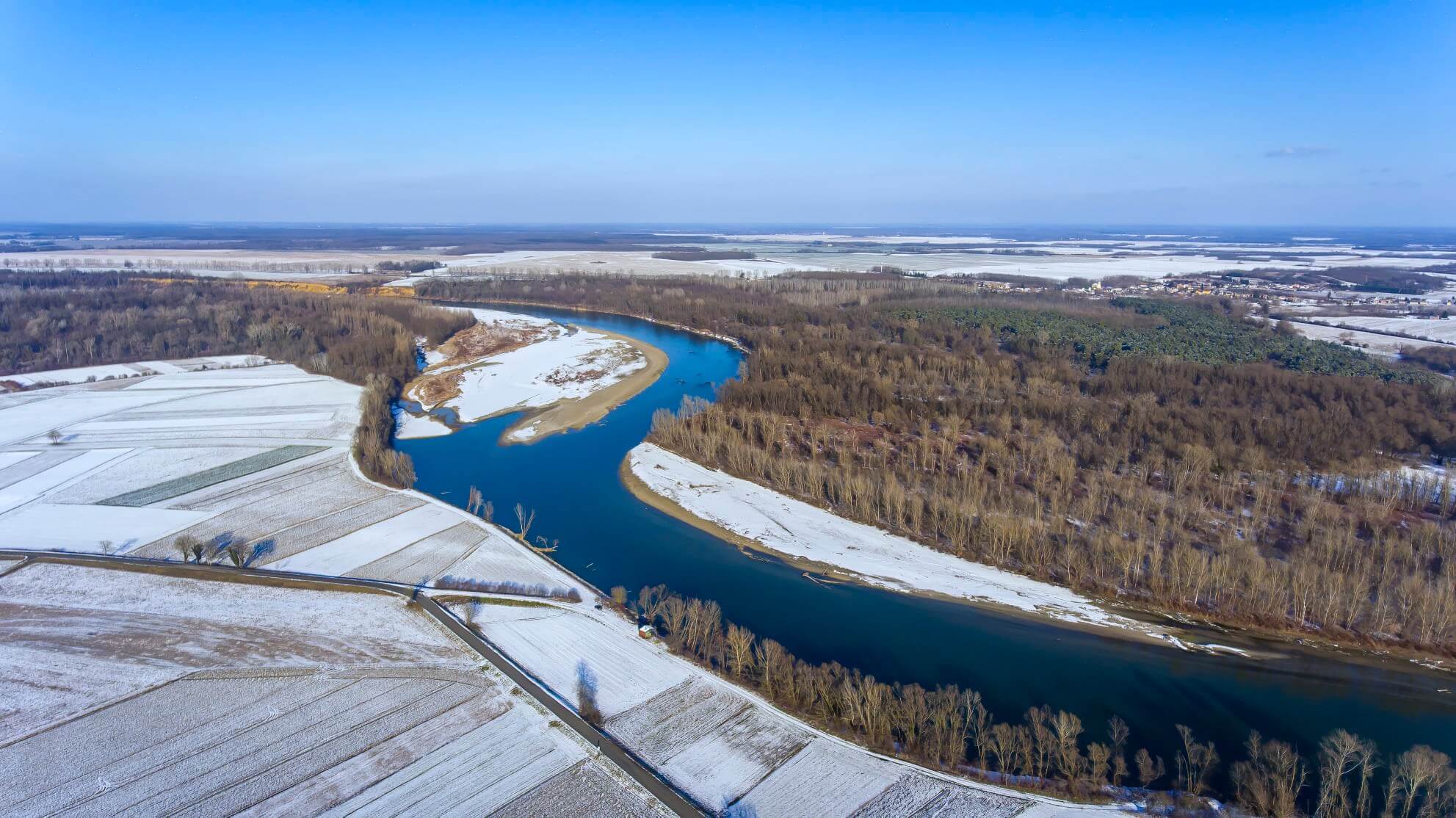 © Ivan Nemet
© Ivan Nemet
For more about the Drava river in Koprivnica-Križevci County look here. For more about the area of Podravina containing Kloštar Podravski and Đurđevac, look here
Slavonski Brod
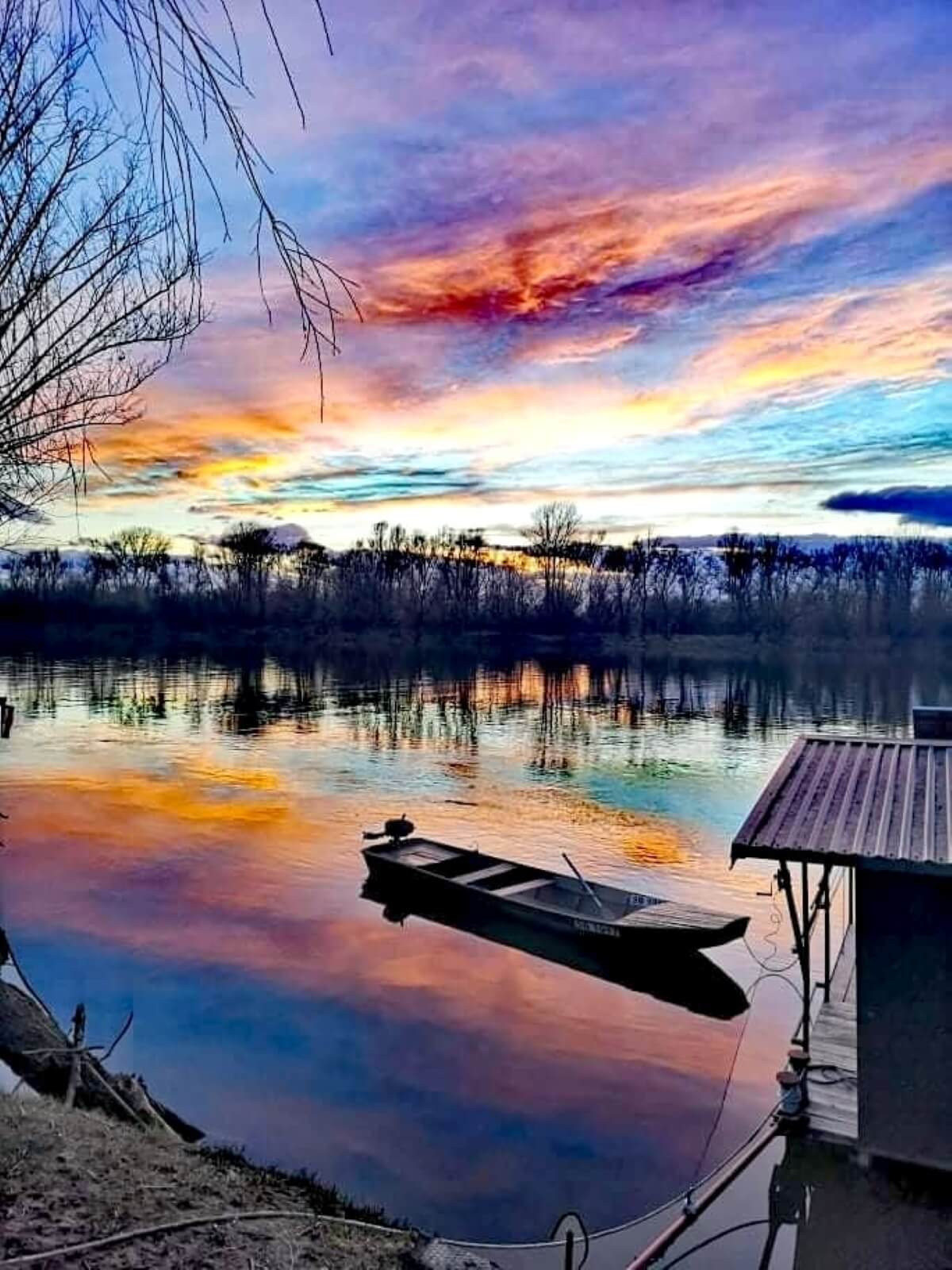 © Mirna Šikić
© Mirna Šikić
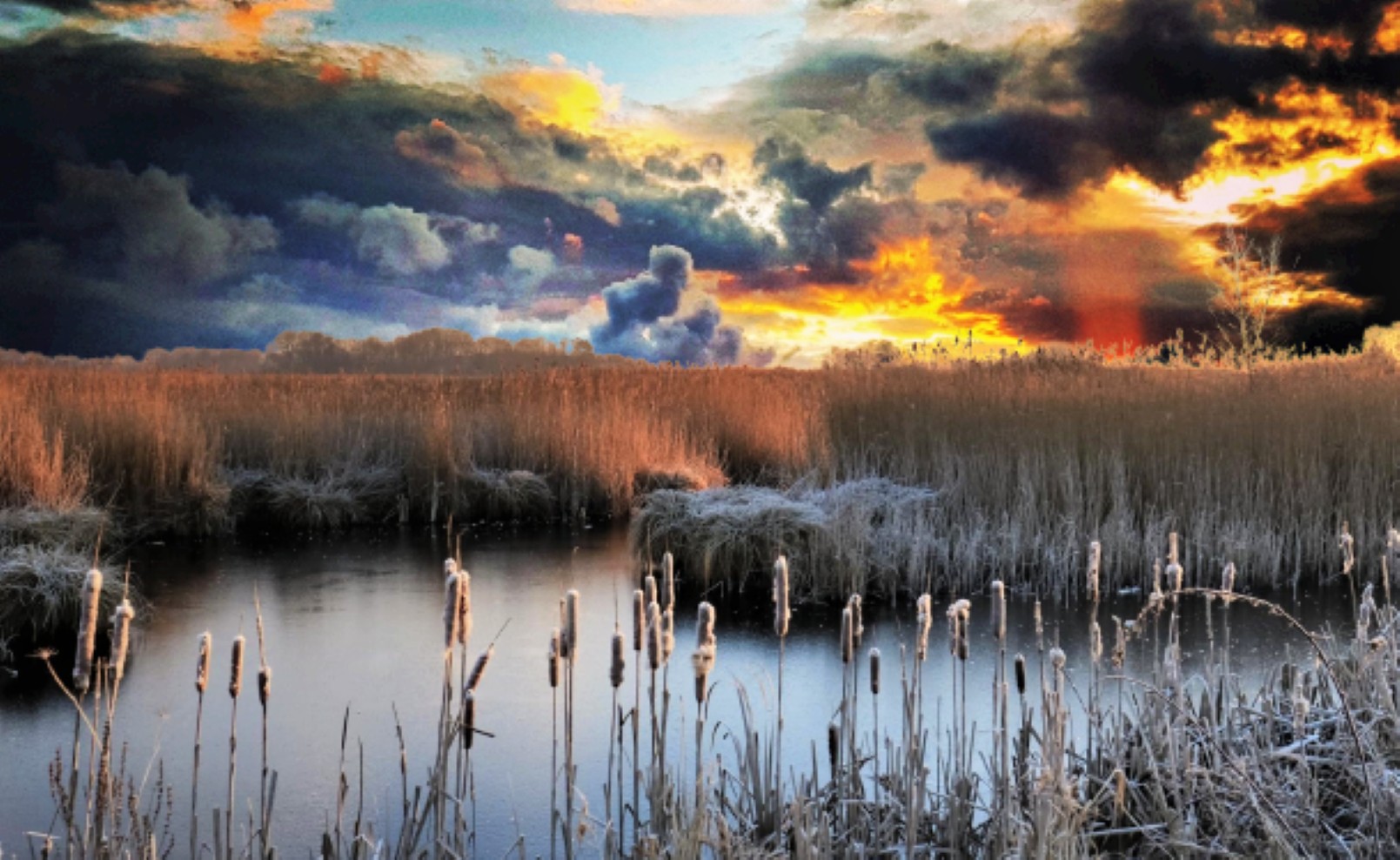 The wetlands and ponds in Oriovac near Slavonski Brod are not only home to fish - over 50 species of birds visit these waters © Antun Lukšić
The wetlands and ponds in Oriovac near Slavonski Brod are not only home to fish - over 50 species of birds visit these waters © Antun Lukšić
For more about Slavonski Brod, look here
Žumberak-Samoborsko gorje Nature Park
 The high peak of Sveti Gera, on the western edge of Žumberak-Samoborsko gorje Nature Park © Domagoj Novosel
The high peak of Sveti Gera, on the western edge of Žumberak-Samoborsko gorje Nature Park © Domagoj Novosel
The author would like to thank each of the photographers who kindly loaned their work to him for this article
Discover the Beautiful Drava River in Koprivnica Križevci County
October 14, 2021 – From thrilling watersports and cycling, brilliant wine and food festivals to wonderful weekend escapes, the epic Drava river in Koprivnica Križevci County is an endless source of fun and inspiration.
Of the many rivers that run through Croatia, five of them could truly be classed as European giants – they stretch for around 300 kilometres or longer. They are Sava (945km), Drava (749km), Kupa (297km), Mura (483km) and Danube (2860km).
These rivers help define Croatia. They dictate the agriculture, activities and cuisine of the Croatian regions they pass through. Furthermore, they often create the very borders of the country.
 © Goran Šafarek
© Goran Šafarek
Running along the length of the country's most northerly border, the Mur river separates Croatia from Slovenia in the west and Hungary in the east. But, near the Nature Preserve of Veliki Pažut and the historic municipality of Legrad, both in Koprivnica Križevci County, the Mur river gives up its task. Here it flows into the Drava river, becoming its biggest tributary. Thereafter, the Drava continues the job of separating Croatia and Hungary.
The Drava River in Koprivnica Križevci County
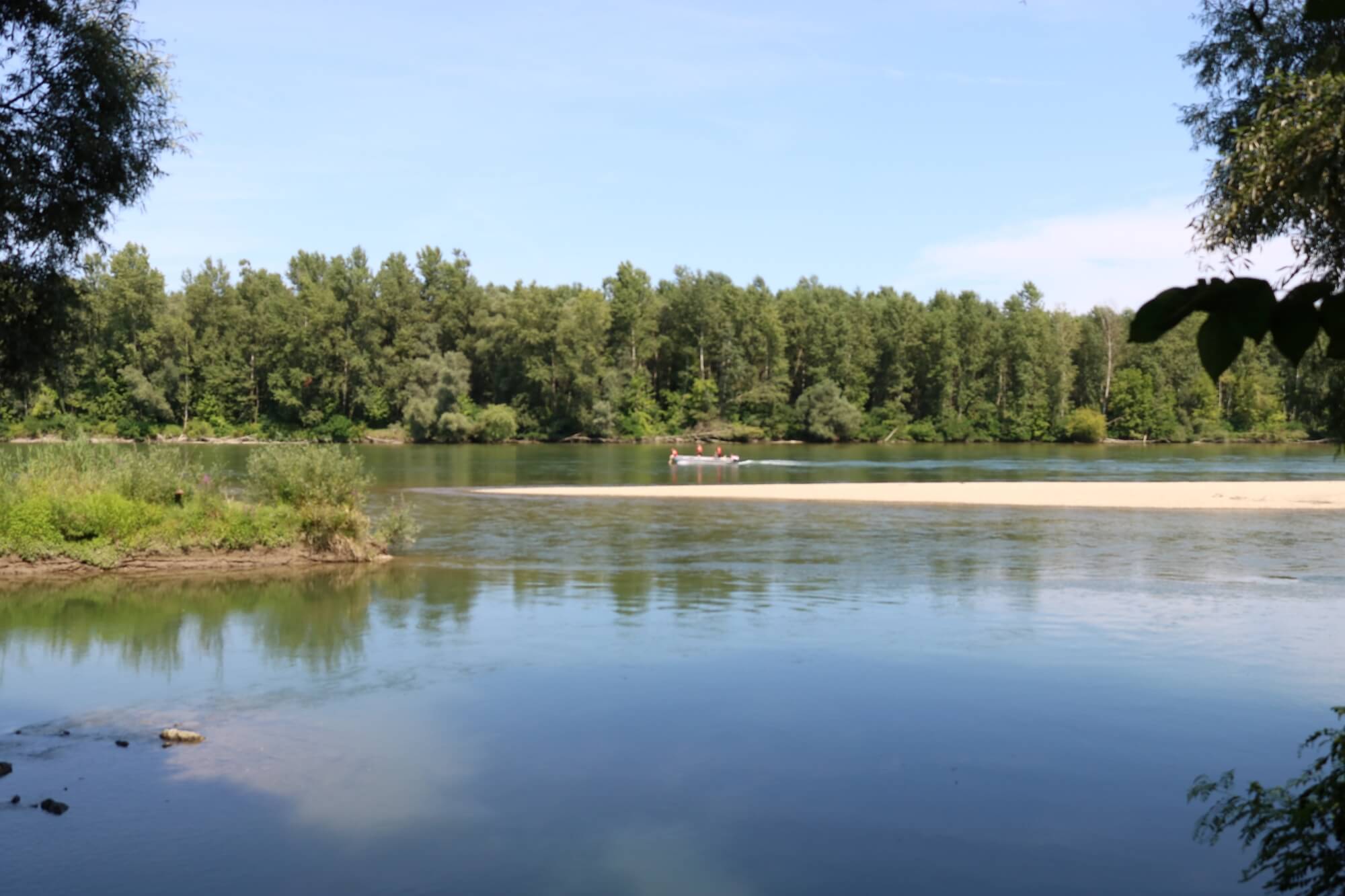
By the time the Mur meets the Drava river in Koprivnica Križevci County, the Drava has already travelled more than half of its journey. To get here, it has descended over 1150 metres. Such a long fall has a significant effect on how the river looks and behaves here.
 Traditional wooden fishing boat by the Drava river in Koprivnica Križevci County © Željko Car
Traditional wooden fishing boat by the Drava river in Koprivnica Križevci County © Željko Car
Gone are the violent drops, gushing waterfalls, narrow channels, big boulders and sharp rocks. By now, it has left all that far behind. Instead, the Drava river in Koprivnica Križevci County is an epic, wide expanse of water. On either side, it is bordered by thick, green forests and fields. Its banks are a fine sand, creating beaches on which fishermen and families happily sit all day. This is how the Drava river is here, the perfect natural place for relaxing and recreation.
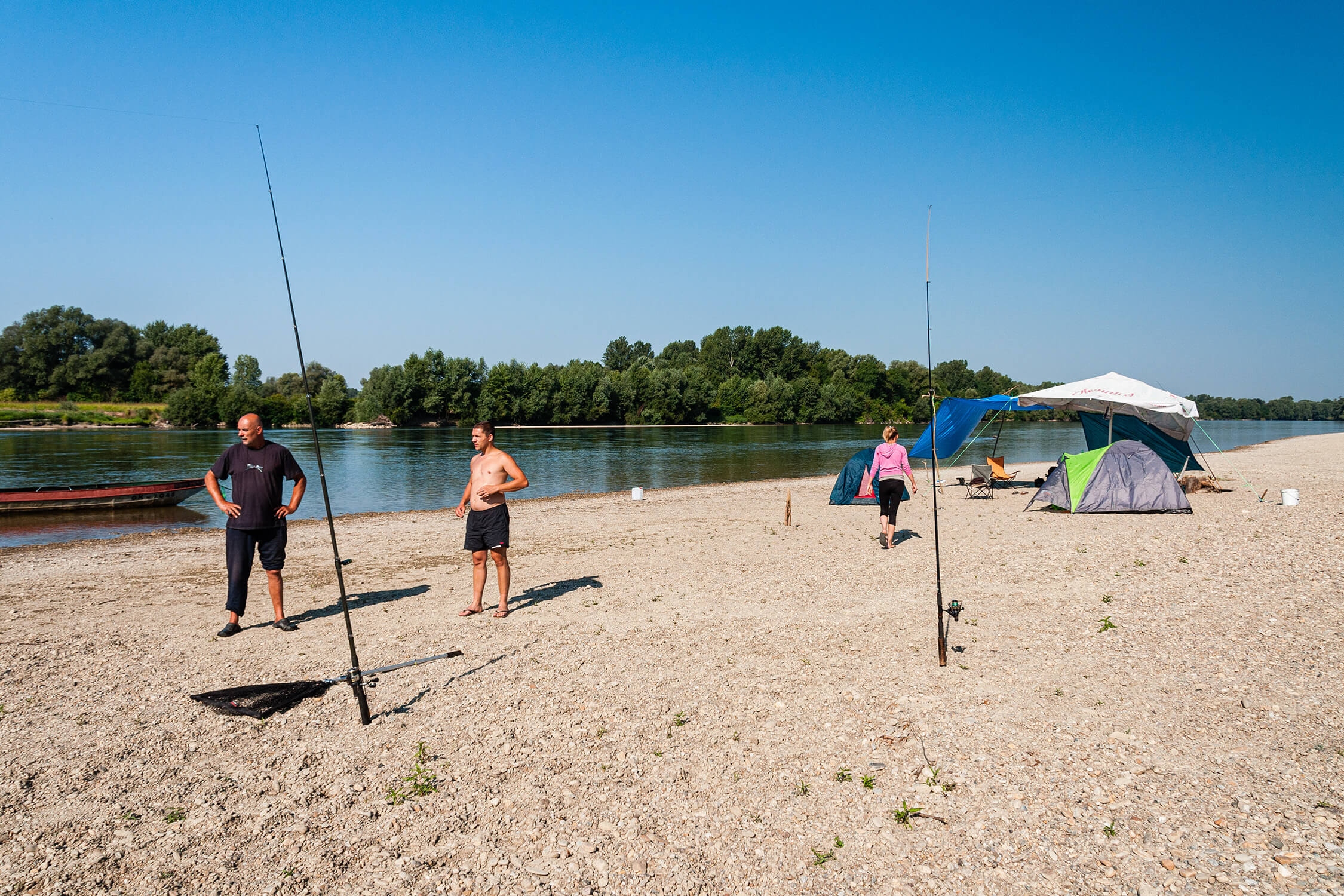 Fishermen enjoying summertime on a Drava beach © Mato Zeman
Fishermen enjoying summertime on a Drava beach © Mato Zeman
Recreation, relaxation, activities and unmissable sights on the Drava River in Koprivnica Križevci County
Beaches, birdwatching and boats in Legrad and Veliki Pažut
 From above, part of the Veliki Pažut Special Zoological Reserve at the confluence of the rivers Mur and Drava © Goran Šafarek
From above, part of the Veliki Pažut Special Zoological Reserve at the confluence of the rivers Mur and Drava © Goran Šafarek
Further upstream, people take advantage of the Drava's powerful descent. There, the river is regulated, channelled and harnessed for hydroelectric power. But, where the Drava meets the Mur in Legard, it is wild and unregulated.
 In the mist, the Veliki Pažut Special Zoological Reserve © Goran Šafarek
In the mist, the Veliki Pažut Special Zoological Reserve © Goran Šafarek
This is an ever-changing landscape, right on the border of Međimurje. Here, the rivers are left free to roam. Before 1710, nearby Legrad was actually in Međimurje. But, the Drava changed course and gave Legrad to Podravina. These constantly shifting waterways and floodplains create new habitats and restore existing ones. Subsequently, this is an area of immense biodiversity.
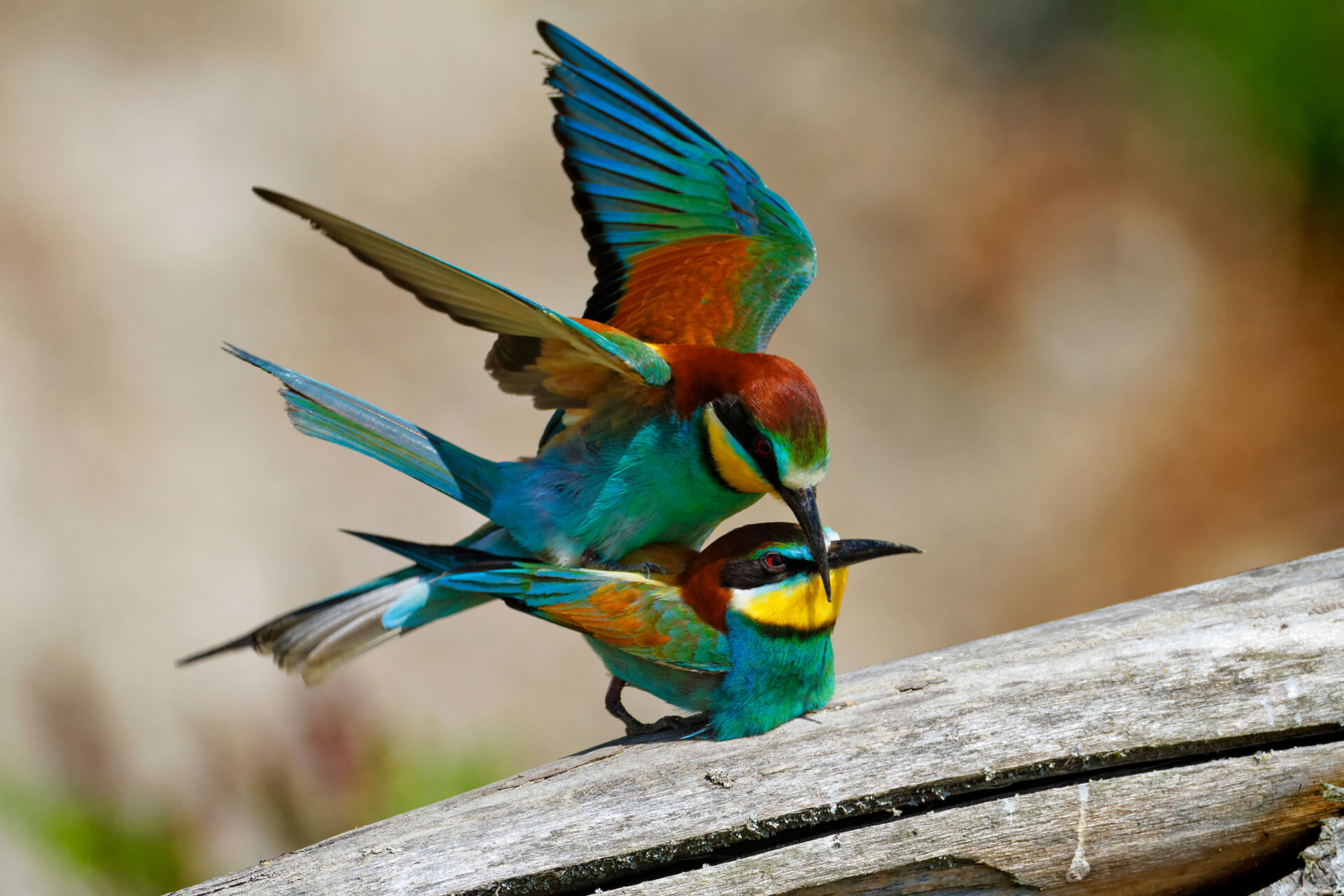 Two of the colorful residents in the Veliki Pažut Special Zoological Reserve, captured by © Goran Šafarek
Two of the colorful residents in the Veliki Pažut Special Zoological Reserve, captured by © Goran Šafarek
The Veliki Pažut Special Zoological Reserve is 1000 hectares that are specially protected to preserve this biodiversity. Its wetlands and running waters are home to beavers, ducks, coots, waterfowl and reed warblers. In winter, wild geese (spotted goose and hawthorn goose) stay here in large numbers. The deer who wander the surrounding forest are also protected, so long as they stay in Veliki Pažut. You can catch sight of this wildlife and photograph it from the new, specially designated solar-powered boat.

In warmer months, people bring their picnics and barbecues down here to the water's edge. There's a famous beach at the old Legrad-Halasz Csarda resort and nearby a new children's playground.
 Another two residents in the Veliki Pažut Special Zoological Reserve, captured by © Goran Šafarek
Another two residents in the Veliki Pažut Special Zoological Reserve, captured by © Goran Šafarek
You can read more about the visitor offer in Legrad and at the Veliki Pažut Special Zoological Reserve here.
Cycling the Drava river routes
 Cycling by the Drava River in Koprivnica Križevci County © Podravinaprigorjebike.com
Cycling by the Drava River in Koprivnica Križevci County © Podravinaprigorjebike.com
The Drava route is the oldest and most famous bicycle path in Podravina. As its name suggests, it largely follows the course of the Drava river. Although, it veers away from the riverside to take in some of the must-see sights of the county.
 © Podravinaprigorjebike.com
© Podravinaprigorjebike.com
On the 84 kilometre route, you pass through a diverse landscape - fields of golden agriculture, the neat rows of gently descending vineyards and forests that filter the sunlight. From the confluence of the Mura and Drava in Legrad, you drop down past Šoderica lake, before taking in the remarkable village of Hlebine, world-renowned as the centre of an art movement.
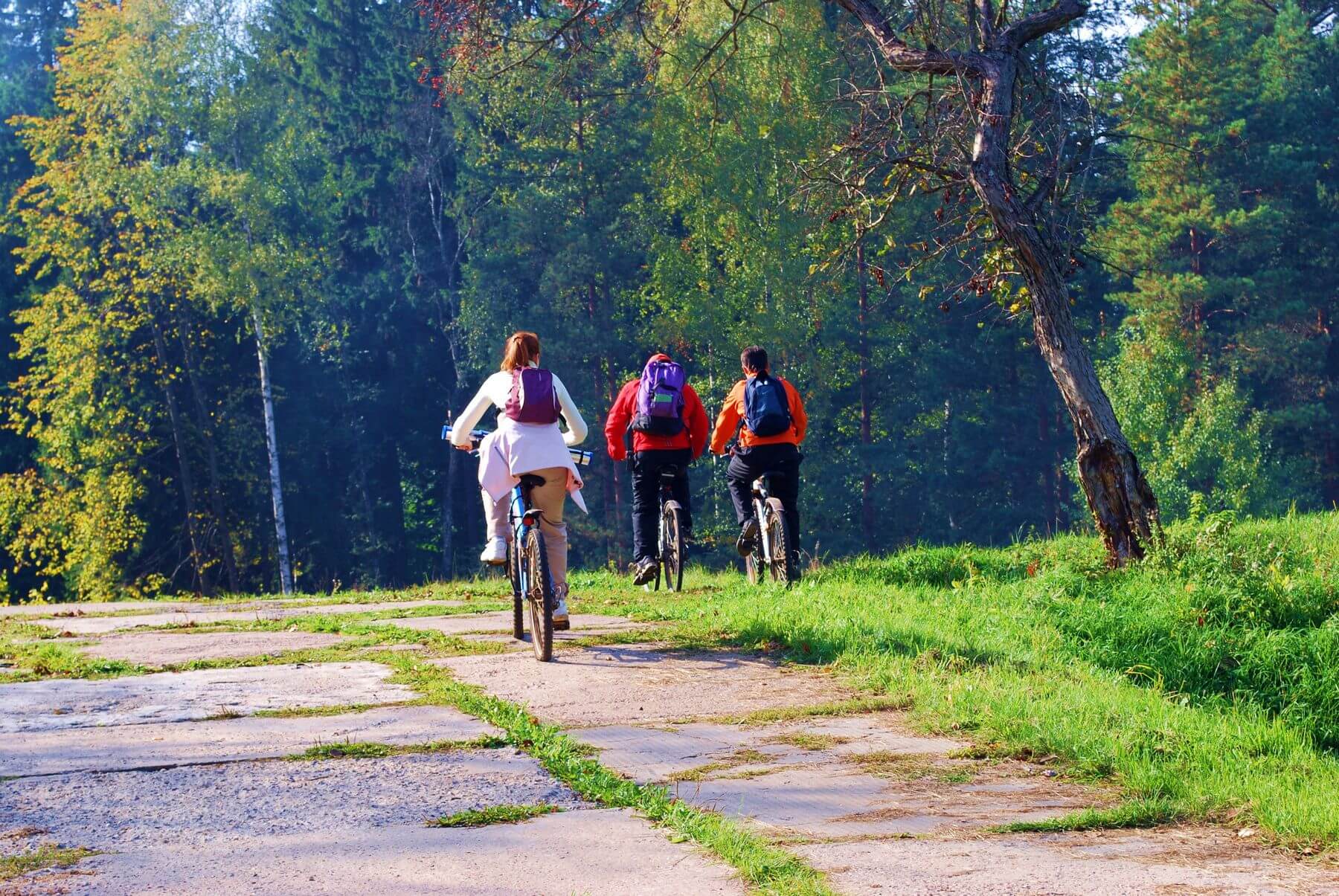 © Podravinaprigorjebike.com
© Podravinaprigorjebike.com
It's not the only historic settlement you meet. The grand city of Koprivnica sits on the route. Its town centre holds several monuments to cycling, so appreciated is the pastime here. Thereafter, traditional rural villages like Podravske Sesvete and Ferdinandovac give a timeless sense of life next to this great river.
Of course, this epic bike path is not the only one in Koprivnica Križevci County (you can see all of the specially designated ones here). Nor is it the only one to pass by the county's special waters.
 Deer climbing the banks of the Drava, captured by © Goran Šafarek
Deer climbing the banks of the Drava, captured by © Goran Šafarek
At 394 kilometres in length, the D7 bicycle route is incomparable. Starting on the Adriatic sea and ending on Lake Balaton in Hungary, it takes in some of Croatia's greatest water features, including Plitvice Lakes National Park, Lonjsko polje Nature Park and the Drava river in Koprivnica Križevci County. Other highlights it passes in the county are the medieval town of Đurđevac and the village of Gola. From Gola, an alternative bicycle route takes you back along the Drava, then across the river and on to Šoderica lake. The lake is surrounded by new recreational paths perfect for walking, cycling and skating.
Fishing on the Drava river in Koprivnica Križevci County
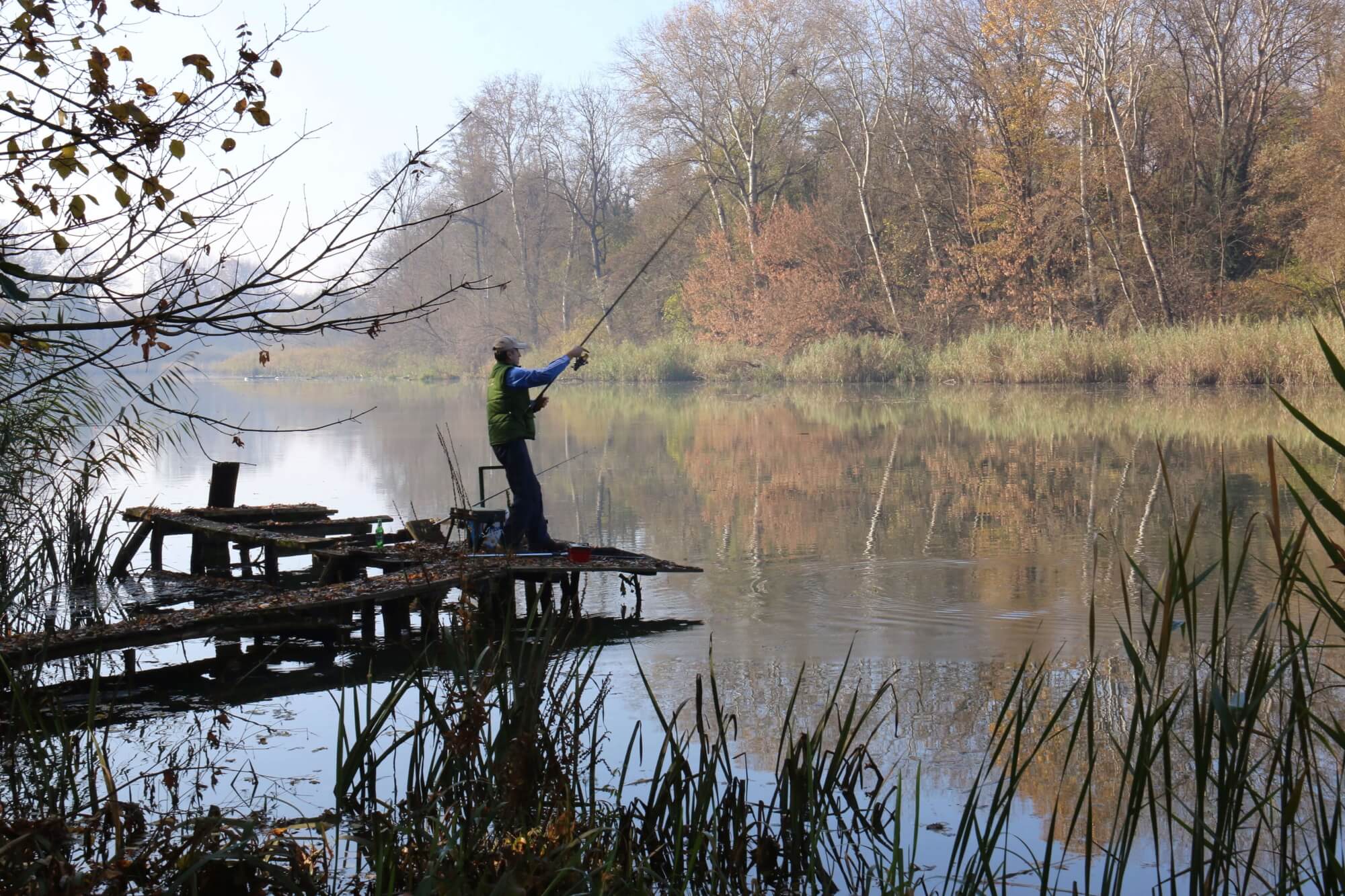 In autumn. Fishing on the Drava is enjoyed all year. © Željko Car
In autumn. Fishing on the Drava is enjoyed all year. © Željko Car
Boasting a massive 831,43 hectares of fishing waters, Koprivnica Križevci County is a fisherman's paradise. Carp, catfish, common bream, trout and pike are among the most commonly encountered here. These waters include not only the Drava and the Mura rivers but also more than 20 designated fishing lakes. They're managed by ZŠRK Koprivnica (here), who can also issue permits to any visitors drawn to fish in the spectacular county waters.
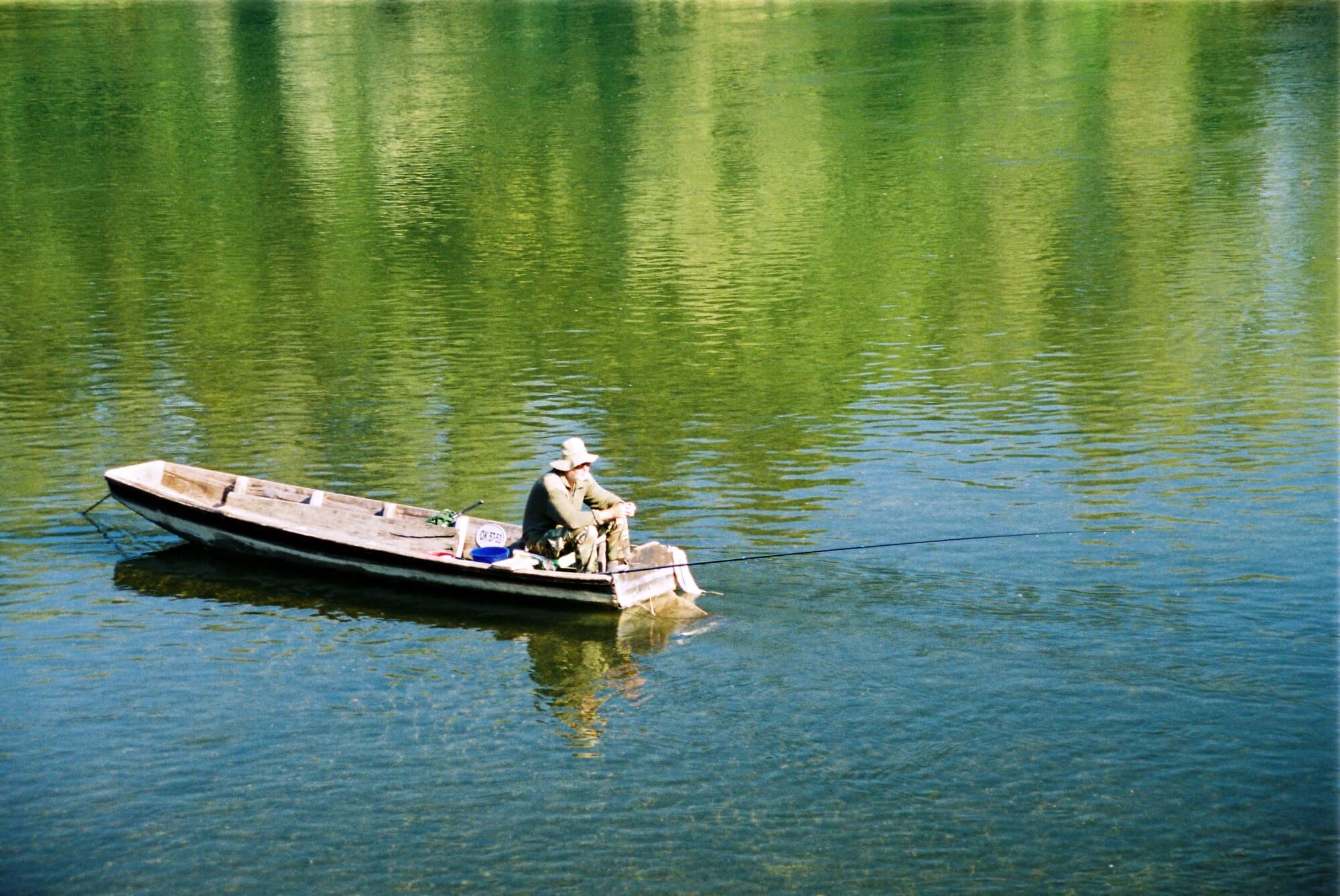 Peaceful seclusion on the Drava © Mato Zeman
Peaceful seclusion on the Drava © Mato Zeman
Camping by the Drava and Šoderica lake
 On a summer day, Šoderica lake © Marc Rowlands
On a summer day, Šoderica lake © Marc Rowlands
Often, the best way to connect with nature is to get up close and stay awhile. Camping by the Drava is great for relaxing and enjoying the surroundings. The Aqua Terra campsite (here) at Šoderica lake is just a couple of hundred metres from the river. There, you're only a few steps from the recreational lake, which is fed underground by the Drava itself.
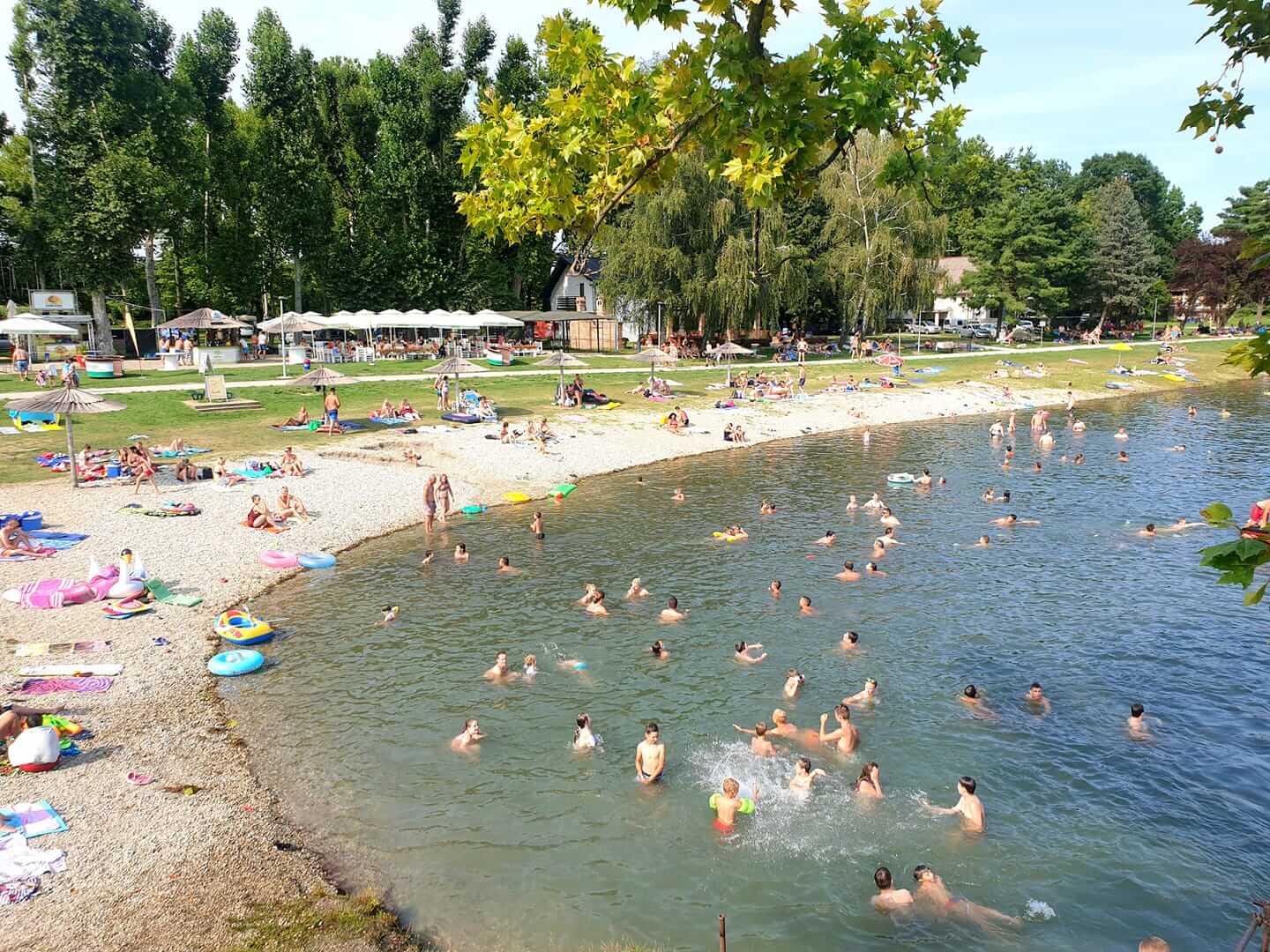 Summer fun on the beach at Šoderica lake © Aqua Terra
Summer fun on the beach at Šoderica lake © Aqua Terra
You're not alone on the lakeshore. Since before the 1960s, this has been a favourite place to come. Weekend houses sit back from the shoreline promenade. In warmer months, children's voices carry across the water while they're swimming in Šoderica. In the evenings, young adults congregate at popular bars on the edge of the lake. Music concerts, sports tournaments fill the lake's social calendar.

The camp itself is spread across 20,000 square meters and includes an activities park - with rope bridges through the treetops - and a beach bar. You can find out more about the events and activities on Šoderica lake here.
Hunting in the forests of the Drava
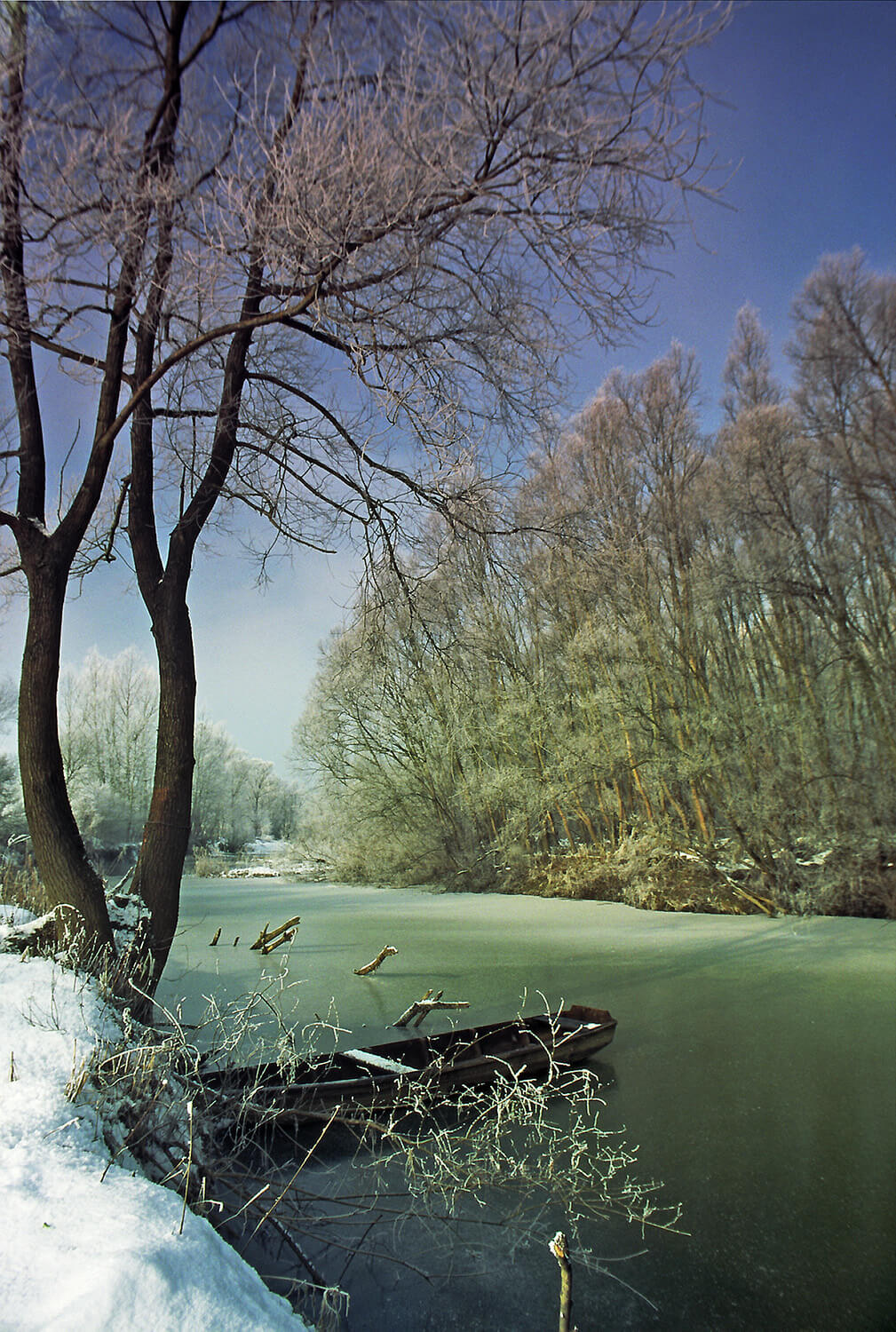 The river in winter © Mato Zeman
The river in winter © Mato Zeman
The forests that thickly line the banks of the Drava are filled with wildlife. Roe deer, red deer, boar, rabbits and pheasants are just some of the inhabitants. The region's hunters play a vital role in maintaining the habitat of these animals and in keeping track of population numbers. Visitors from several European countries are regularly welcomed to join their activities. Koprivnica-Križevci County Hunting Association can be contacted via local tourist board offices. Alternatively, there are private hunting grounds run by tourism experts KTC (here), who also offer hunting lodge accommodation (here).
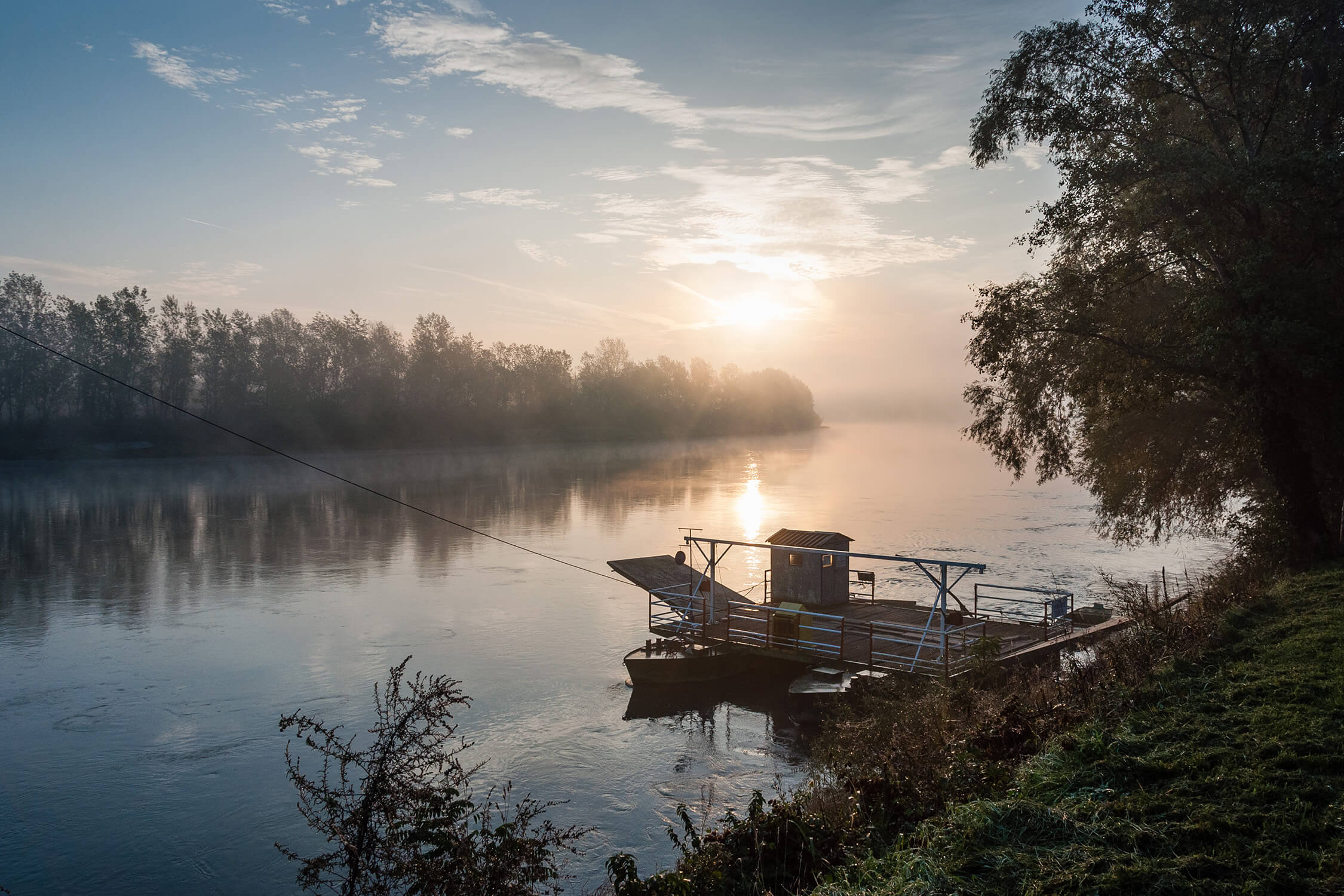 Raft on the Drava © Mato Zeman
Raft on the Drava © Mato Zeman
Wild swimming in Koprivnica Križevci County
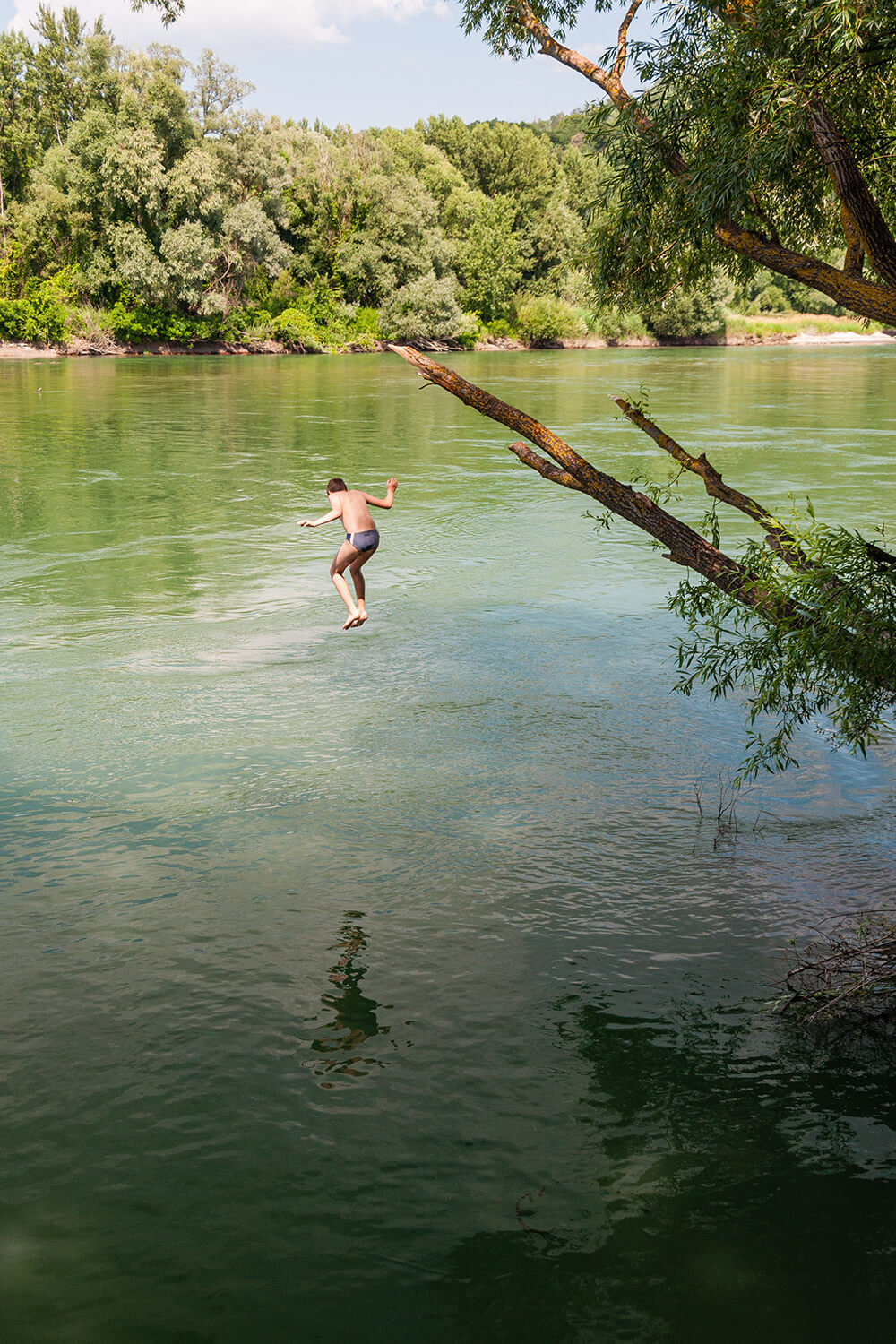 Jumping into the Drava © Mato Zeman
Jumping into the Drava © Mato Zeman
In summer and early autumn, the Drava warms before reaching the county. In some stretches, where the water is deep enough, yet protected from the always strong currents, you can swim in the river. Children jump from rope swings, then plunge into the cooling waters. The river feeds two lakes which are also popular places for summer swimming; Šoderica near Legrad and Đelekovec and the Čingi lingi lake, which lies between the villages of Repaš and Molve.
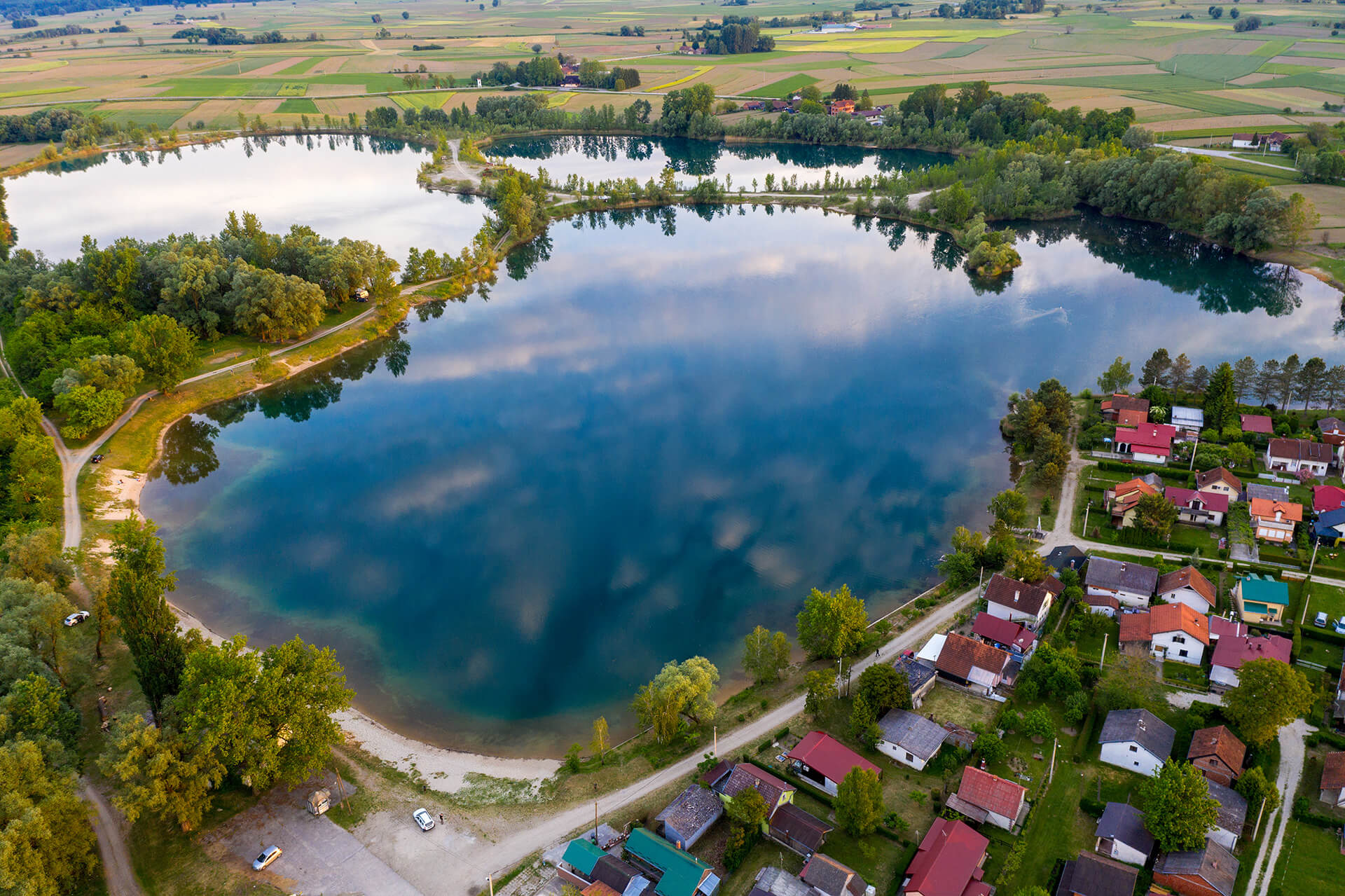 From above, Čingi lingi lake © Goran Šafarek
From above, Čingi lingi lake © Goran Šafarek
Rafting, kayaking, canoeing and boat trips on the Drava river
 This giant river is full and wide, even in summer © Željko Car
This giant river is full and wide, even in summer © Željko Car
Many of Croatia's rivers are too dry in summer to support activities. Not the Drava. This giant flows thick and fast even during peak summertime. A great way to enjoy the natural surroundings is from atop the water itself. A whole new perspective of the riverside banks and forests opens up from a canoe or kayak. Gliding silently through the landscape allows it to unfold. For a more thrilling experience, take to the Drava by motorboat or wild rafting.
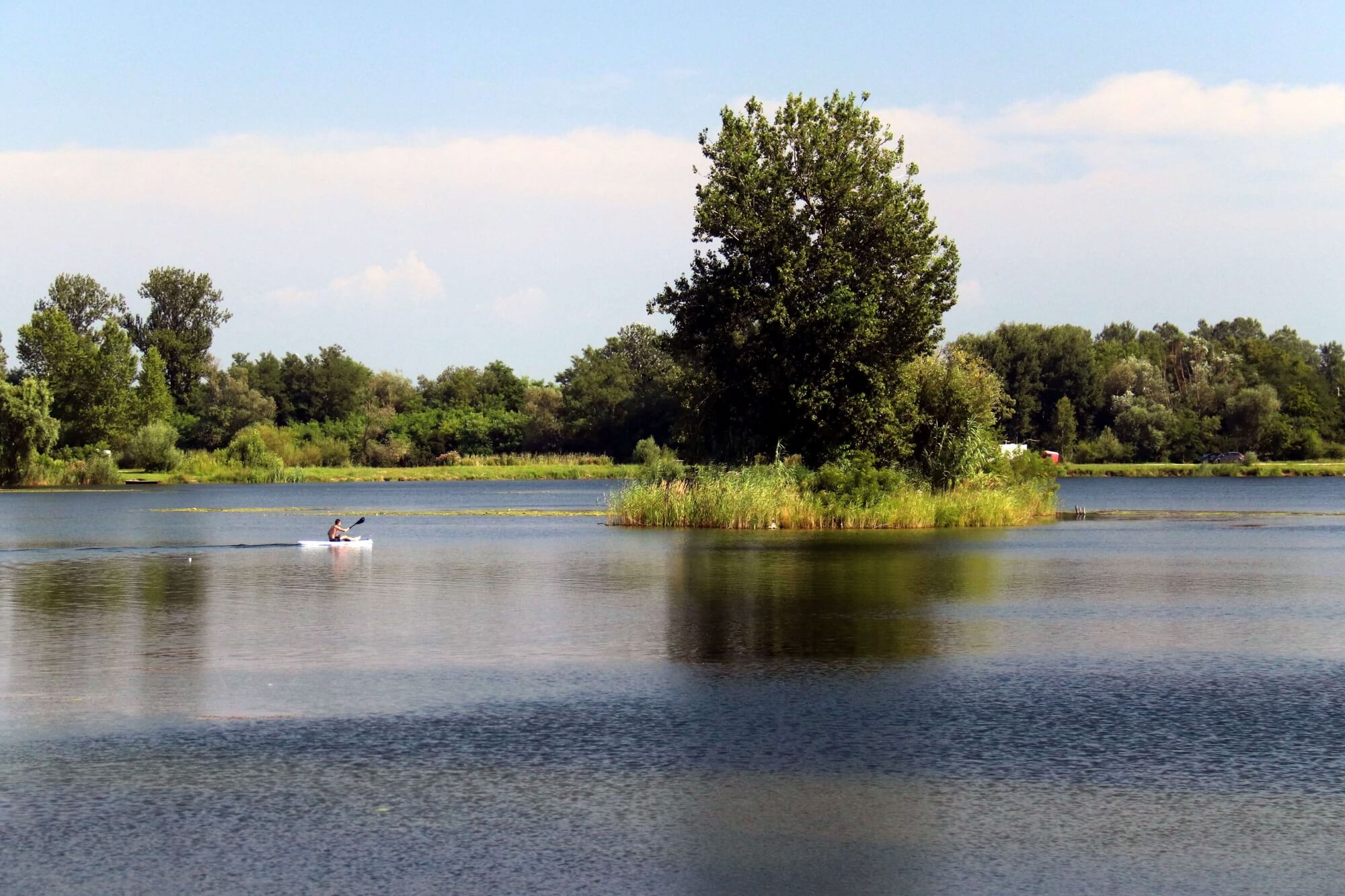 Canoeing through an epic landscape © Željko Car
Canoeing through an epic landscape © Željko Car
You can go rafting with Rafting Club Koprivnica (here) or with Etno Kuce Karlovcan (here). Karlovcan also offer motorboat excursions and accommodate larger parties on river tours. You can find out more from the Tourist Board of Dravski Peski (link below).
Food and drink from the Drava river and its fields

At the annual outdoor cook-off Fišijada Ferdinandovac, you could well imagine being further down the Drava in the region of Slavonia. The fried fish and the deep red, paprika-rich fish stews here are classics of Slavonia. And they're favourites here too. The carp and catfish are pulled from the same river, the paprika a long embraced influence from Hungary on the other side.
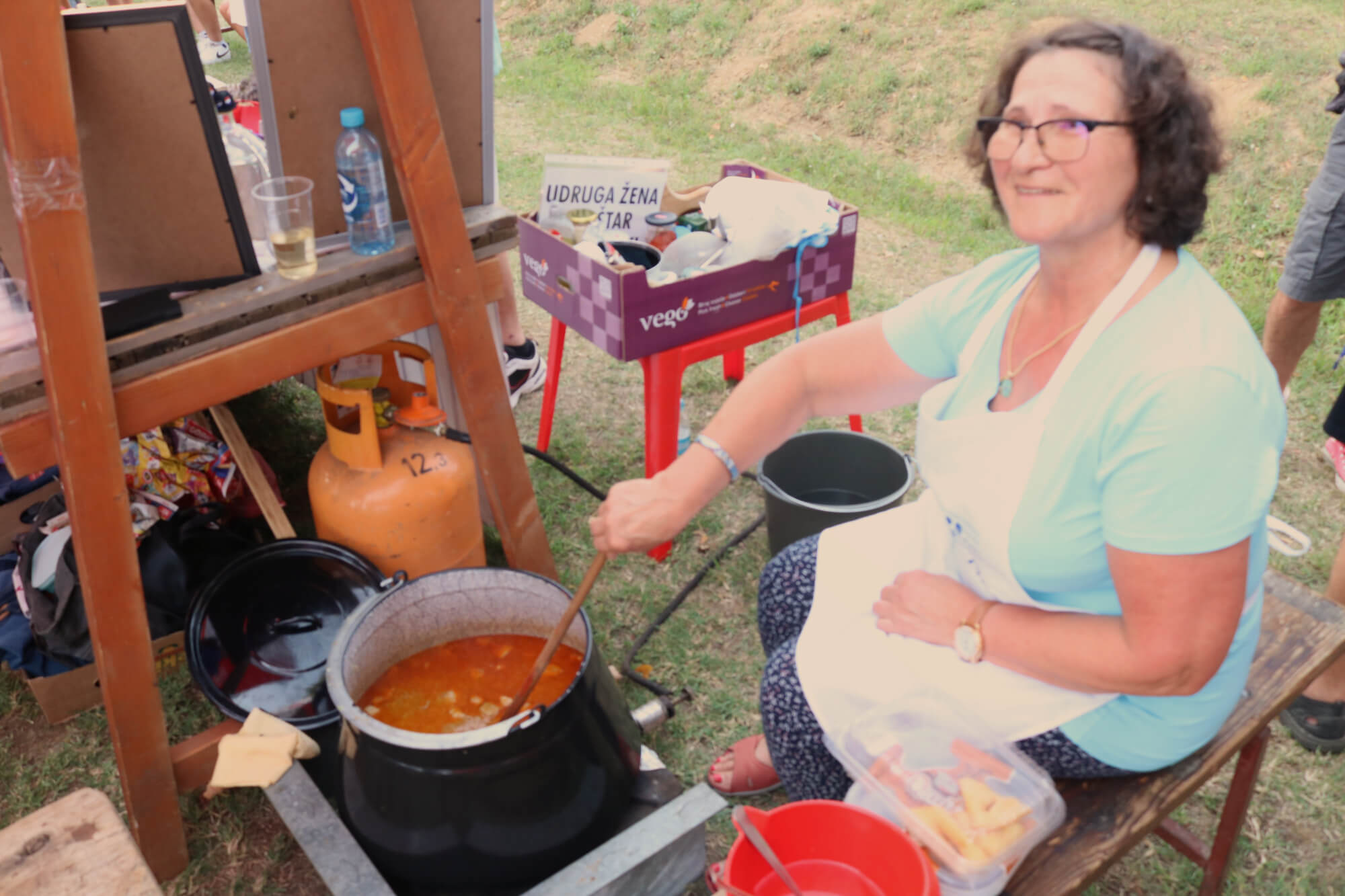 Making gulash in competition at Rokovo in Kozarevac © Marc Rowlands
Making gulash in competition at Rokovo in Kozarevac © Marc Rowlands
But, you'd be wrong to think that Podravina cuisine is an exact match of Slavonia's. Koprivnica-Križevci County has its own distinct recipes, ingredients and flavours. Wild mushrooms, plucked from the forests and fields by the Drava, can be found alongside barley in a classic local soup. It's delicious.
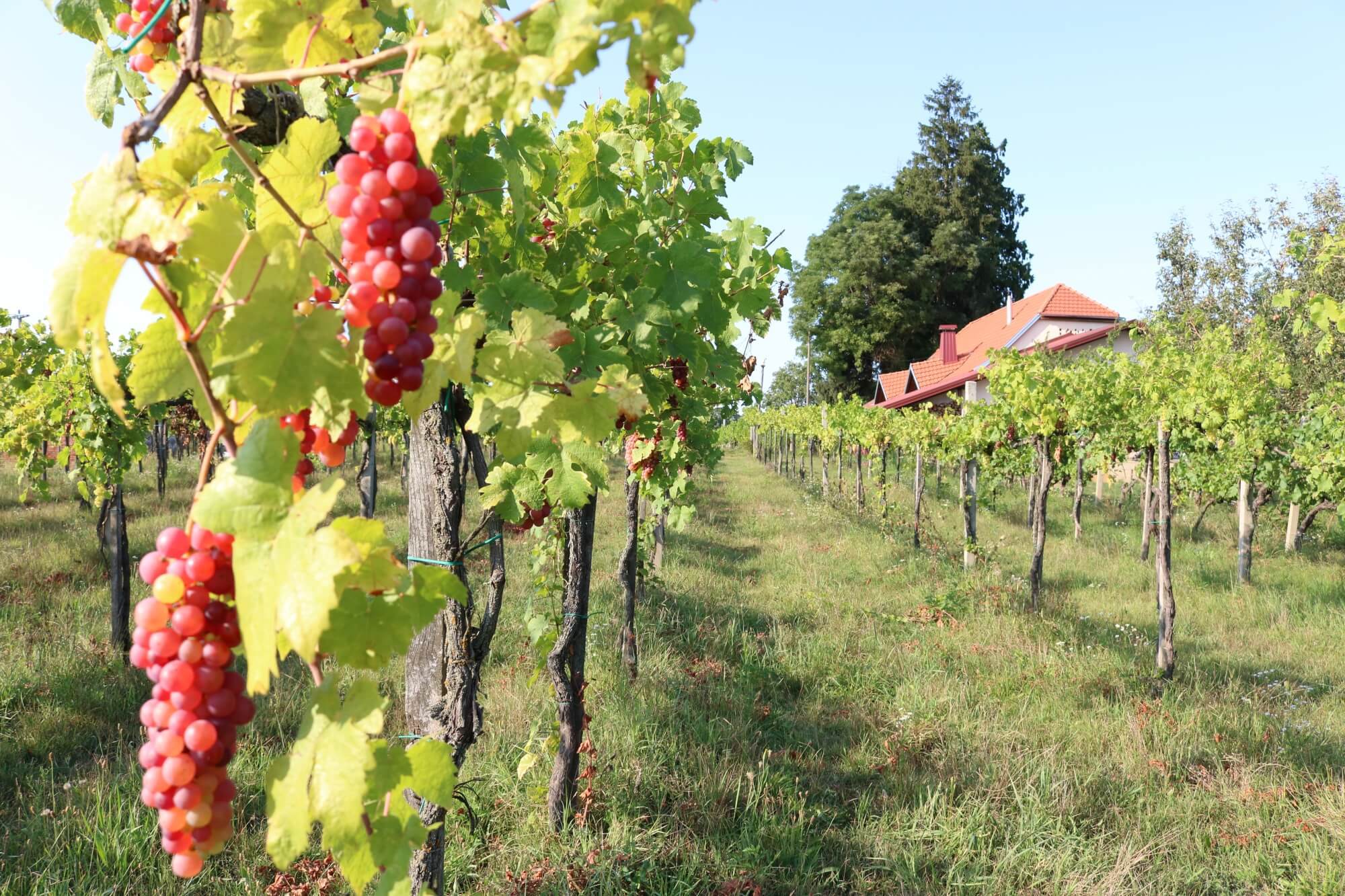 The all-organic vines of Vinarija Šipek in Kloštar Podravski, Koprivnica-Križevci County © Marc Rowlands
The all-organic vines of Vinarija Šipek in Kloštar Podravski, Koprivnica-Križevci County © Marc Rowlands
Koprivnica-Križevci County also has exemplary wines. You'll find superb whites like Riesling, Chardonnay, Grasevina, Sauvignon blanc and more here. They thrive in sandy soil. It has been deposited in the fields here over millennia by the Drava. Vinarija Šipek in Kloštar Podravski (here) run an all-organic winery with excellent wines and heritage grapes. Vinarija Kostanjevec in Lukovec (here) are decorated internationally. In 2020, their Premium Riesling won Silver at the Decanter World Wine Awards. But, there are many more great winemakers all across the county.

In this part of Podravina, celebrating the fine local food and drink is a regular part of the culture. Every village has at least one notable event. Often held outdoors, they are great social occasions and a good excuse to visit a neighbouring place. More often than not, a sports match, music concert or a funfair runs in tandem. If you want to try the river fish dishes of Podravina, restaurant Ribička hiža near Đurđevac (here) serves these specialities year-round.
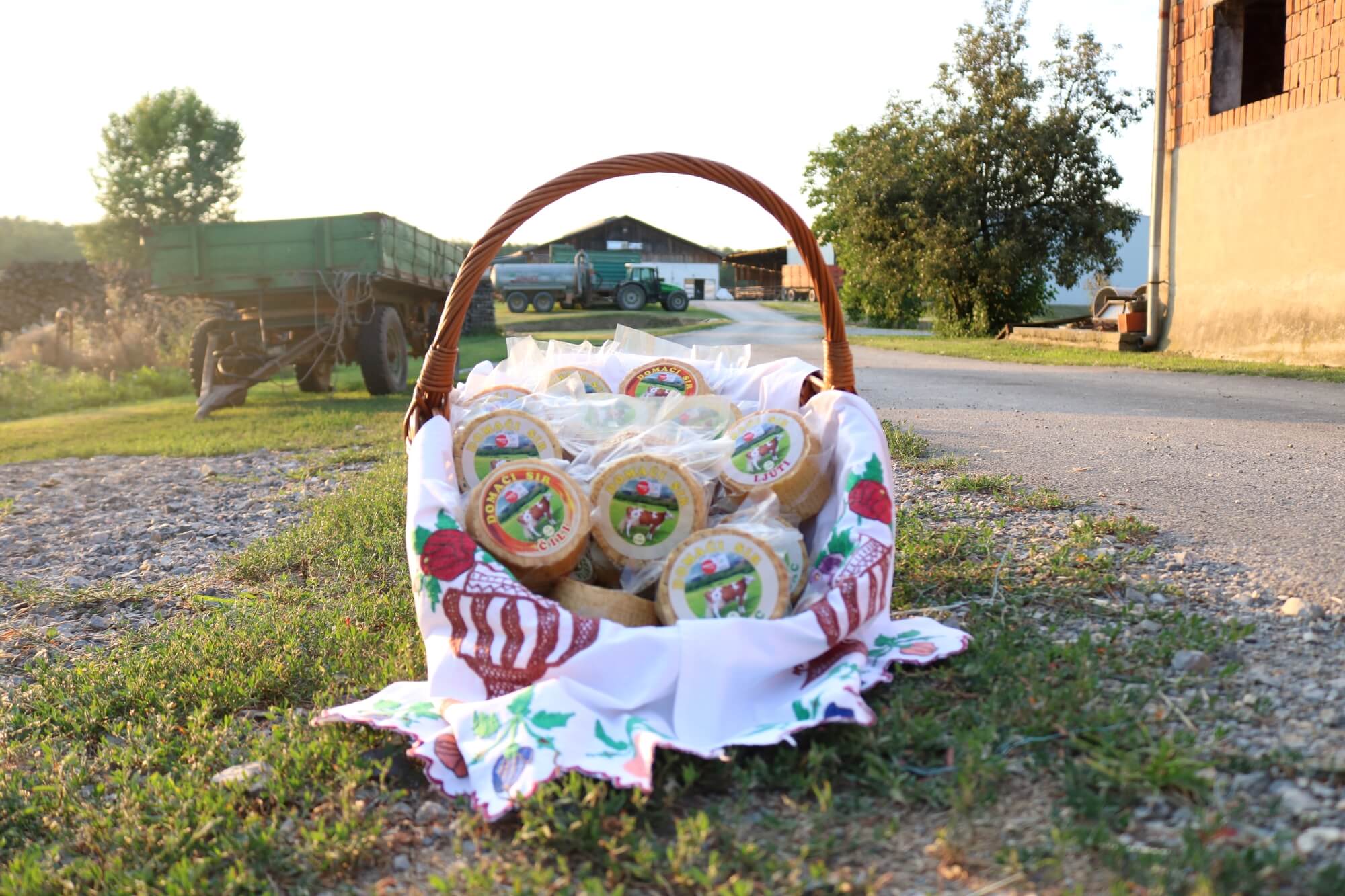
Staying by the Drava river
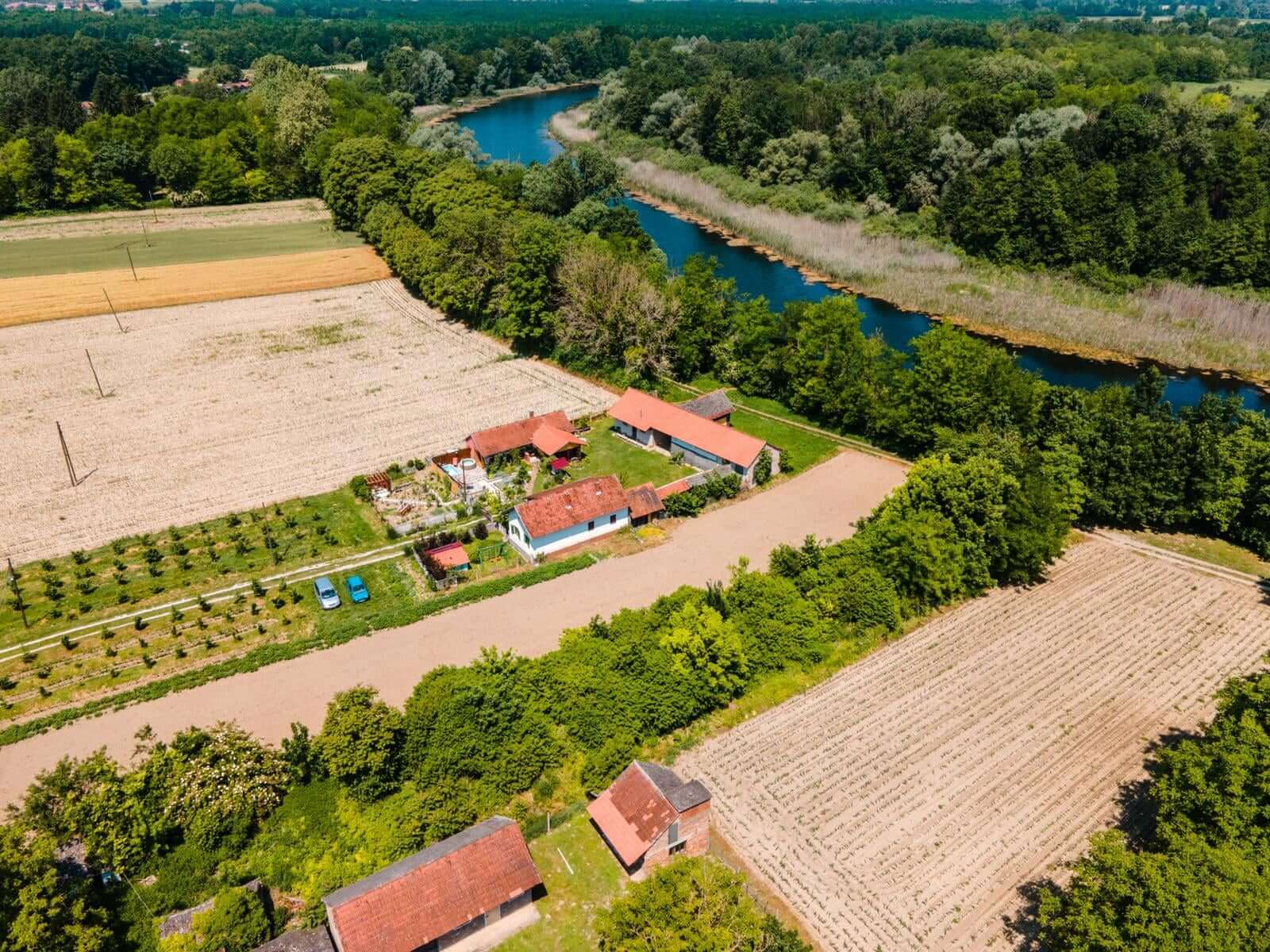 From above, Dravski raj on the Drava River in Koprivnica Križevci County © Toni Fereža/FT STUDIO
From above, Dravski raj on the Drava River in Koprivnica Križevci County © Toni Fereža/FT STUDIO
You can find great traditional accommodation across all of Koprivnica-Križevci County. And, if you want to stay right next to the Drava, there are some super options.
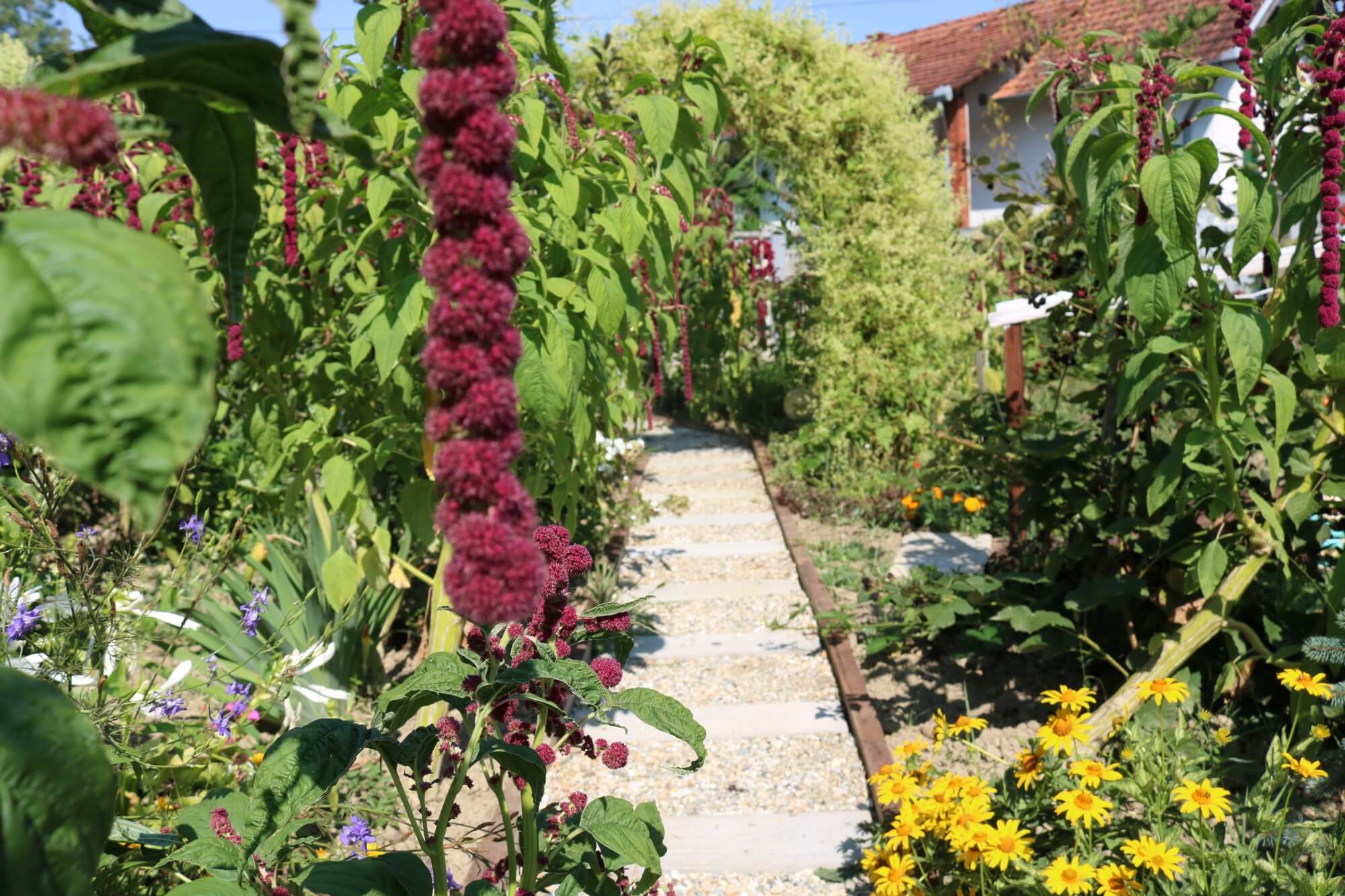
Dravski raj (here) is a delightful renovated farm complex that backs onto the Drava. Inside traditional buildings, you'll find modern bedrooms, a games room, hot tub and free bicycles for exploring the surrounding nature. You can draw your own water from the well to drink – or just take it from the tap, of course.
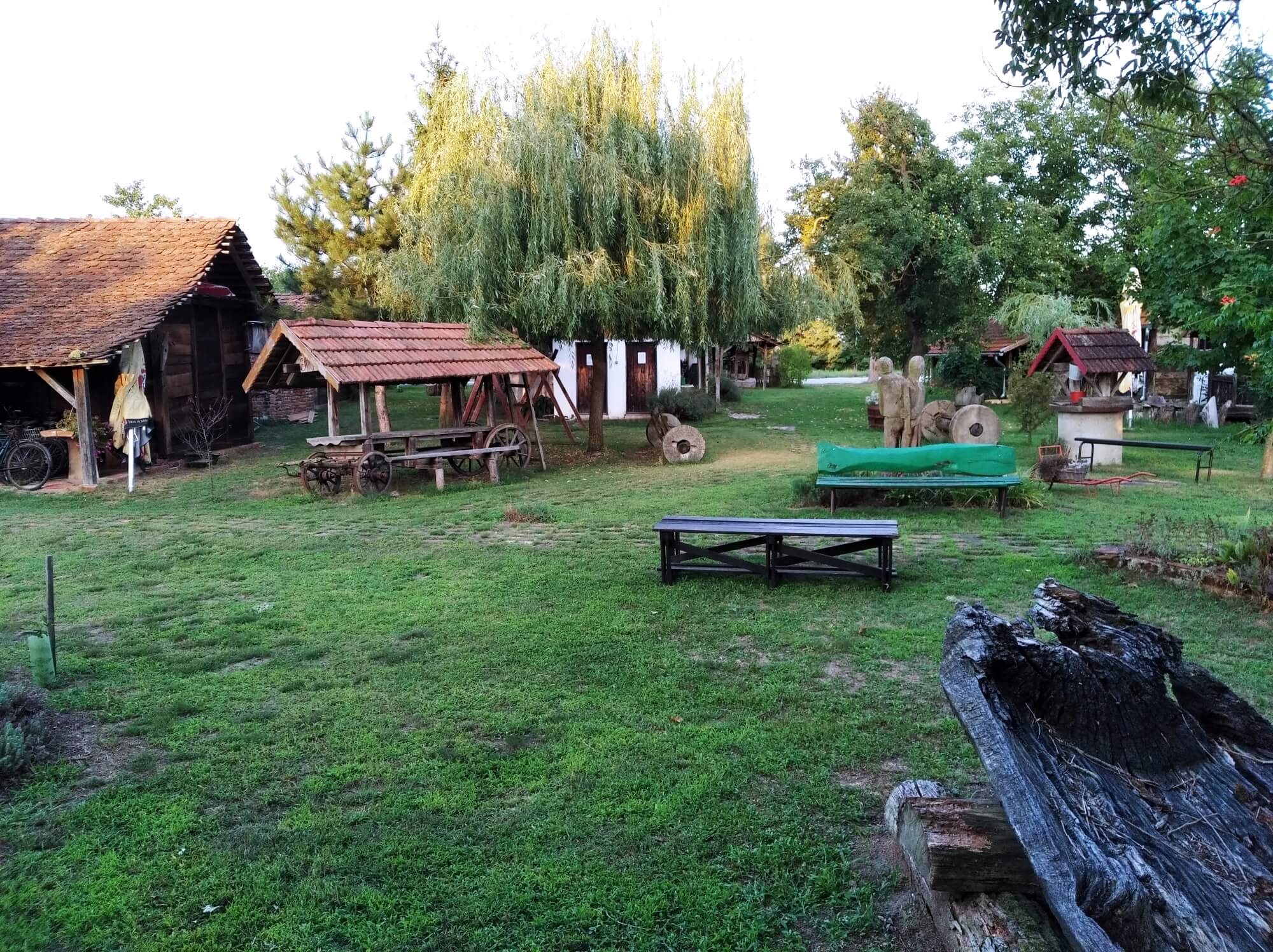 Perfect for events and relaxing, the sprawling grounds of Etno kuce Karlovcan © Marc Rowlands
Perfect for events and relaxing, the sprawling grounds of Etno kuce Karlovcan © Marc Rowlands
Etno kuce Karlovcan (here) is a large plot containing artefacts of regional agriculture and life from the last few hundred years. Longstanding stakeholders in tourism on the Drava, they offer food, accommodation, boat rides, rafting and horse riding too.
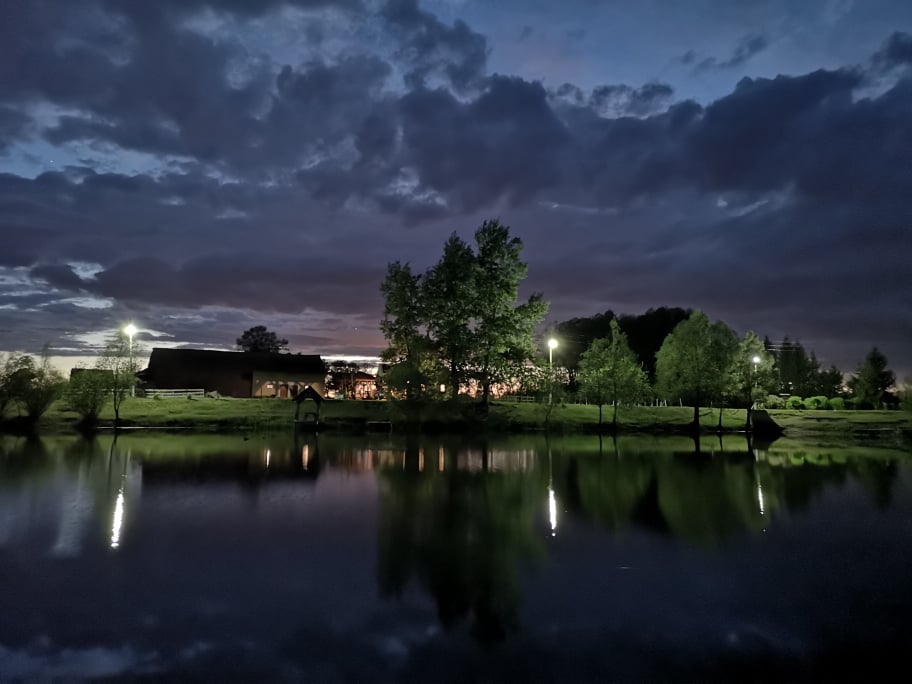 From the water, Country House Ivančan © Domagoj Krznarić
From the water, Country House Ivančan © Domagoj Krznarić
Art centar Ješkovo have robinson accommodation near Ješkovo. Also, Country House Ivančan (here) is perfect for a riverside getaway. The family enterprise is also famed for the food they prepare.
This article was produced with the co-operation of Koprivnica-Križevci County Tourist Board. Both the author and Total Croatia News would like to sincerely thank Željko Car, Mato Zeman and Goran Šafarek for the kind permission to use their photography here.
If you would like more information about any of the mentioned events, activities or county cycle routes, you can contact Koprivnica-Križevci County's tourist boards on these links.
Koprivnica town tourist board here
Križevci tourist board here
Đurđevac tourist board here
Central Podravina tourist board here
Tourist board of Dravski Peski here
Kalnik tourist board here
Croatia Part of UNESCO Mura-Drava-Danube Biosphere Reserve Crossing 5 Countries
September 16, 2021 - The UNESCO-declared Mura-Drava-Danube biosphere reserve is the first in the world to cross over five countries - Austria, Slovenia, Croatia, Hungary, and Serbia.
On Wednesday, UNESCO declared the Mura, Drava, and Danube area the world's first five-state biosphere reserve. The largest protected river area in Europe is an excellent example of cooperation between the five countries. The biosphere reserve stretches across Austria, Slovenia, Croatia, Hungary, and Serbia to almost a million hectares and 700 kilometers of river flow, reports HRTurizam.
Recall, the joint nomination of the five countries was sent to UNESCO in September 2019, and it was the last step of the puzzle to declare the Mura-Drava-Danube the world's first five-state biosphere reserve. Due to its unique habitats and numerous rare species, the biosphere reserve is also known as the European Amazon.
The biosphere reserve area abounds in rare habitats such as large floodplain forests, sand and gravel banks, steep banks, and backwaters. They are home to the largest population of bald eagles in Europe and the nesting ground of many endangered bird species such as sand martin, little terns and black storks, beaver and otter habitats, and fish such as sturgeon.
About a million people depend on the Mura, Drava, and Danube, and these three rivers have shaped their lives. Floodplains protect settlements from floods and supply drinking water, while exceptional river landscapes increase the potential for sustainable tourism development.
"Cross-border nomination is a strong indicator of strengthening regional cooperation and unification of countries with a unique goal of nature protection. Working on a joint nomination is an excellent example of interstate cooperation on such an important issue," said Petra Remeta, director of the WWF Adria nature protection program back in 2019.
The value was also recognized by the European Union, which co-financed projects worth more than 20 million euros, which contribute to the protection of nature and the development of this area.
For more on travel in Croatia, follow TCN's dedicated page.
Wonders of Canoeing on Drava River
The Drava river is one of the last naturally preserved lowland rivers in Europe. This mainly refers to the section of the Drava from Legrad downstream, where the Drava follows the border between Croatia and Hungary, and, in the section from Donji Miholjac to Aljmaš, between Slavonia and Baranja. The fact that during the socialist period the Drava was the location of the iron curtain, the border between the Warsaw Pact and the non-aligned Yugoslavia, contributed significantly to the preservation of this part of the Drava river, undisturbed, with many river branches, islands and islets. More and more tourists are visiting this part of Croatia, including many who opt for canoeing on Drava river.
One of the largest river islands on the Drava is located at Bistrinci, which is, along with Nard, one of few Slavonian villages situated right next to the Drava. The island is about two kilometres upstream from Bistrinci, opposite the St. Anna shrine. Although it is one of the largest river islands on this part of the river, it is funny that everyone calls it “Adica” (meaning “small river island” in Croatian).
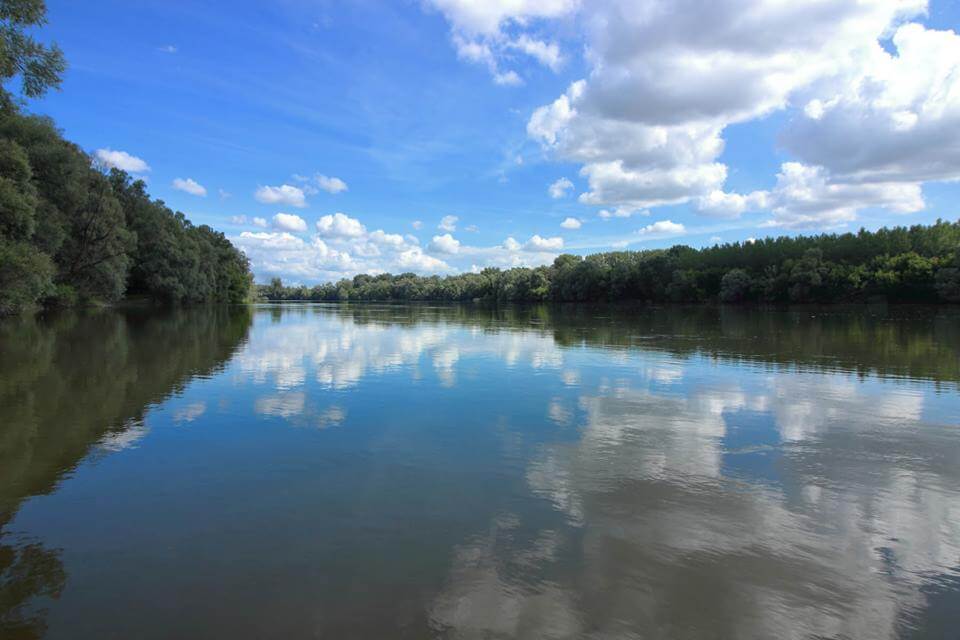
However, unlike other river islands, Adica is separated from the main river by a narrow semi-circular canal, so at first glance, it does not seem to be an island at all. The western and the eastern entrance to the Adica channel initially look like an inlet, and you have to pass the entire channel to see for yourselves that it is actually an island.
The usual starting point for canoeing on the lower section of the Drava river is the kayak club in Belišće, located right next to the 107th Brigade Bridge, which was only the second bridge to connect Slavonia and Baranja, after the one in Osijek which leads towards Bilje. Belišće has a long and rich sporting and especially canoeing tradition. The most-well-known athletes from the area are the most decorated Croatian (and Yugoslavian) Olympian Matija Ljubek and the world champion in long races Ivan Šabjan. They were initially partners, later rivals, and stories about them are still told today and represent an inspiration for young kids.

For those who want something more from canoeing than just the sports, there are tourist canoes, which, in addition to recreation, also offer the possibility of relaxed enjoyment of nature, birdwatching, and above all, a pleasant experience. You perhaps not know that sporting canoes are designed so that you have to kneel in them, and the paddling itself helps the canoeist to maintain the fragile balance. In sports, the imperative is for a canoe to be as fast as possible, which means it has to be as narrow as possible, so at the very bottom a sporting canoe is wide just enough to fit a knee holder.
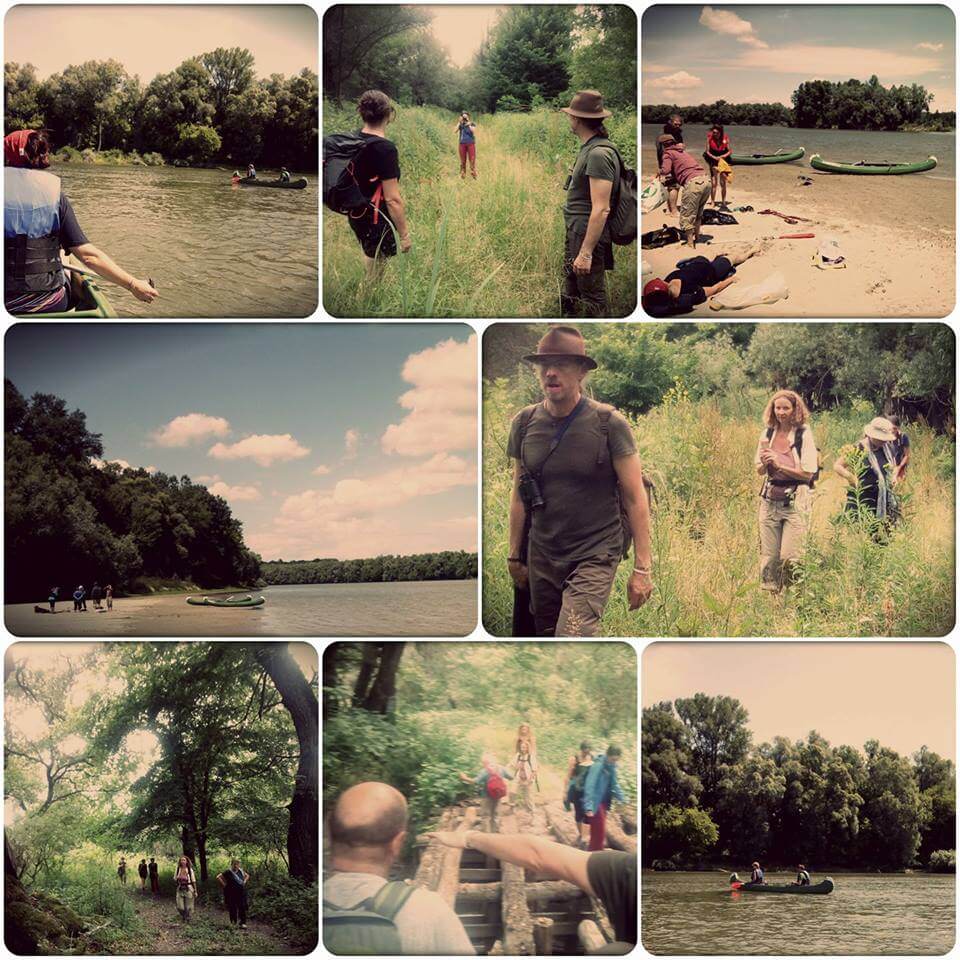
Tourist canoes are more like excursion boats. In additions to enabling tourists to sit in them, they also include plenty of equipment needed for one-day or multi-day excursions. Still, they are no less mobile than sporting canoes and provide easy access to otherwise inaccessible parts of the river.
One of these hidden parts of the Drava is the Old Drava, located on the left, Baranja side of the river. Whether you can enter the Old Drava depends on the water levels. If the water is too low, it is impossible or challenging to enter it because of metal obstructions that arise from the water. If the water level is high enough, then you can enter it without problems. Still, the route includes two obstacles, small bridges, so again everything depends on the water level. If the water level is optimal, then you can pass below the bridges in the canoes, but sometimes it is necessary to get out of the water and carry the boat over the bridge. If the water level is extremely high, you can even cross above the bridges in a canoe, but this is rarely the case. The waterway to the Old Drava is relatively long, and at its end, the rowers hit a “jungle” of reeds and sedges. After all the obstacles are passed, you arrive at the former section of the river, which is now a marsh.
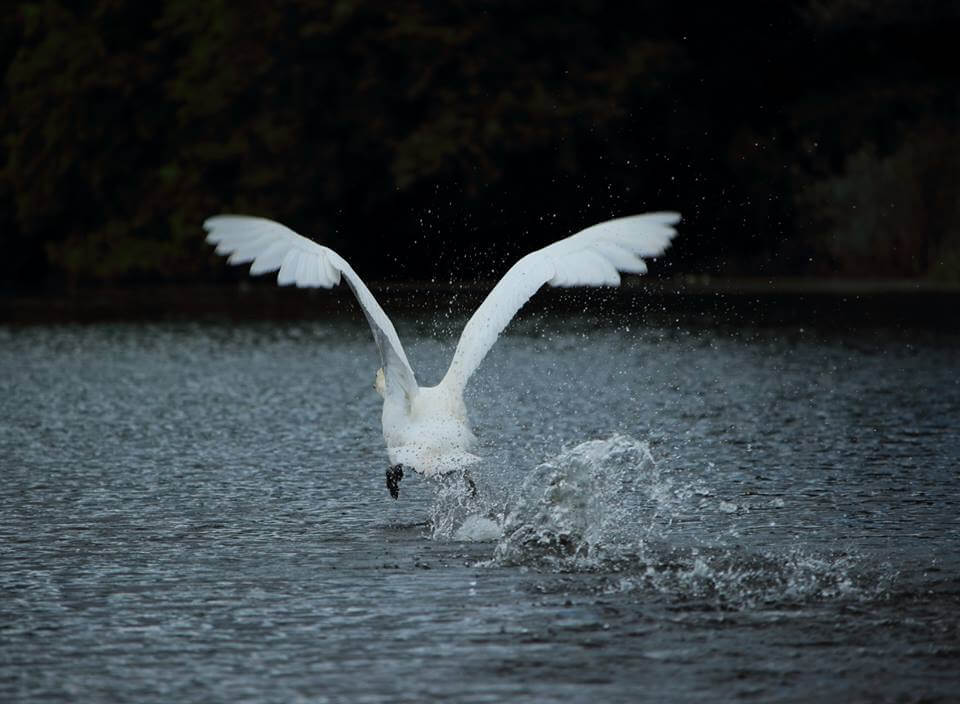
Because of its connection with the new Drava, the old branch does not dry out like some other similar branches. The old Drava is home to a colony of swans. The branch is semi-circular, and the former Orešanci Roma village is located along its banks. After the major flooding, all Orešanci residents migrated to Bistrinci, so today Bistrinci is the largest Roma settlement in Eastern Croatia after Darda. Reeds and sedges, waterlilies and swans – this is the best description of the Old Drava.
If you do not turn into the channel at the kayak club, but instead continue to paddle upstream on the main river, you will soon reach the Bistrinci beach. Depending on the water level, it can be an extensive sandy beach, or it can disappear completely. The championship of Pannonia in “picigin” game called Bistrigin takes place every year at the Bistrinci beach. Organisers always fear that high water levels might create problems, but so far, they have never had to find an alternative location.
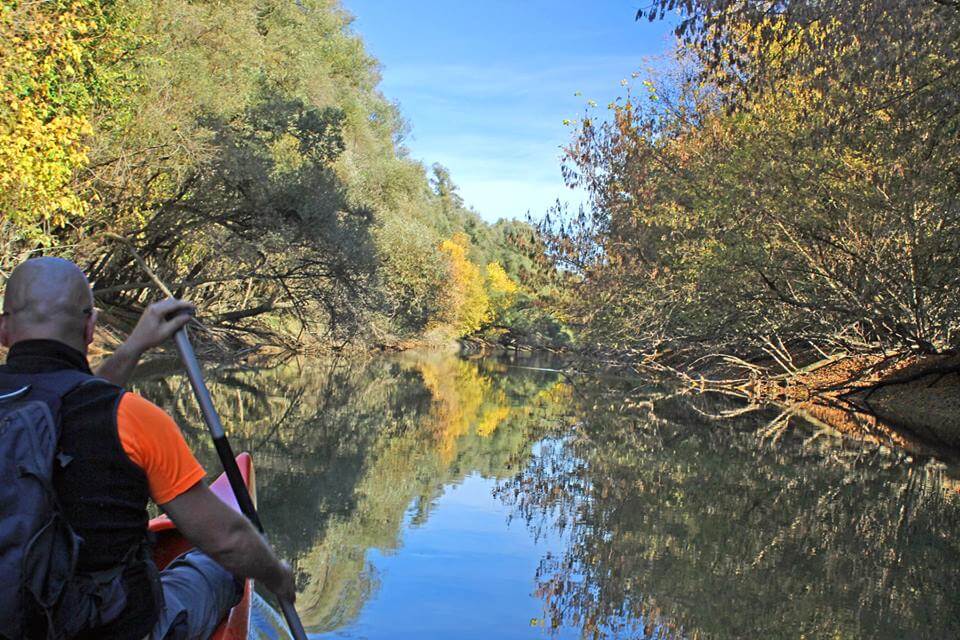
If the water level is low enough, you can almost walk from the Bistrinci beach to the Bistrinci island. It is a large river island that also has a beautiful sandy beach. The "summer camp" of the five-member Zanoški family is located there. To them, the Drava is like a home during the sunny months, while the island is like a living room.
In the last couple of years, two more islets have emerged at the top of the canal that divides the bank from the island. They used to be just vegetation that grew out of the water. Every year they are getting bigger and bigger, and there is a danger they might block the channel, which means that the island would become a peninsula. This is the best proof that the Drava is continually changing and that the change is the only permanent feature. This is a beautiful part of the Drava, with many lagoons, sandy beaches, shallows...
From the island, you can proceed towards Adica. When the water levels are low, there is a beautiful sandy beach in front of Adica. Ahead of the beach, on the left Baranja bank, there is deadwood – a cluster of trees protruding threateningly from the water, and it takes superior rowing skills to pass between them and not to overturn. The Adica channel divides the island and the mainland. At the very mouth of the channel, the water has broken the earth and vegetation barrier, so there is also threatening deadwood there. By paddling further upstream, you reach a high bank, which is the best proof of how the Drava is “eating away” the river bank, with tree roots protruding from the bank.

There you can leave the boat and head towards a hiking rest stop, one of the points on the Belišće Podravina hiking trail that follows the Drava River. From that rest stop, it is very easy to reach Jugovača, a marsh similar in origin to the Old Drava, but which did not have the luck that the canal feeds it water from the main river and has therefore slowly vanished. It is a habitat for a large number of birds, and a birdwatching house has been set up next to it. It is a pity that hornets have occupied it in the meantime.
If you continue upstream from Adica, you will reach a channel which connects the Drava with Karašica in Gat, and further upstream from there are two Drava islands – Duck Island and Venus Island. The Venus Island includes a “Robinson” accommodation made by the kettle master and hunter Josip Delač. After "occupation," Delač, just like any proper conqueror, has given a new name to the island – PRC – Psycho-Recreation Centre.
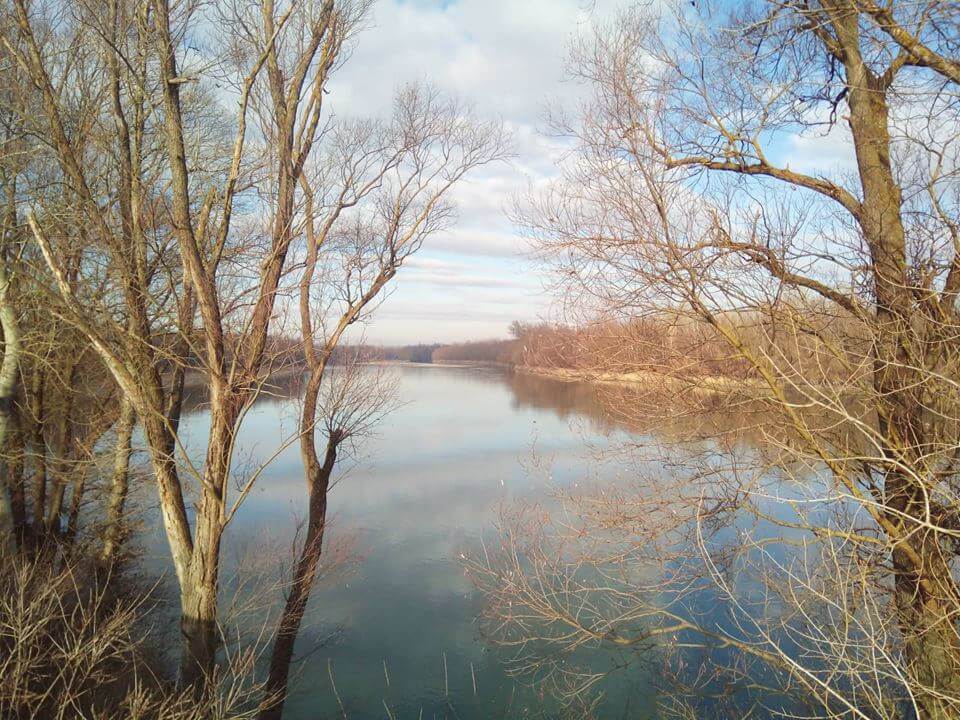
Sounds ambitious, but there you do not need much of anything, just as much as it is enough. Enough to sleep if a river storm starts. And storms are not an unusual occurrence. The author of this article once spent 20 minutes under a canoe on the Bistrinci island beach, hiding from a spring hailstorm. Also, he went to the Venus island to bring mosquito spray to a group of friends but had to spend a night there due to a thunderstorm. Fortunately, there is no better experience than seeing a lightning strike over the Drava while you are in the middle of the wilderness, in pure nature. If I were to write about what lies upstream from the Duck Island and downstream from Belišće, places like “hagla”, Valpovo beach, Nehaj and so on, this article would be even longer.
Summer is ideal for multi-day adventures, and spring and fall for expedition rowing; however, the winter canoeing among the icebergs also has its charms. The locals are the most common visitors to the Drava, but they also welcome tourists like Mladen Tutavac, who shot the photos in this article. The Drava is an undiscovered gem and is an ideal destination for an urban getaway, while “spending time on the Drava” is a lifestyle. It is enough to spend one day with the Zanoški family, and everything will become apparent to you.
More news on the Drava river can be found in our Travel section.
99.7%-Complete Bridge to Finally Get Remaining 0.3%
The Drava Bridge, whose construction was stopped two years ago even though it was 99.7% completed will finally be finished next spring. The Croatian Motorways (HAC) public company has signed a contract with contractors to complete the remaining 0.3 percent of the bridge, reports Večernji List on November 18, 2018.
The contract for the construction of the Drava Bridge is worth almost one billion kuna. The works started in 2011 and should have been completed by the end of 2013. The contractor was a consortium of local construction companies consisting of Viadukt, Osijek-Koteks, Konstruktor-Inženjering and Hidroelektra Niskogradnja.
The works were first late and then completely stopped due to a dispute between HAC and contractors about construction costs. The contractors said they would continue with the works only if HAC paid them additional 202 million kuna. HAC has offered them a deal with 94 million kuna of extra costs, which the contractors have apparently accepted. The result of the agreement is the signing of an agreement for the bridge completion.
The remaining works are worth about three million kuna, and the majority of the cost refers to anti-corrosion protection. HAC claims that the remaining works will mainly be done by Osijek Koteks, with the help of Zagreb Montaža. They have already paid an advance of 700,000 kuna to the Swiss company VSL for the purchase of anti-corrosive supplies. However, since the delivery of the goods will last about three months, the final works will not begin before early next year. Experts estimate that the Swiss company will need a maximum of two weeks to complete the job once the supplies arrive.
Along with the completion of works on the bridge, a tender for the construction of the motorway section on the Croatian part of Corridor 5c, from Halasica to Beli Manastir, will be published. Croatia still needs to construct the 17.5-kilometre section, as well as a 5-kilometre section from Beli Manastir to the border with Hungary.
According to sources, negotiations are ongoing with the EBRD about a loan for the construction of these remaining 22.5 kilometres of the motorway. The total value of the works is 100 million euro. The lending conditions will be favourable, with interest rates up to one percent and the repayment period of between 15 and 25 years. The final decision on the loan is expected in the first quarter of 2019.
The tender for the construction of Halasica to Beli Manastir section will be announced by the end of this year, while the construction itself should last until late 2020. The remaining section and a connection to the Hungarian motorway system should be completed by 2023.
For more on Croatia’s motorway system, click here.
Translated from Večernji List (reported byJosip Bohutinski).
Mura-Drava-Danube Biosphere Project Launched by Croatia and Hungary
ZAGREB, November 1, 2018 - A document establishing the steering committee for the UN-protected Mura-Drava-Danube transborder biosphere reserve has been signed in the Hungarian town of Mohacs, and the signing ceremony was attended by Jelena Pavleković, head of the Varaždin County institution responsible for the management of protected natural areas, the county said earlier this week.
The Mura-Drava-Danube biosphere reserve stretches across the border between Hungary and Croatia. It was created in July 2012 following a decision by the International Coordinating Council of UNESCO's Man and the Biosphere Programme.
The steering committee was established based on long-standing cooperation between Croatian and Hungarian institutions managing protected Natura 2000 areas. Its aim is to coordinate the management of the protected areas, raise public awareness of the need to preserve the extraordinary biological diversity of the reserve, and prepare joints projects and studies, which should contribute to the sustainable development of local communities.
The steering committee is composed of nine member institutions, including three national parks and six public institutions responsible for the management of protected natural areas.
The member institutions will rotate every six months in chairing the steering committee. The first chair will be the Croatian public institution responsible for the management of protected natural areas in Virovitica-Podravina County, whose director, Tatjana Arnold Sabo, presented the initiative and the text of the memorandum establishing the steering committee.
The project is good news, especially given the recent warning about dangers to biodiversity in Croatia, as announced by the World Wide Fund for Nature.
If you want to read more about Croatia’s environmental protection efforts, click here.
Despite Being 99.7% Complete, Longest Bridge in Croatia Still Unusable
Another Croatian construction story turns stagnant.


